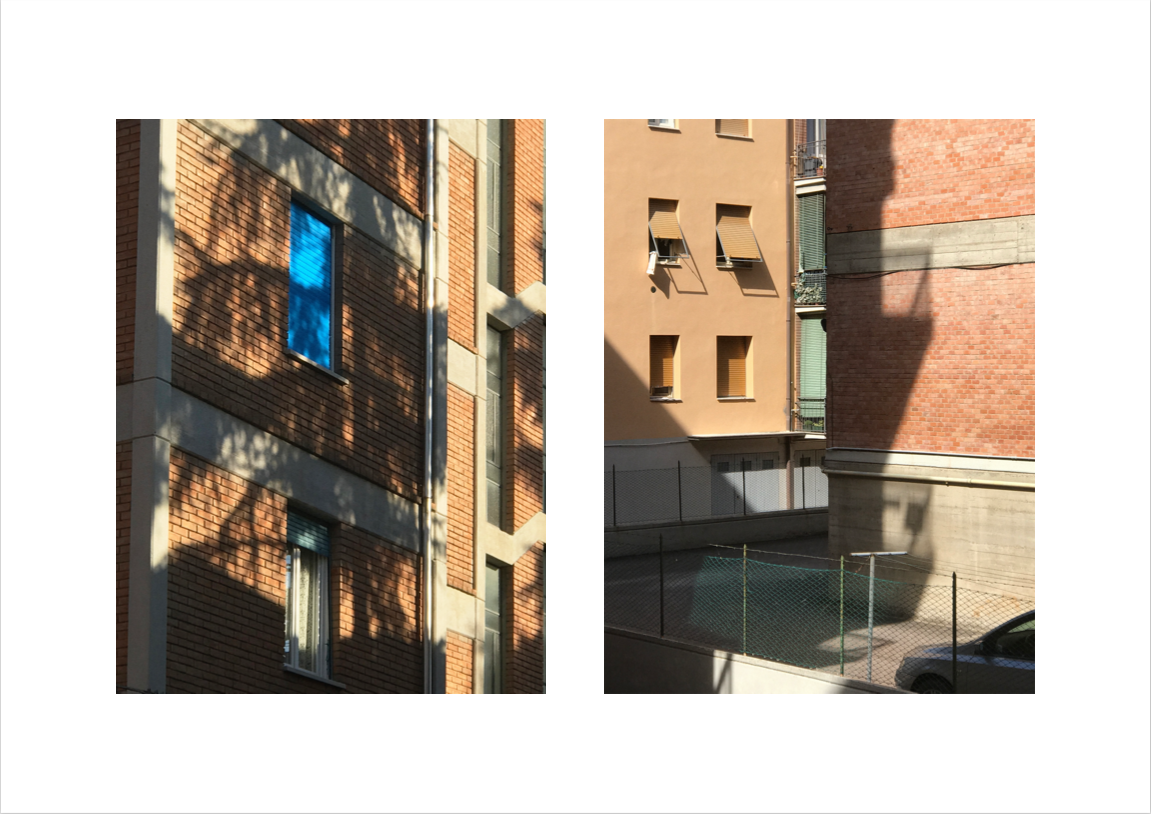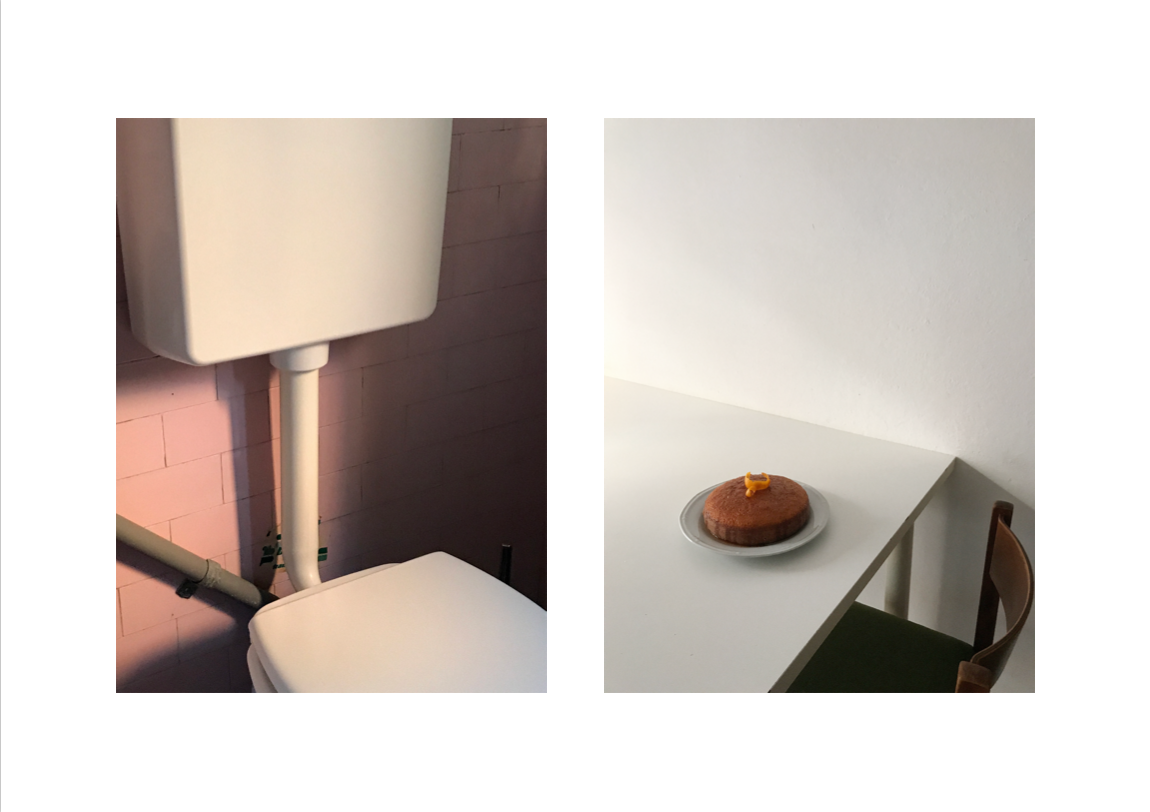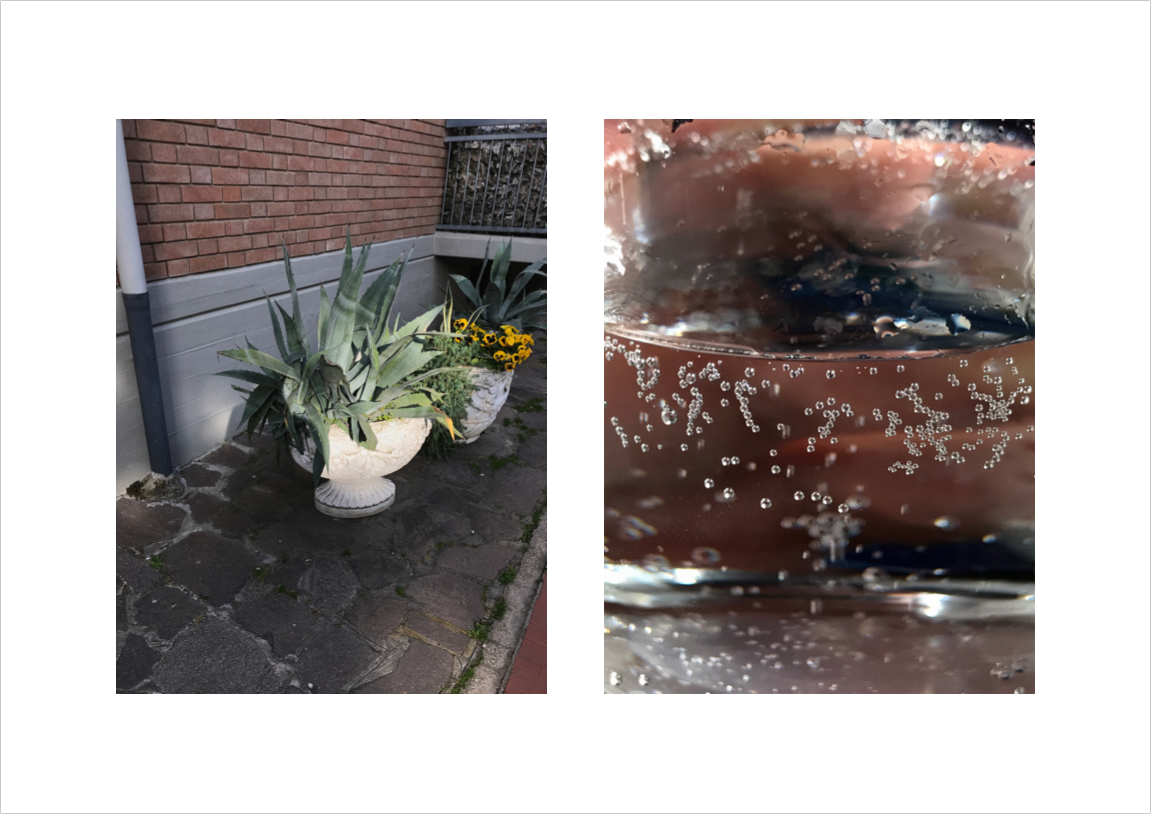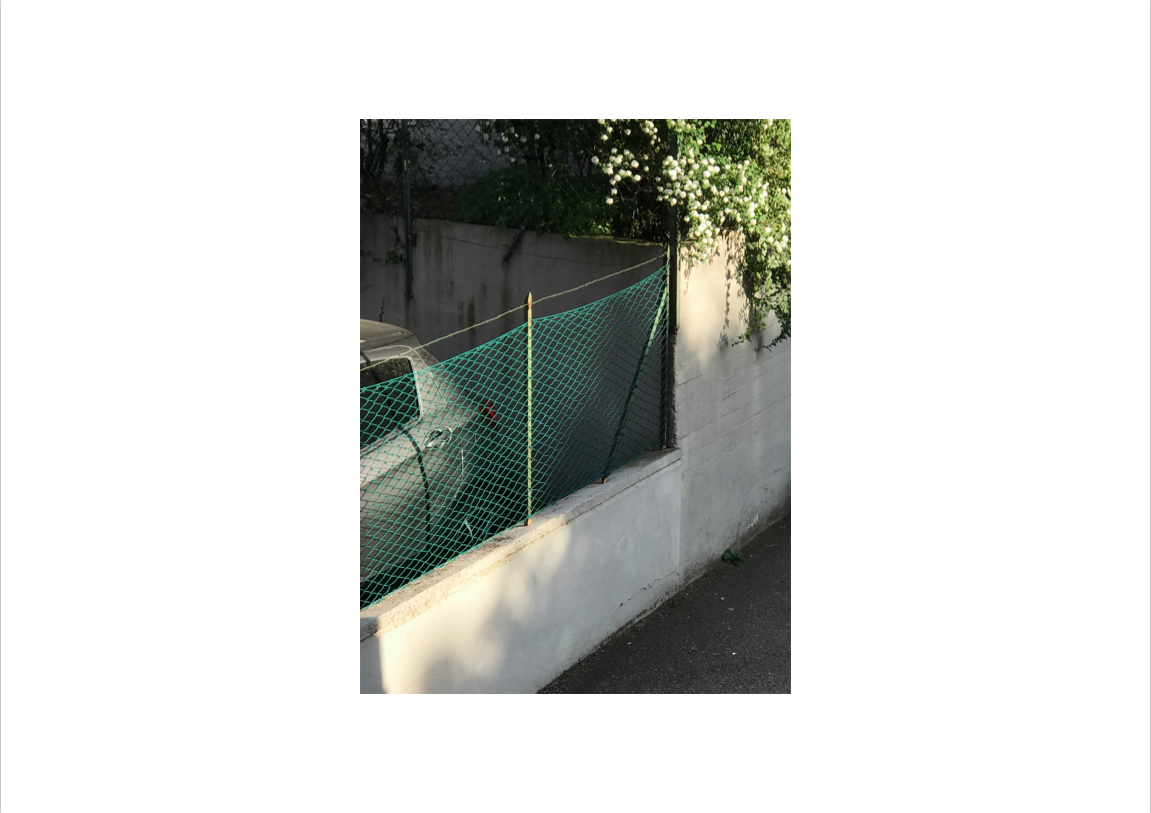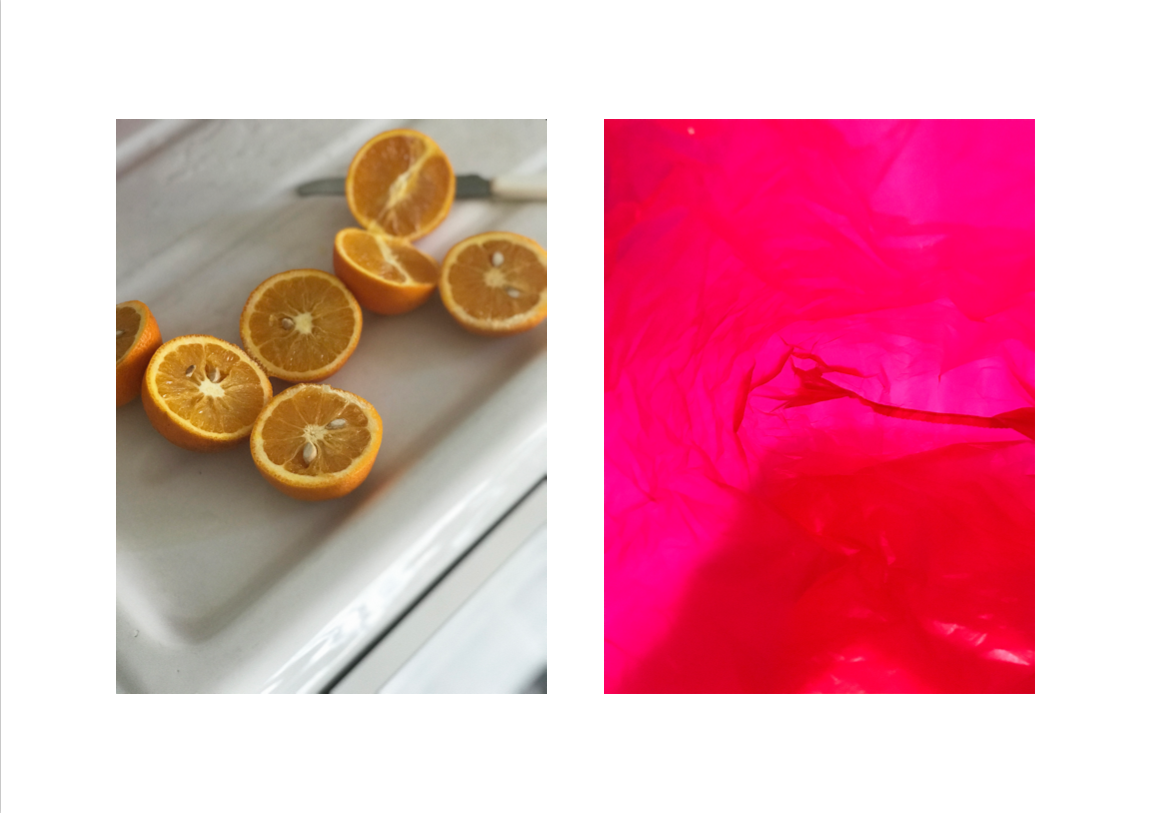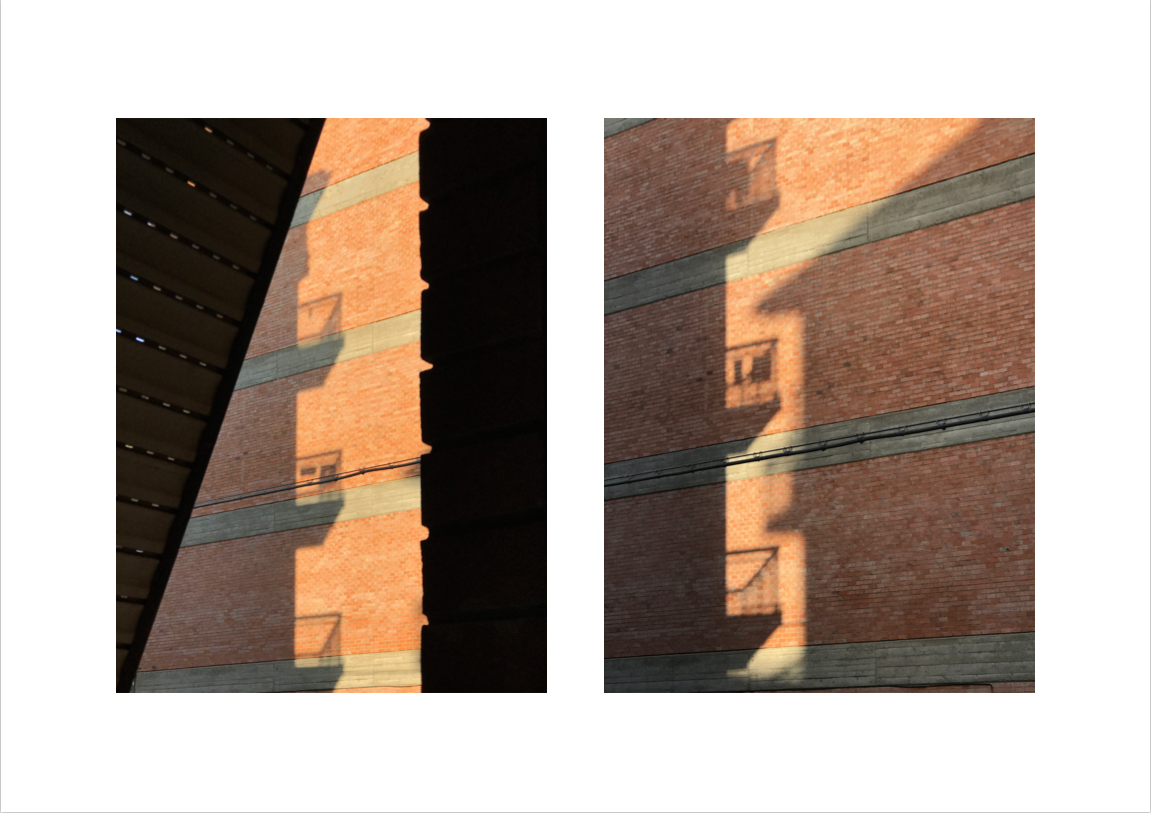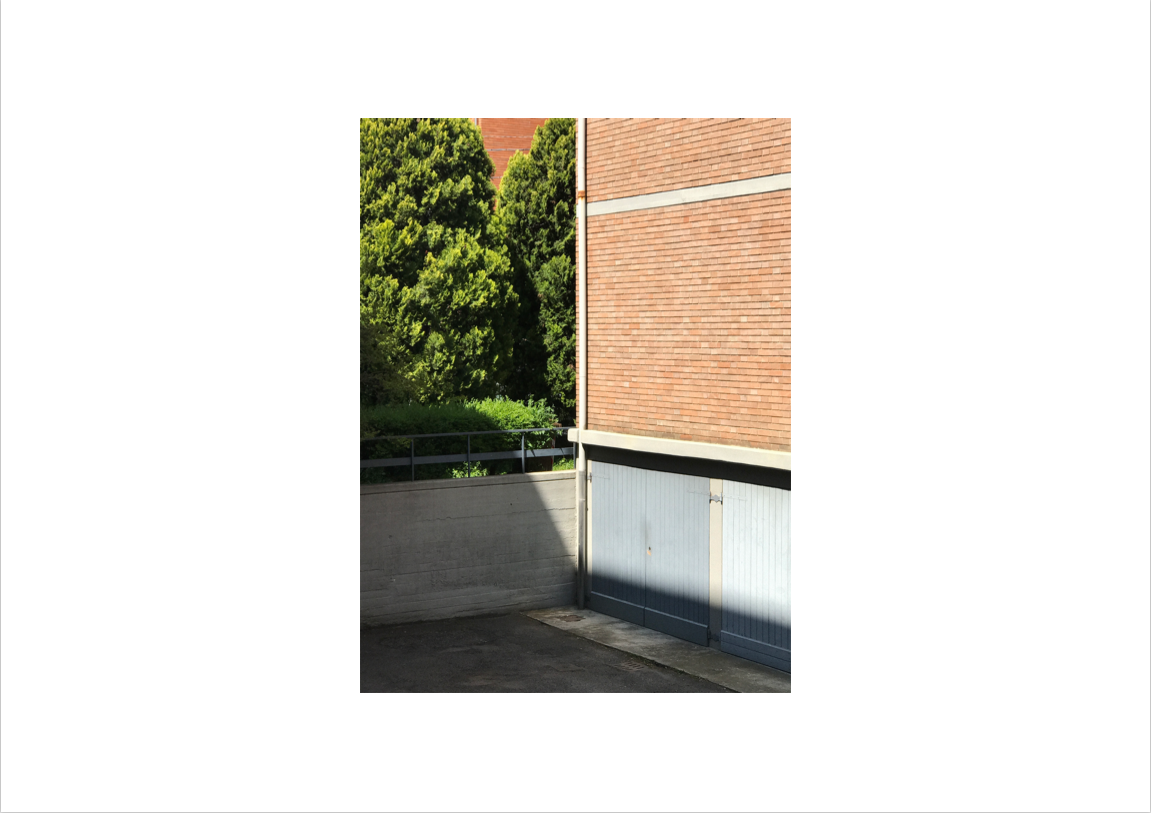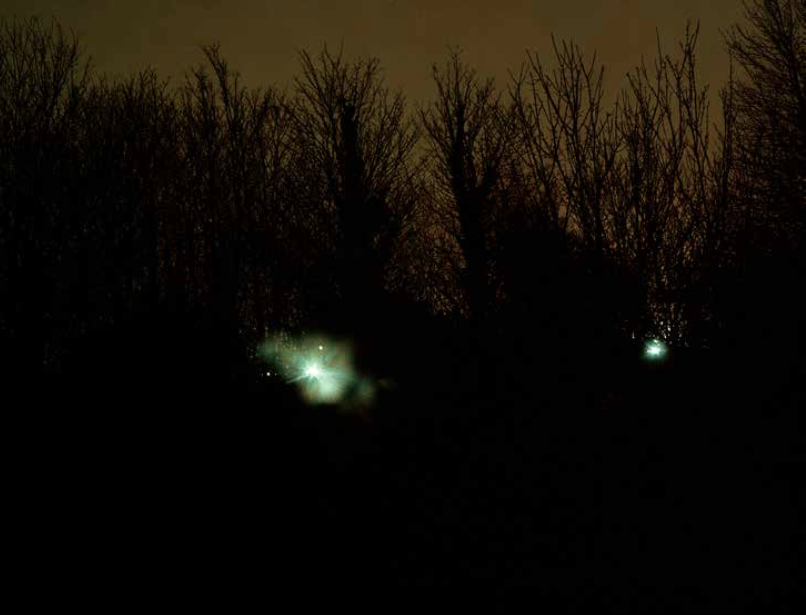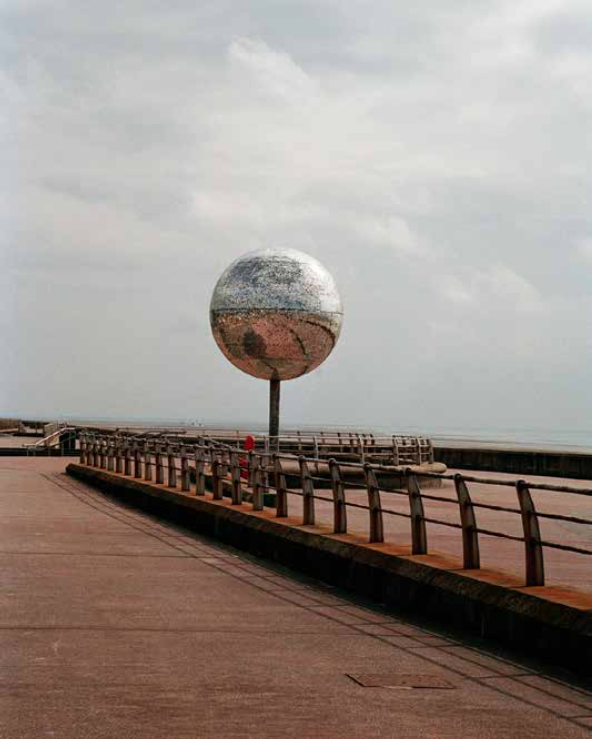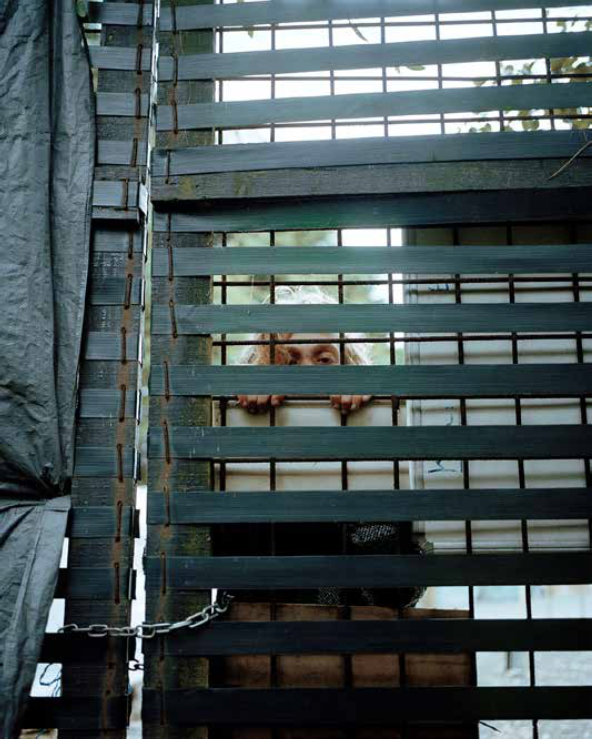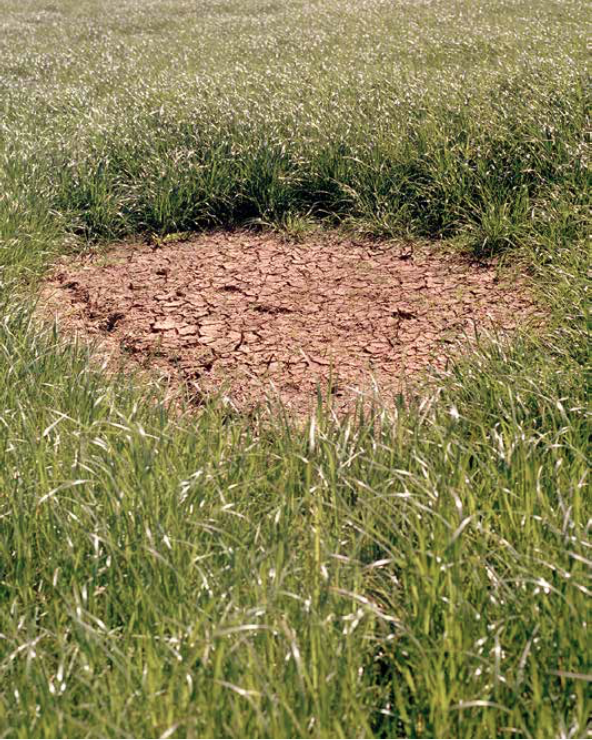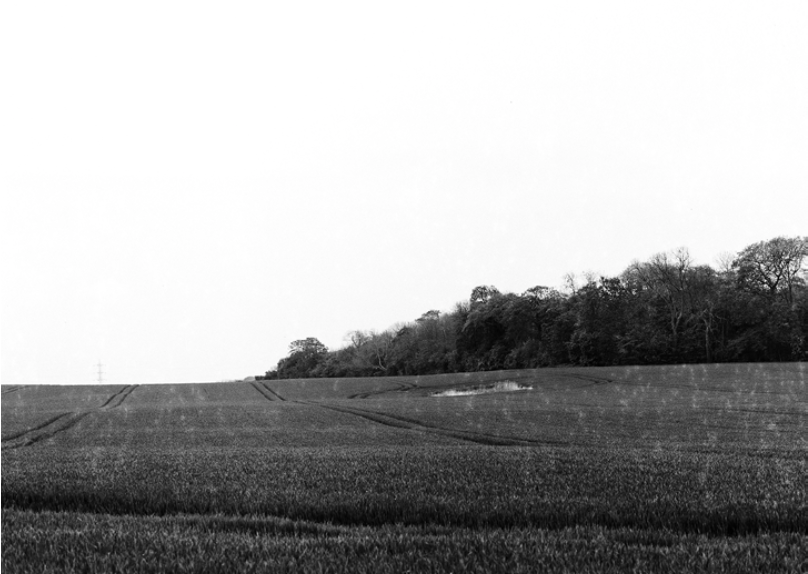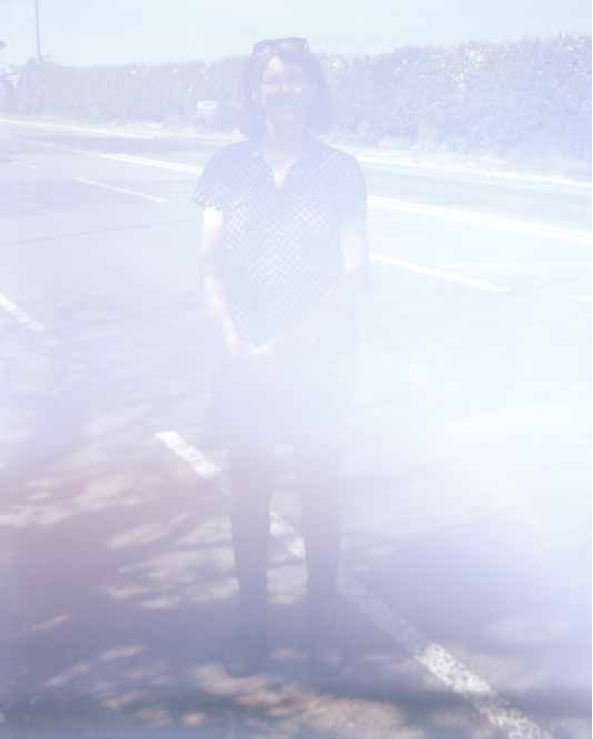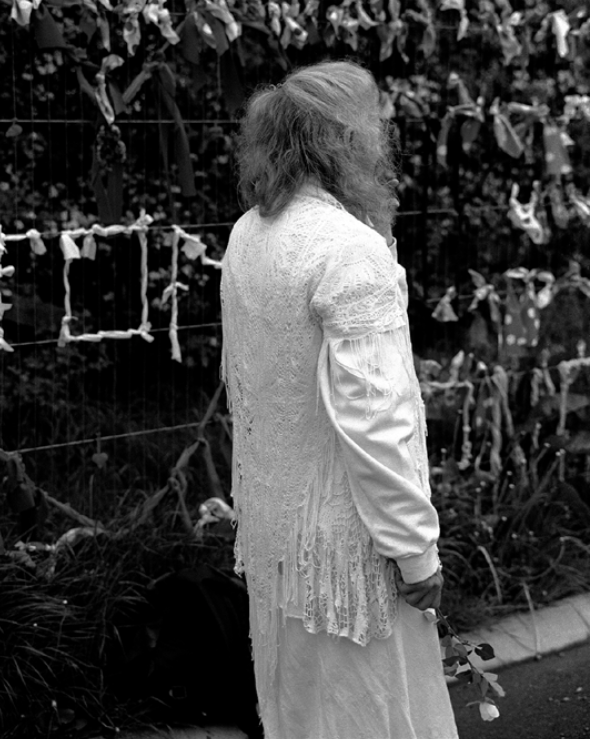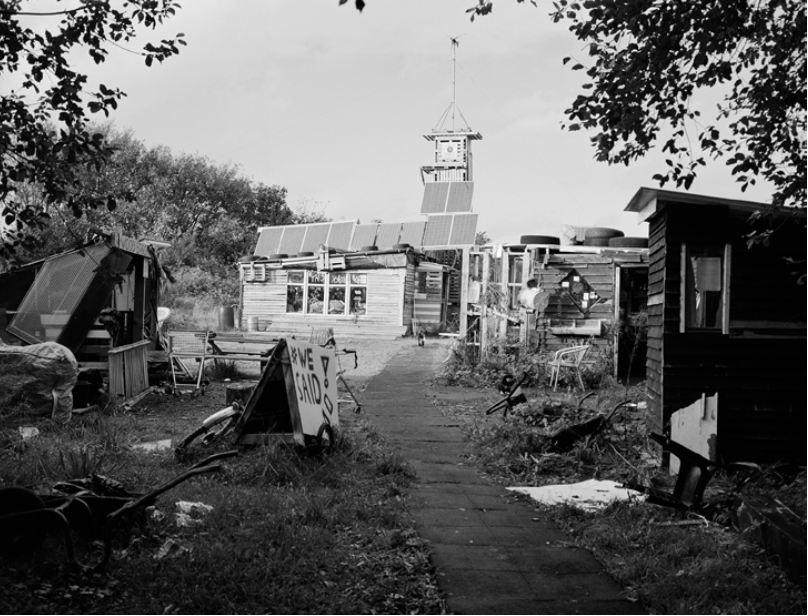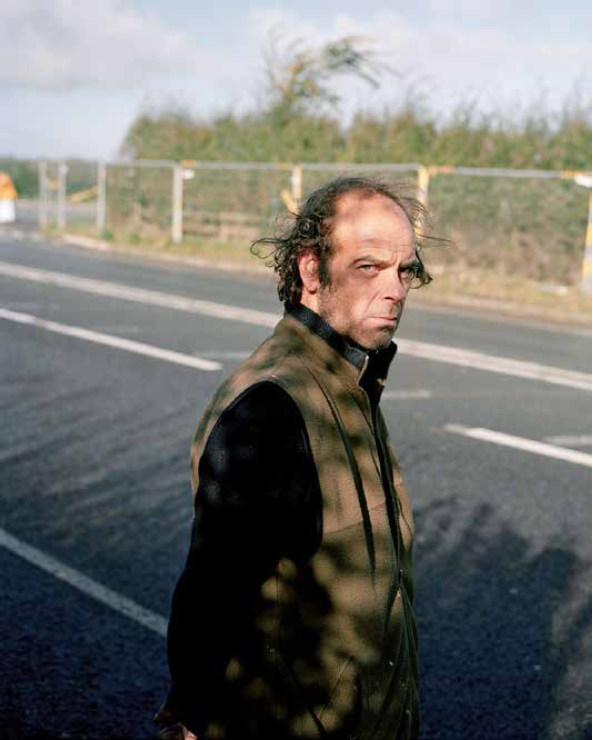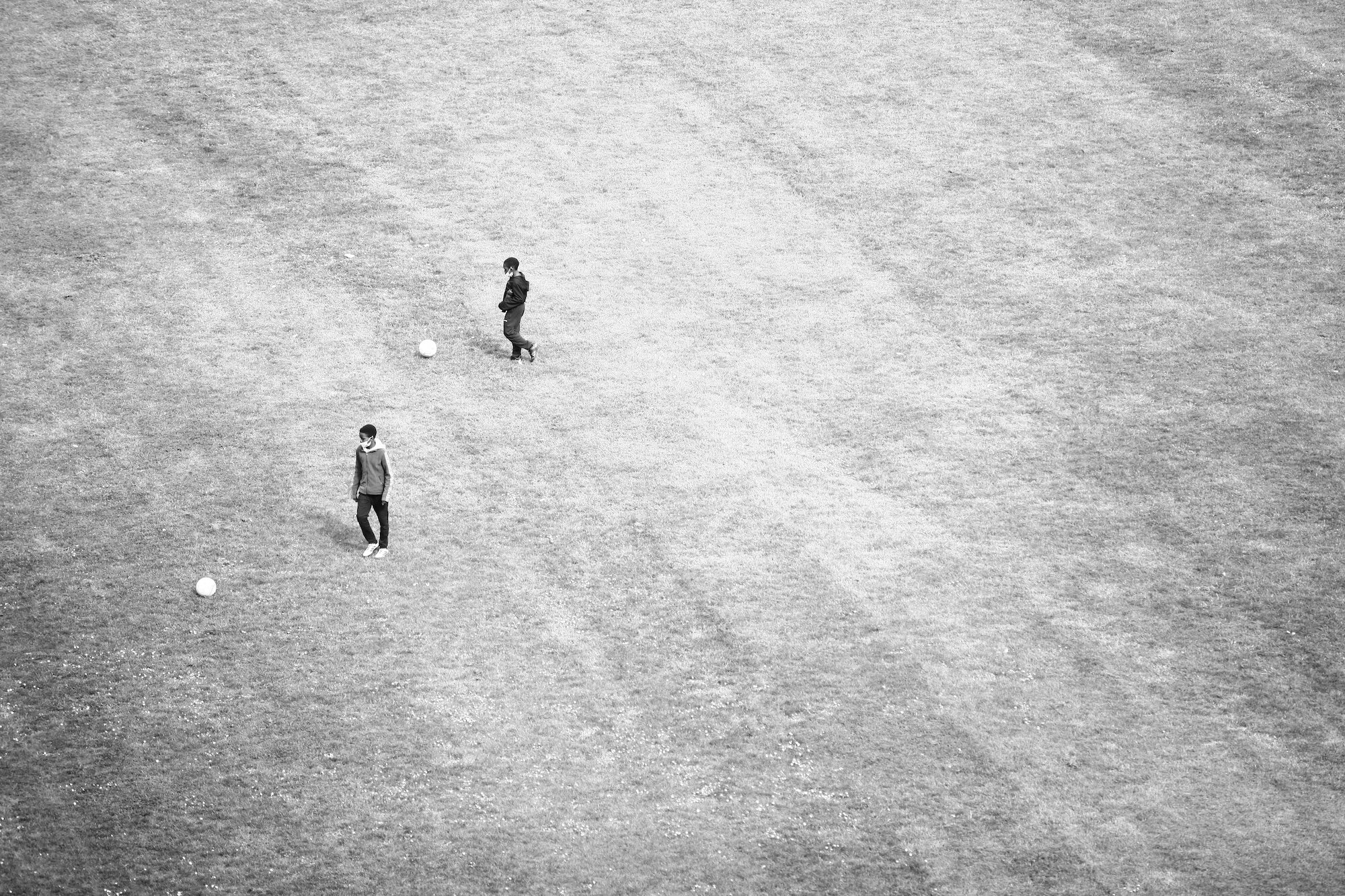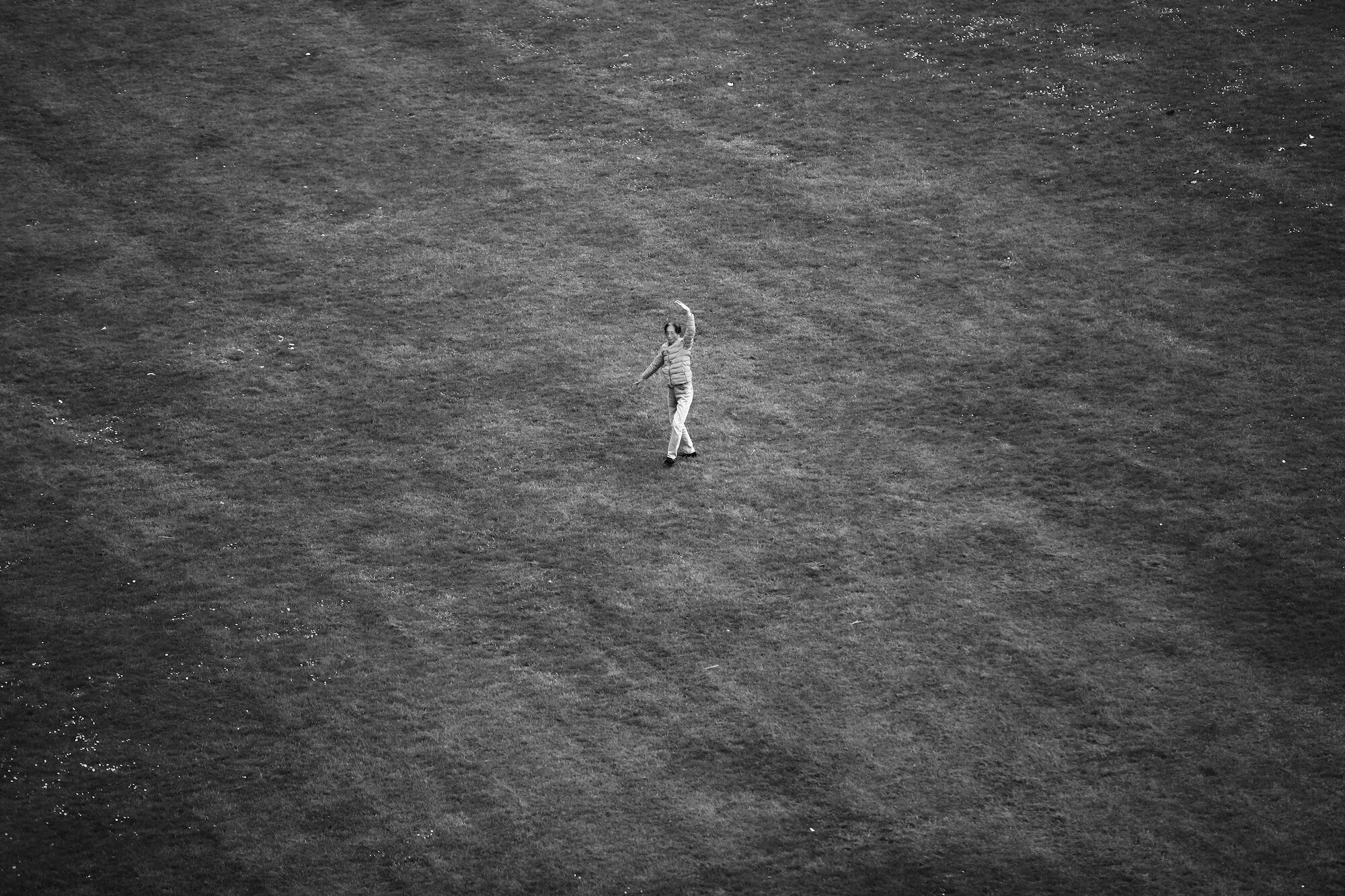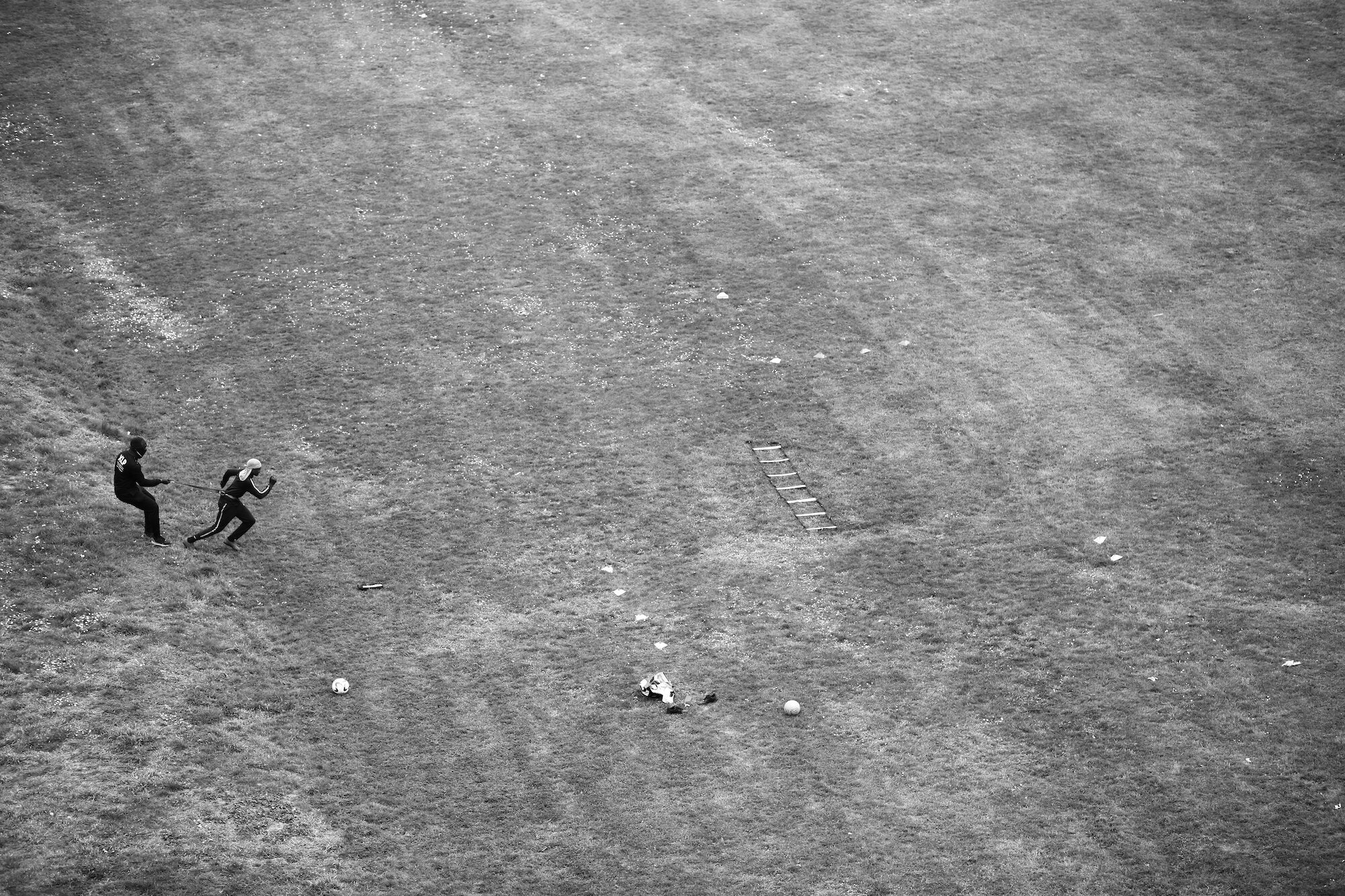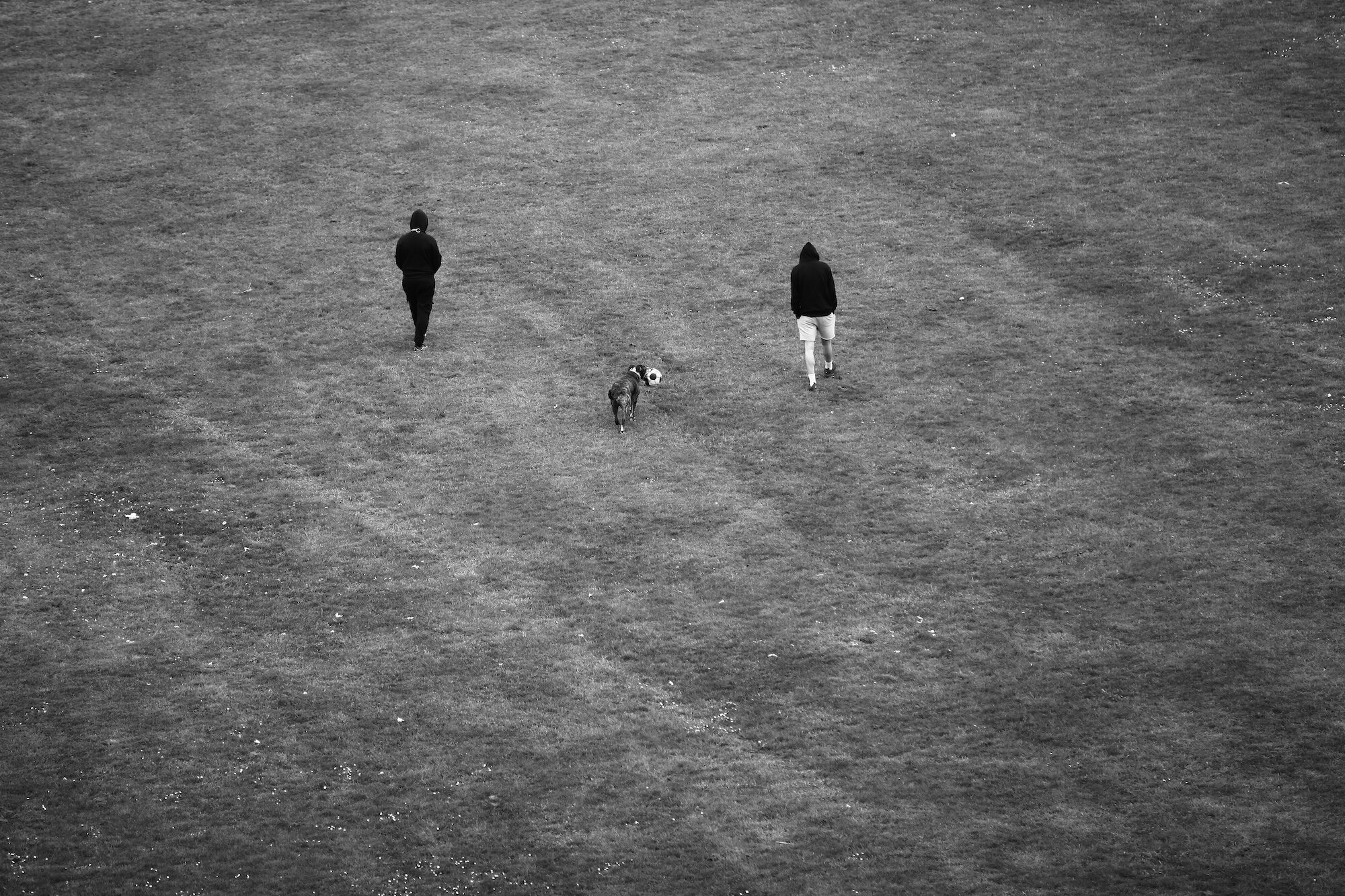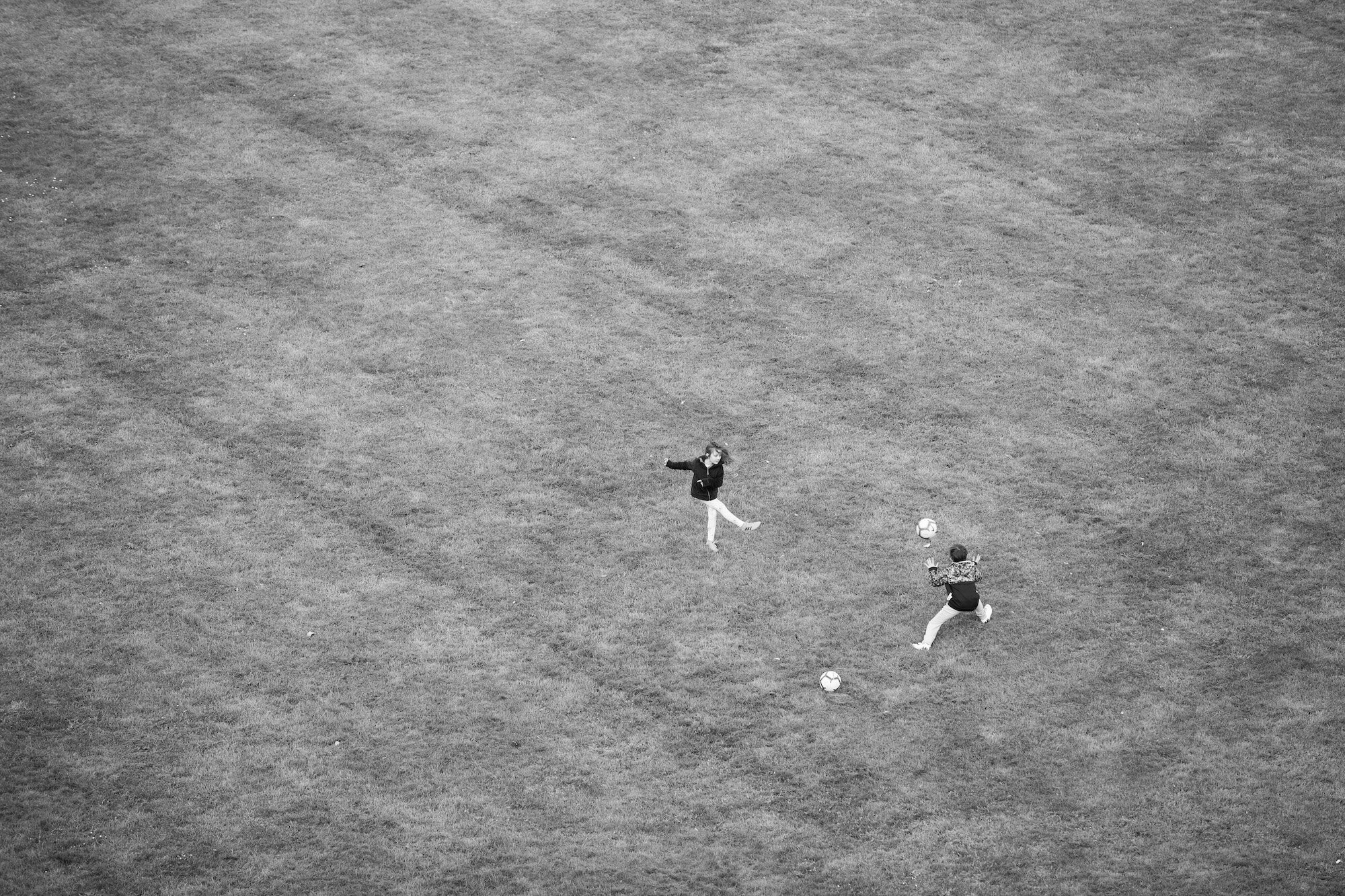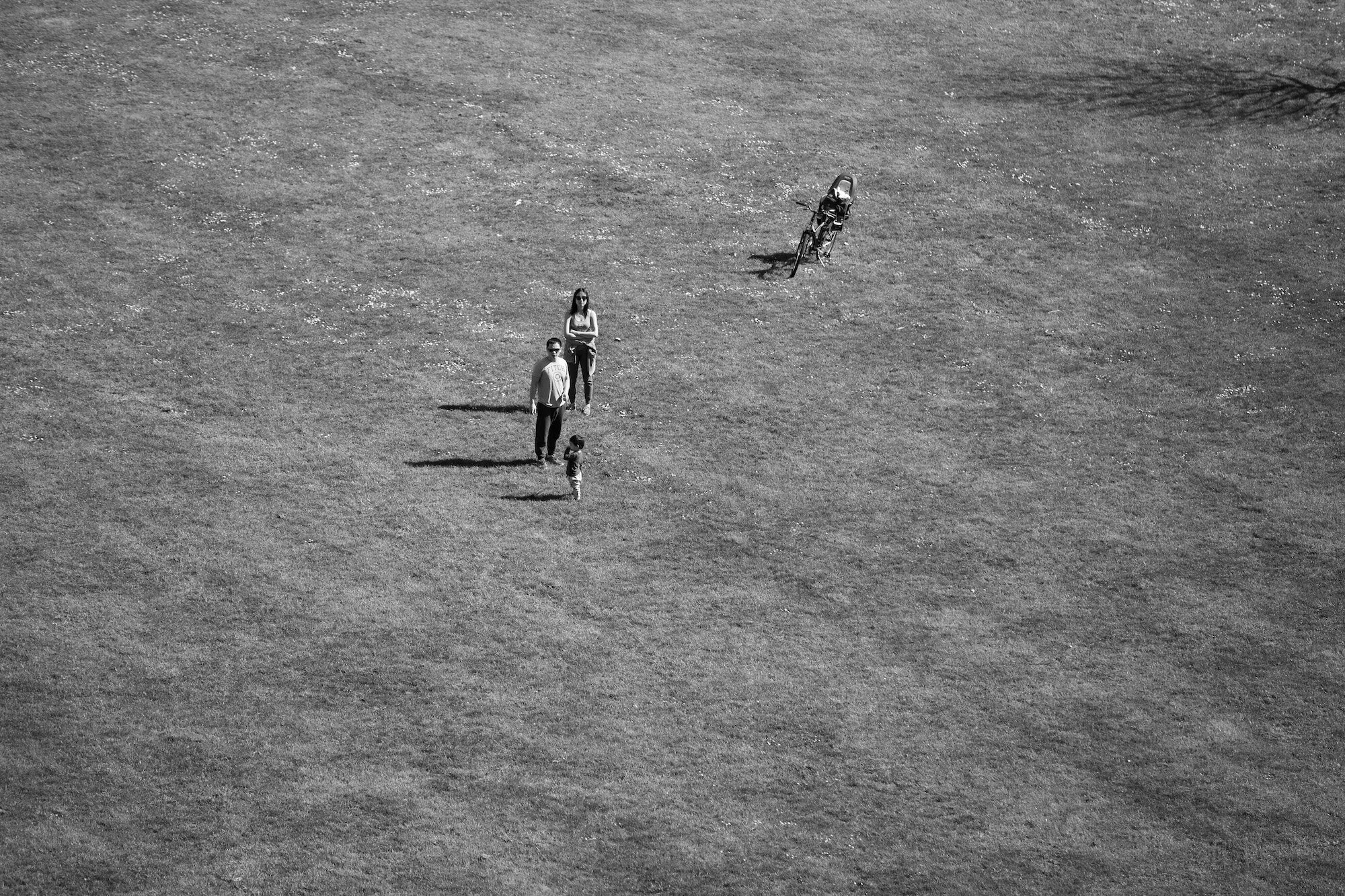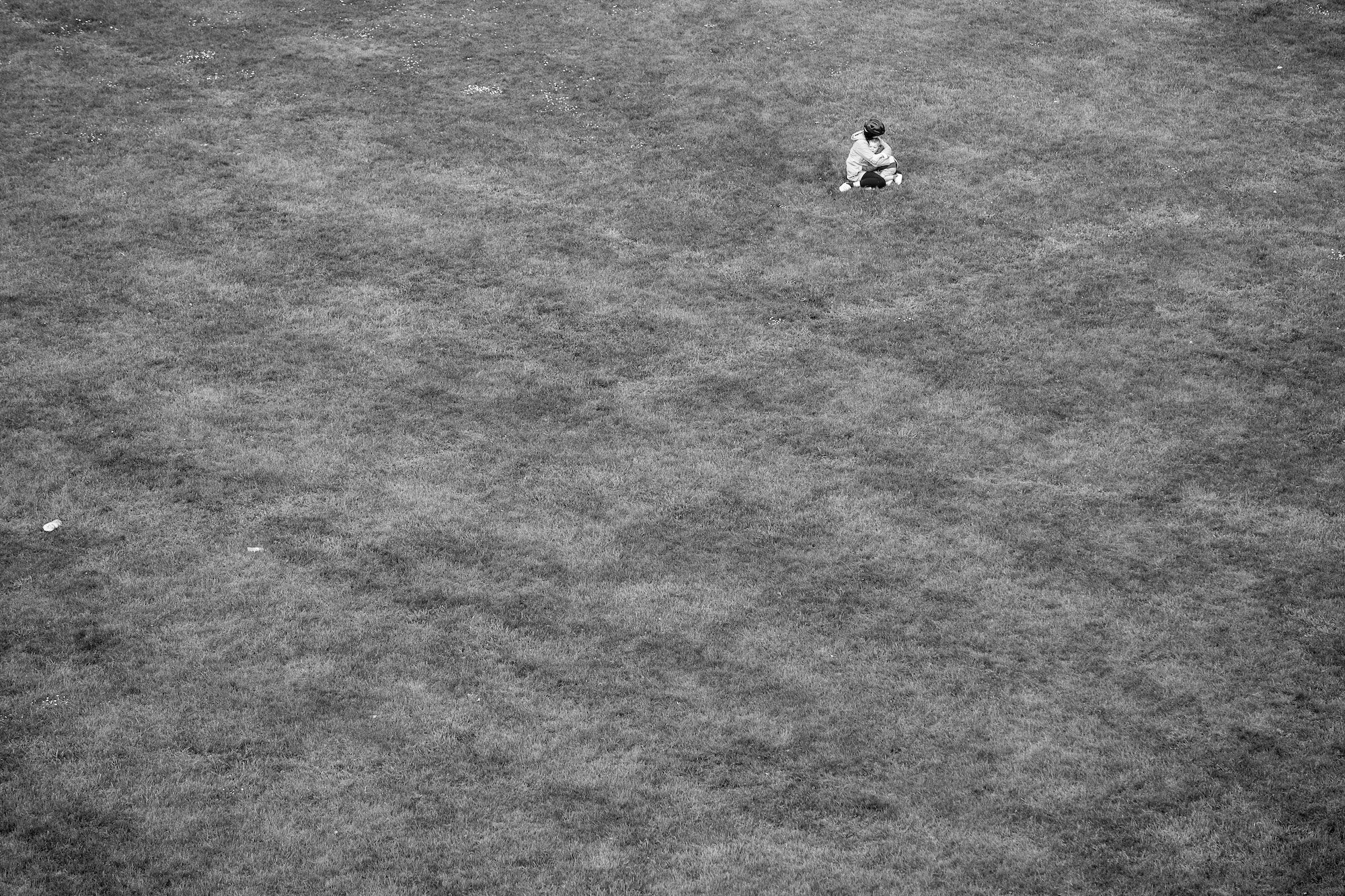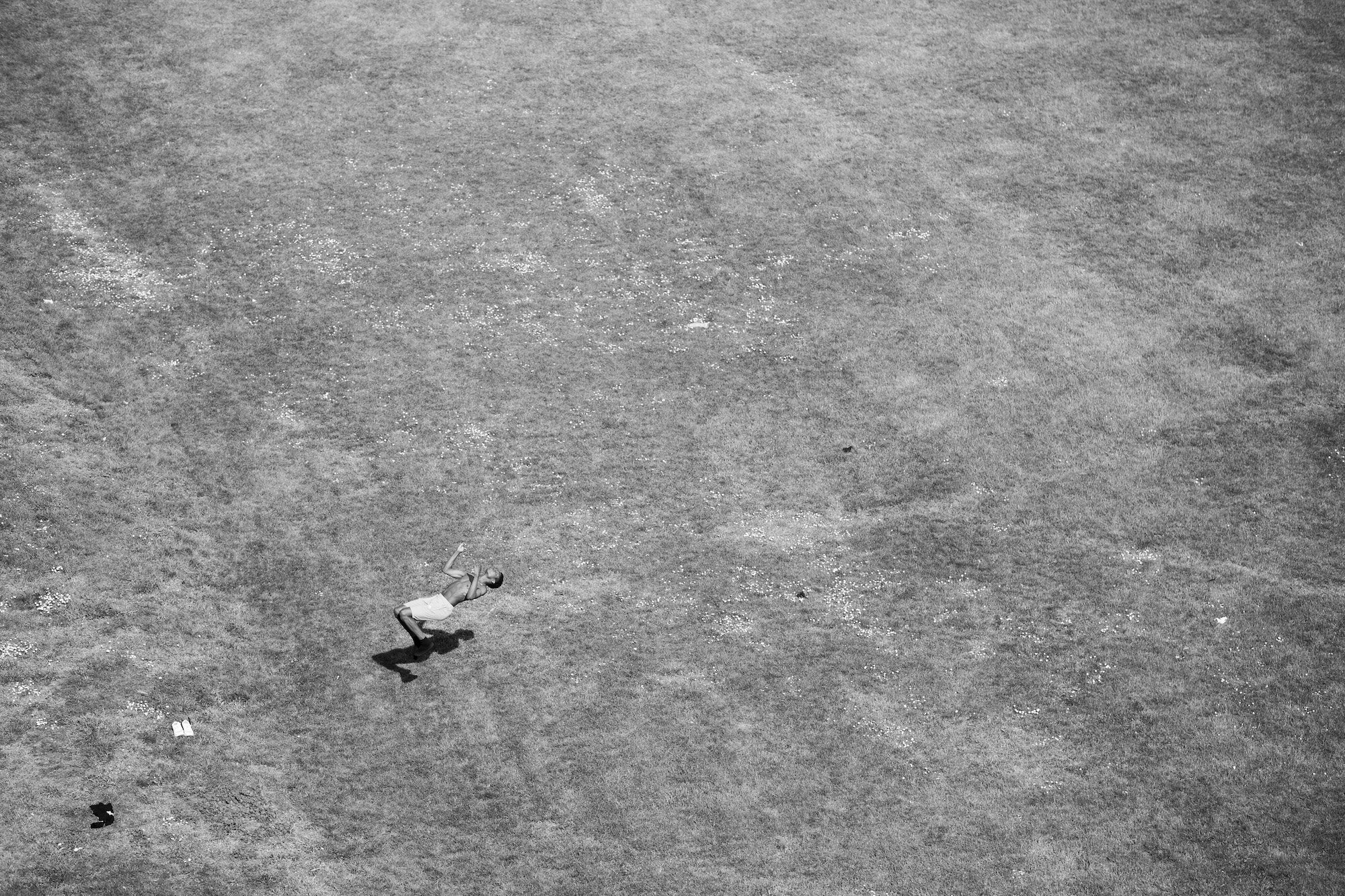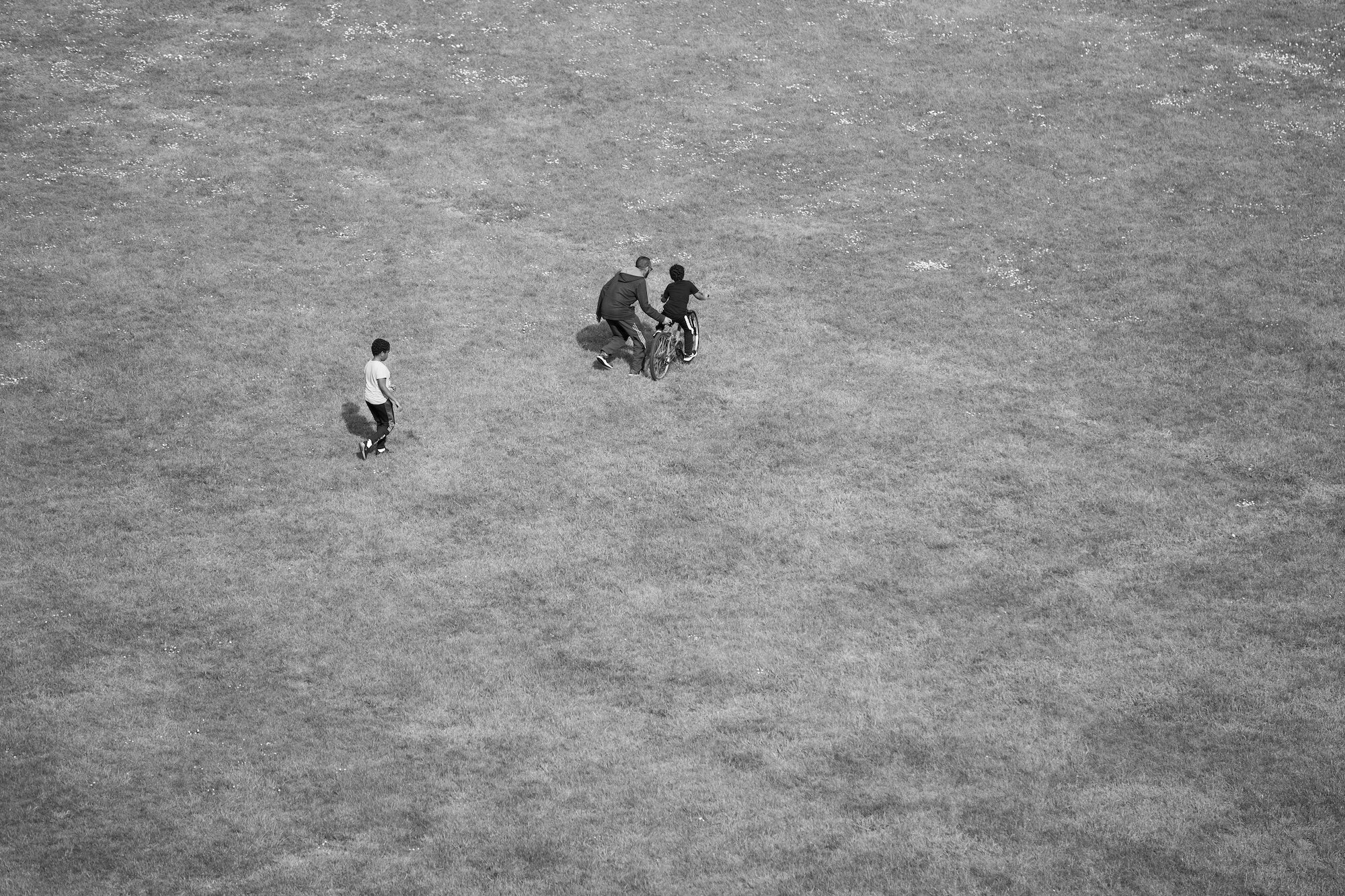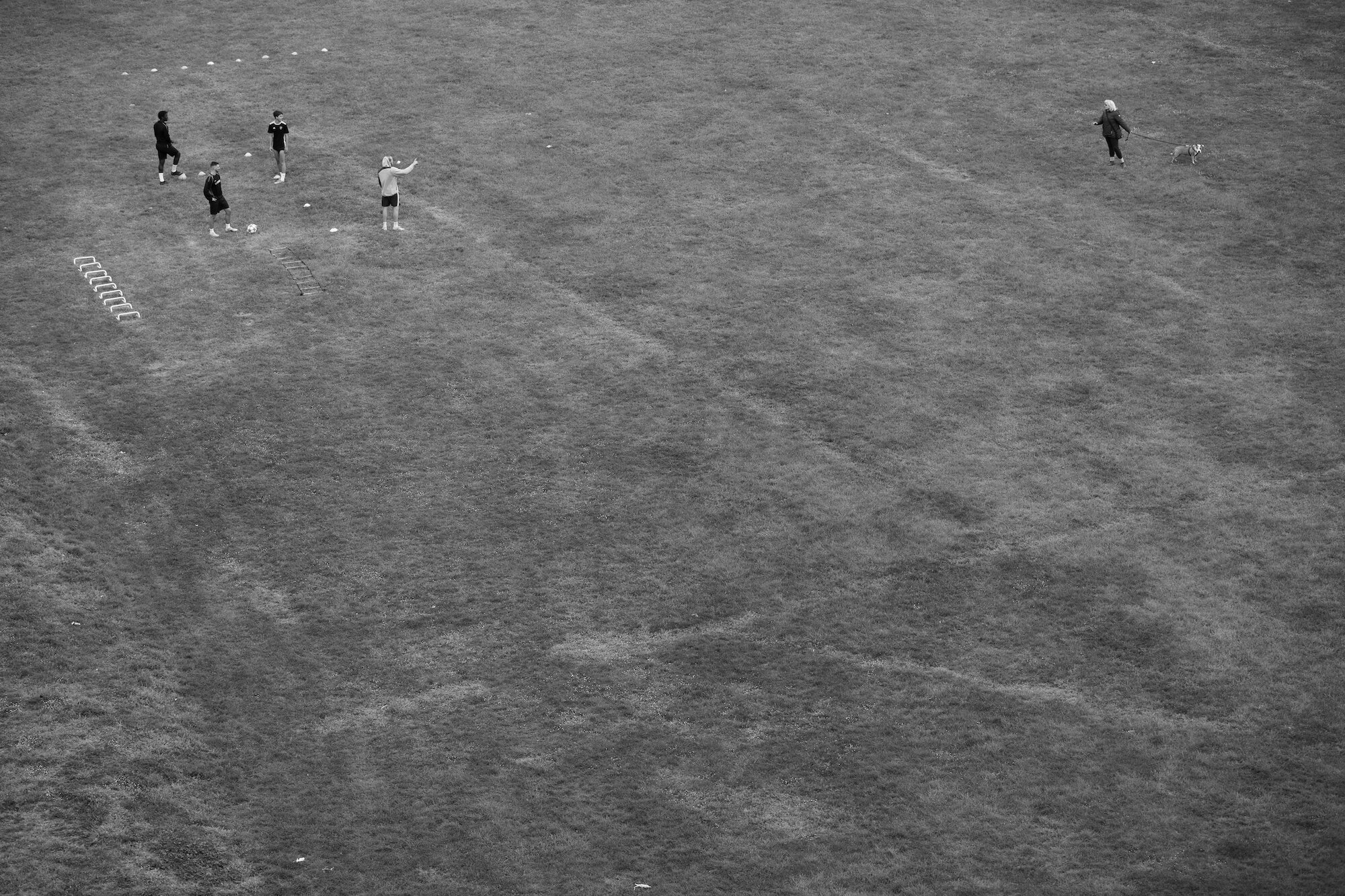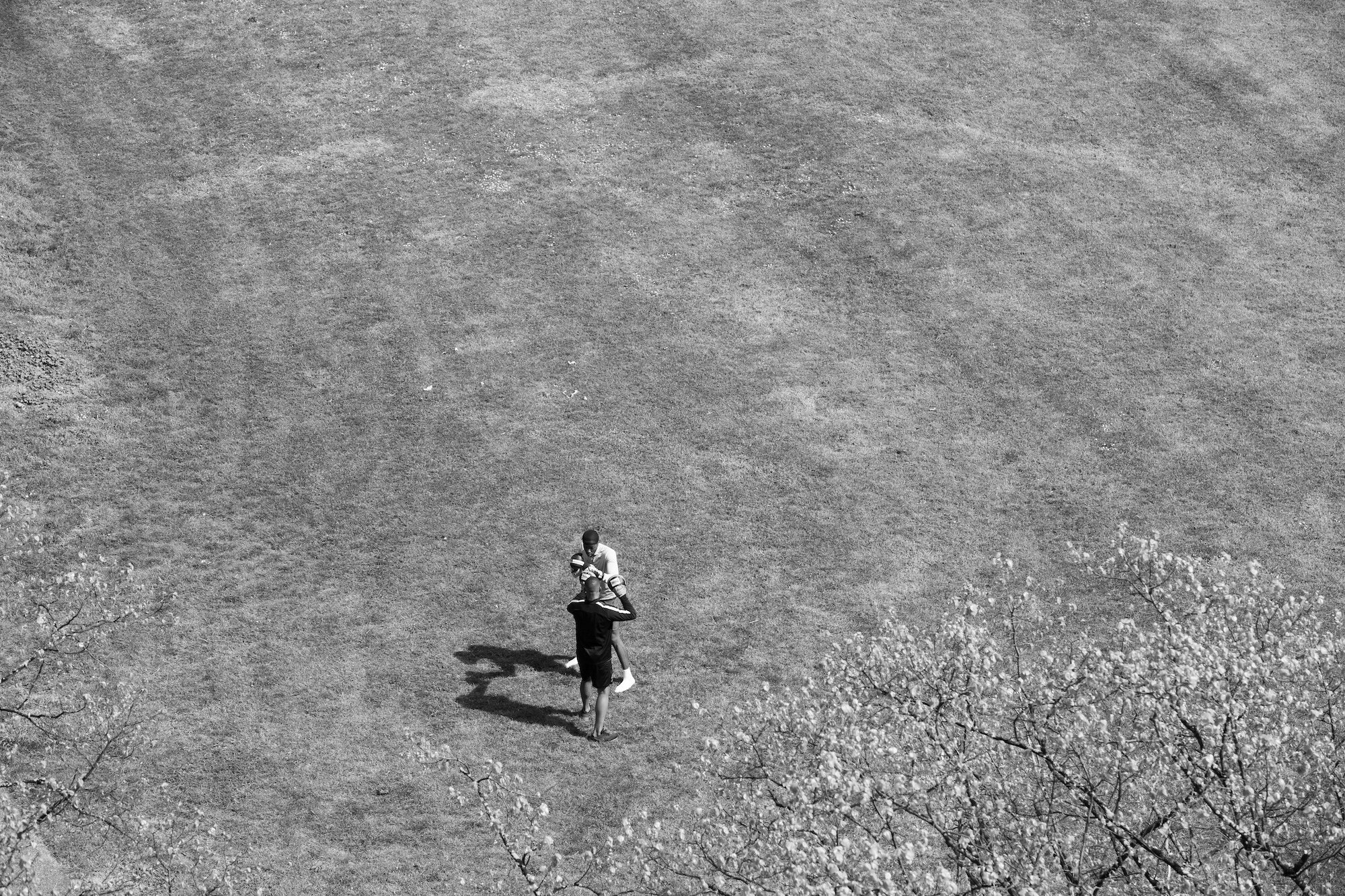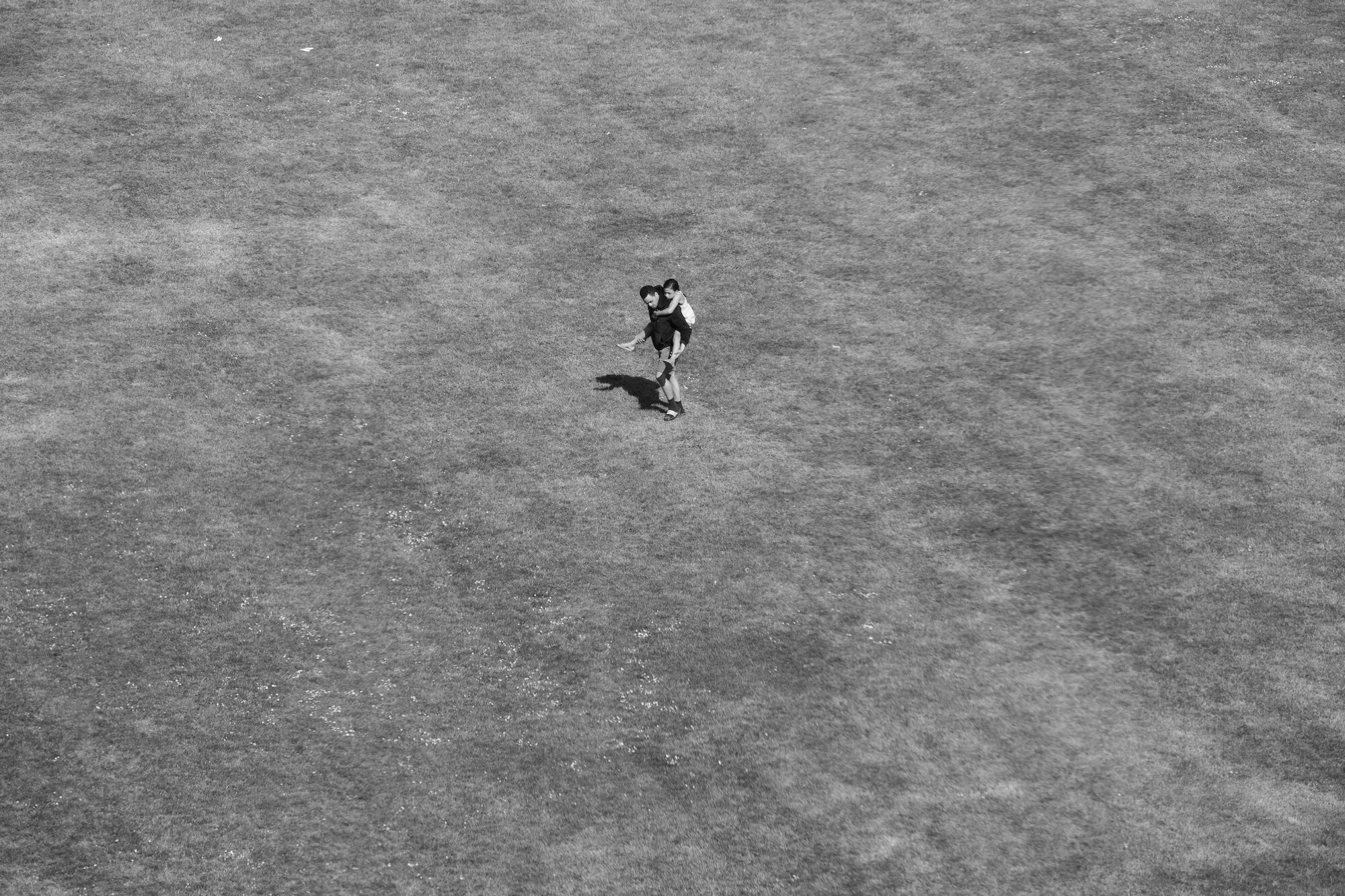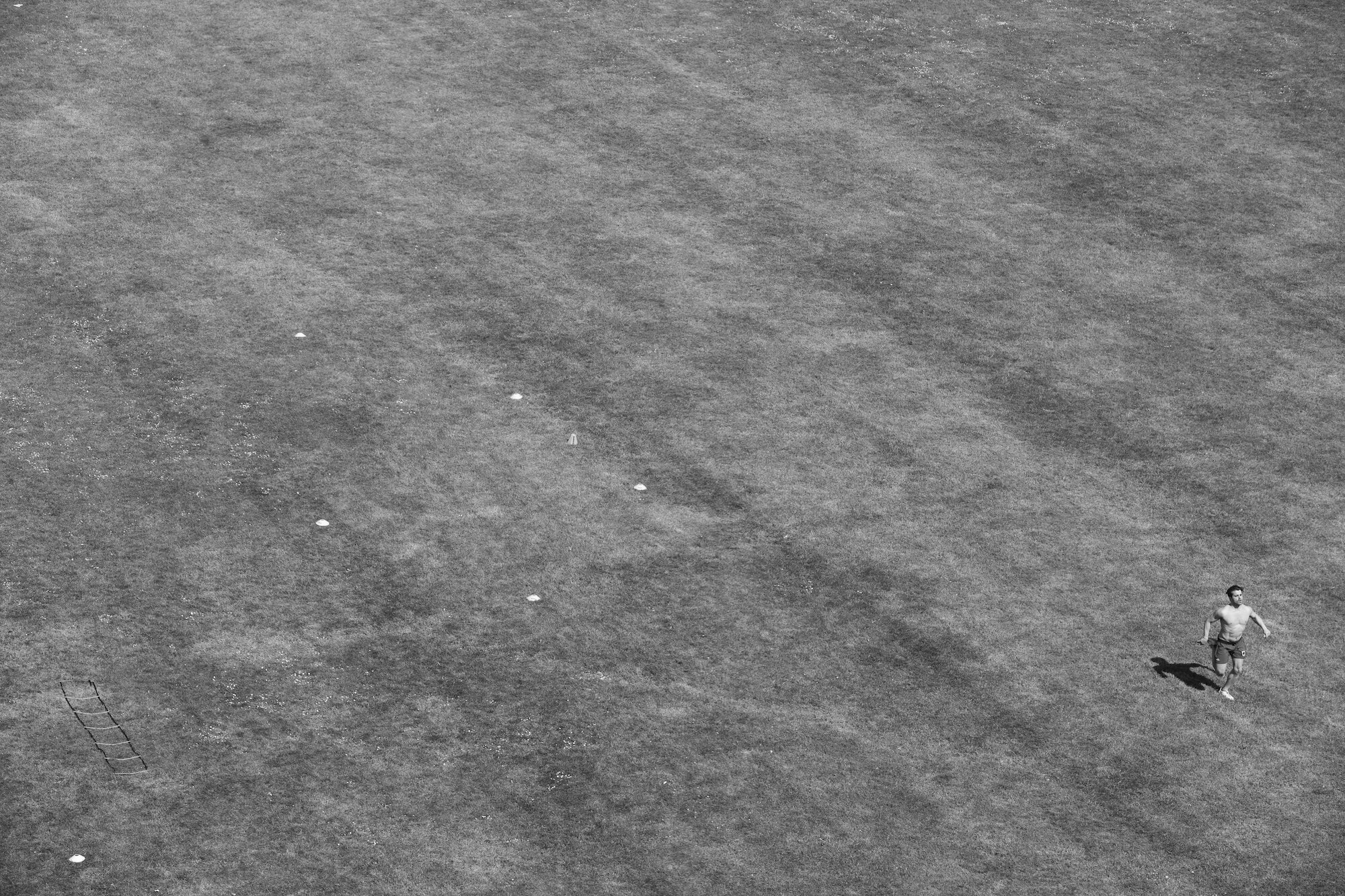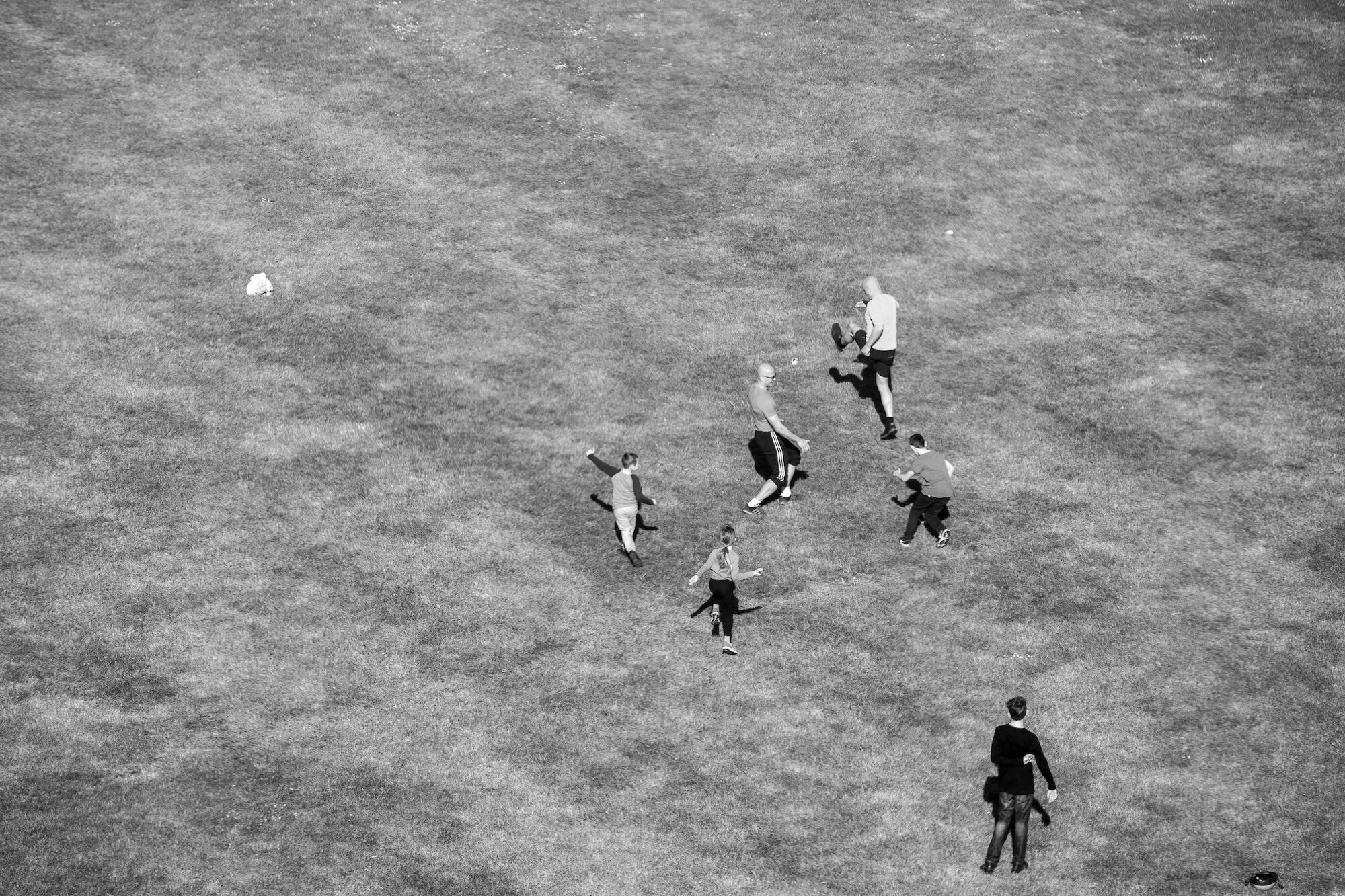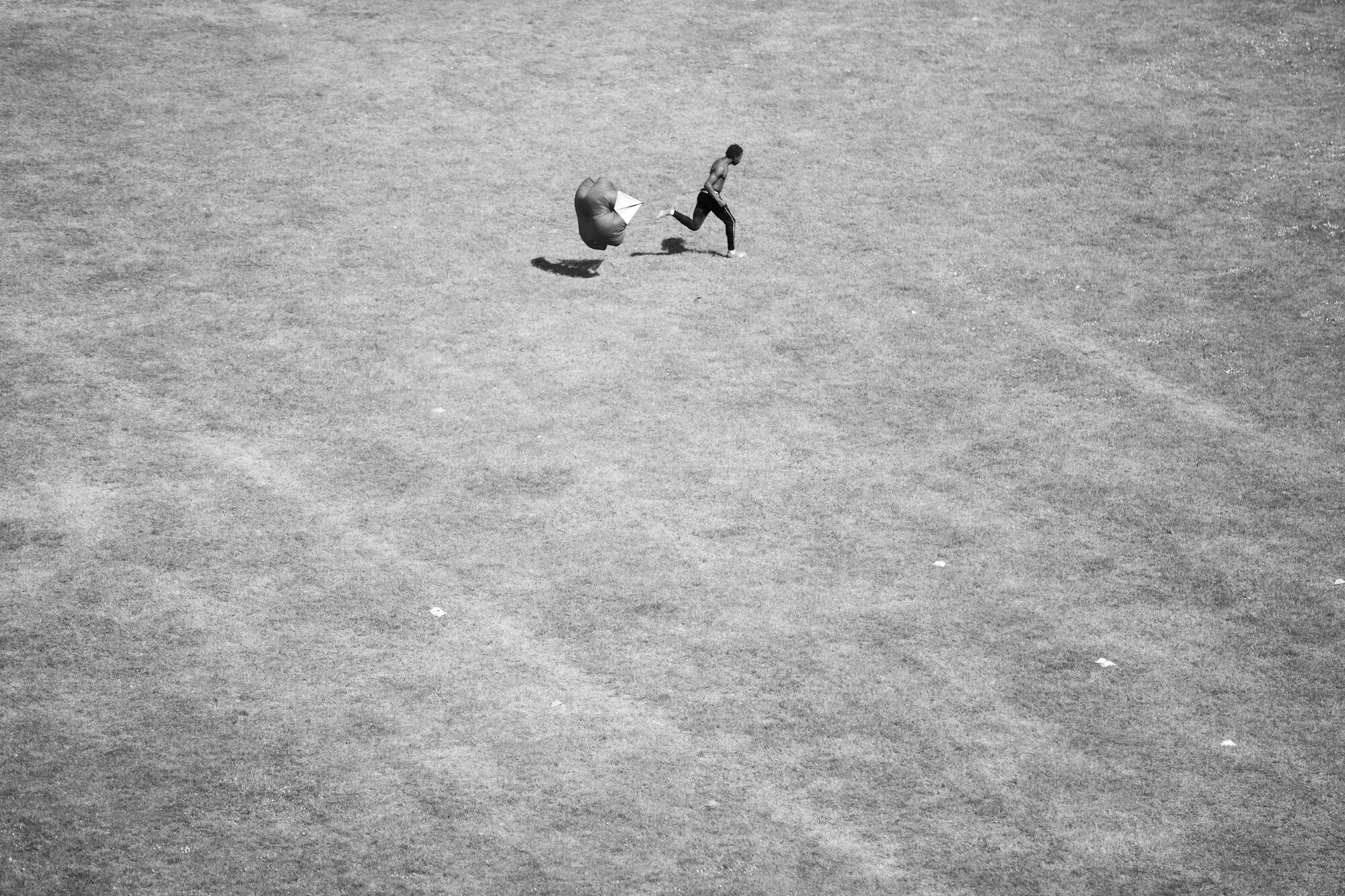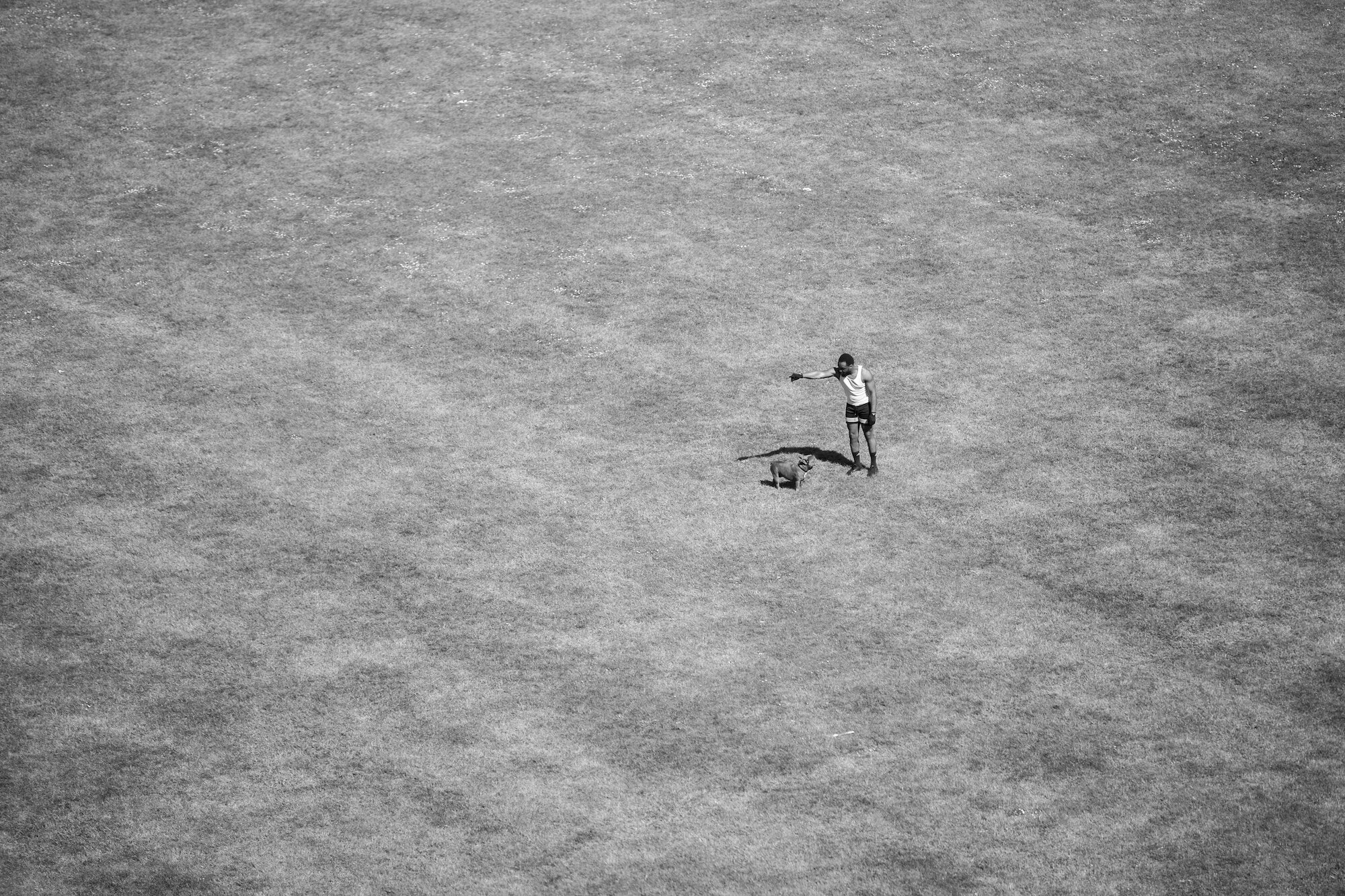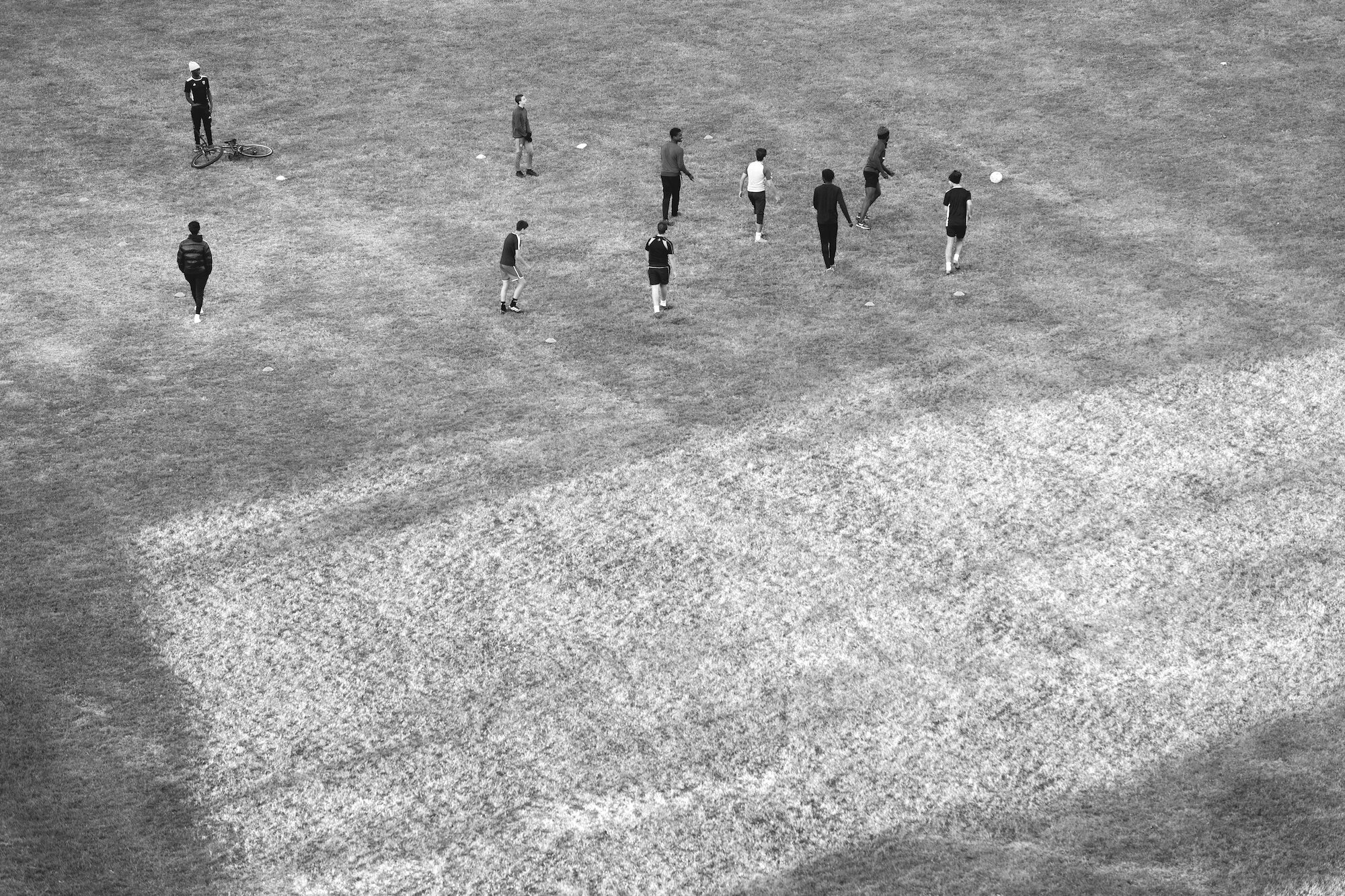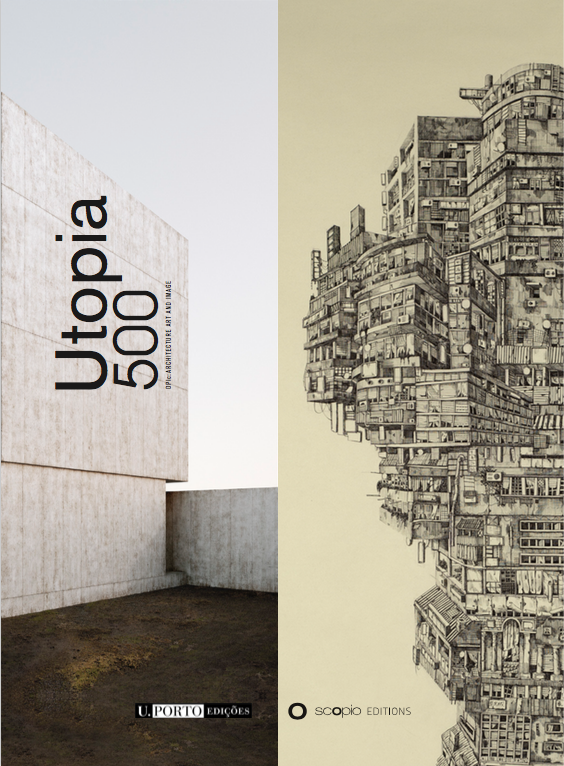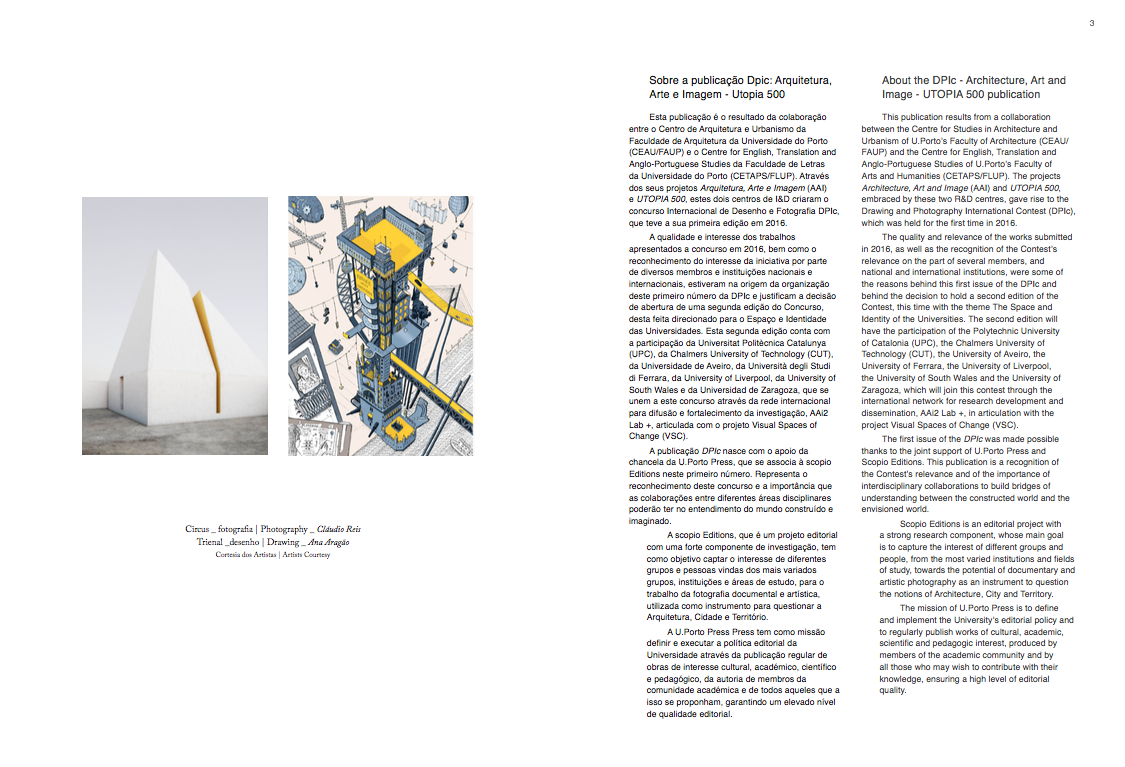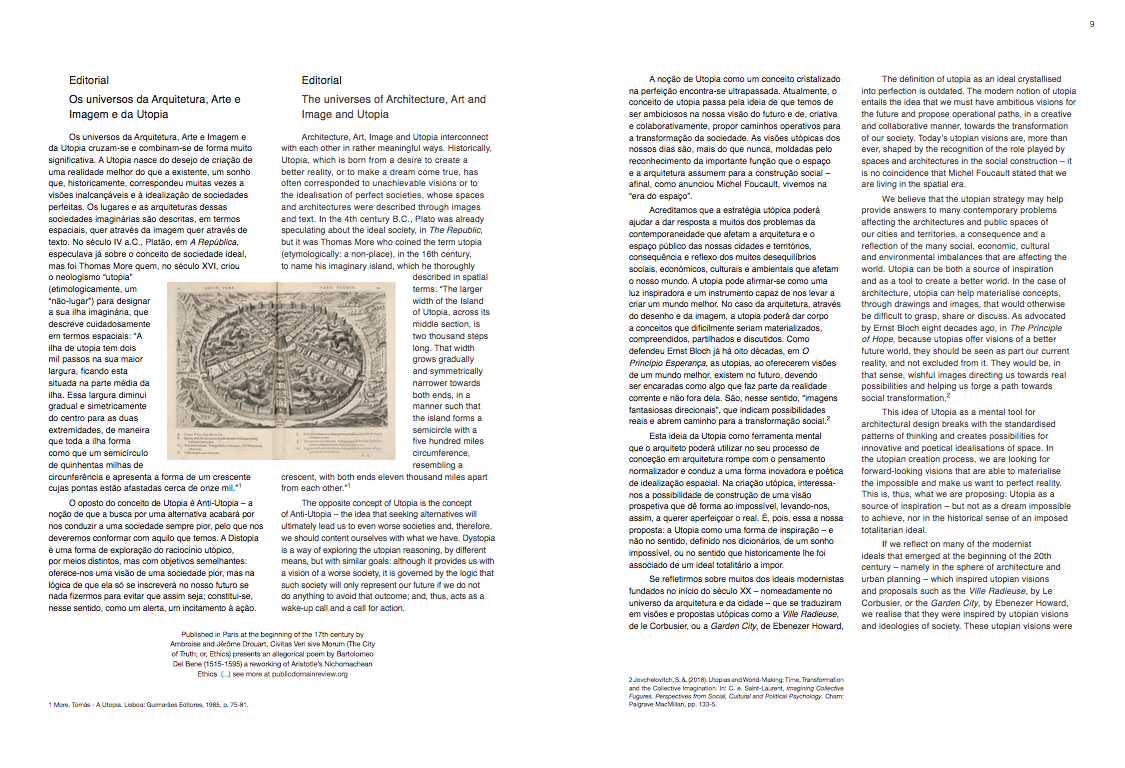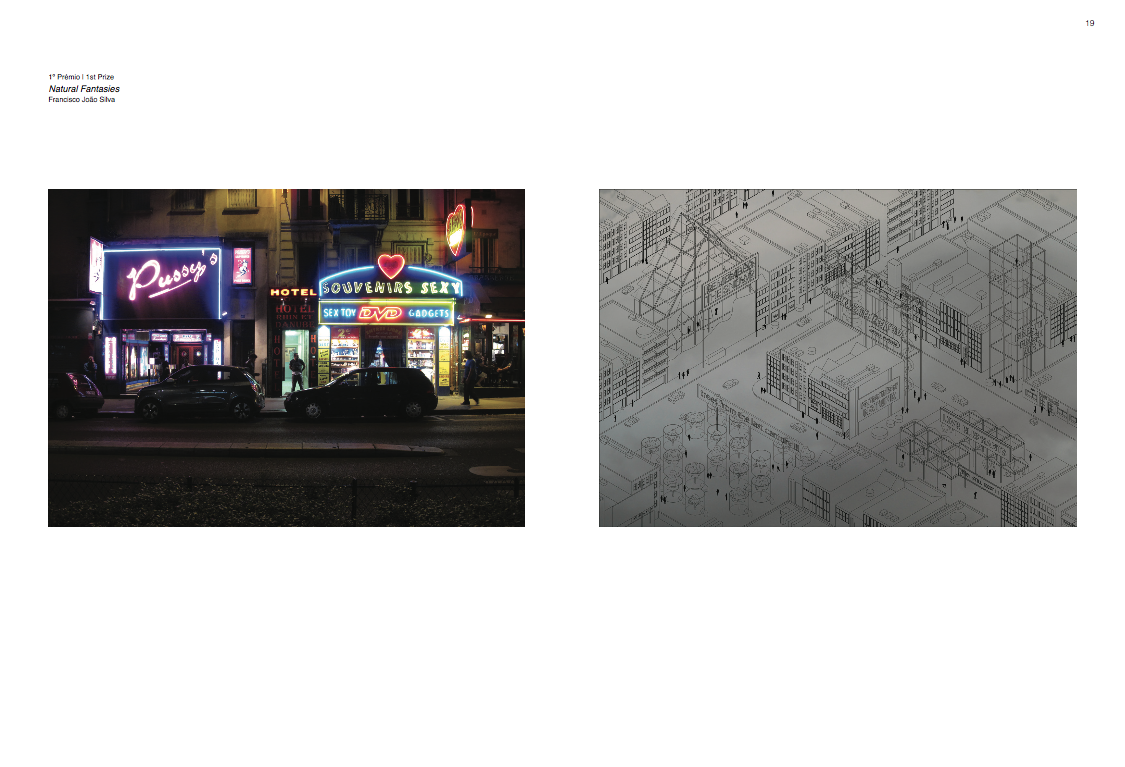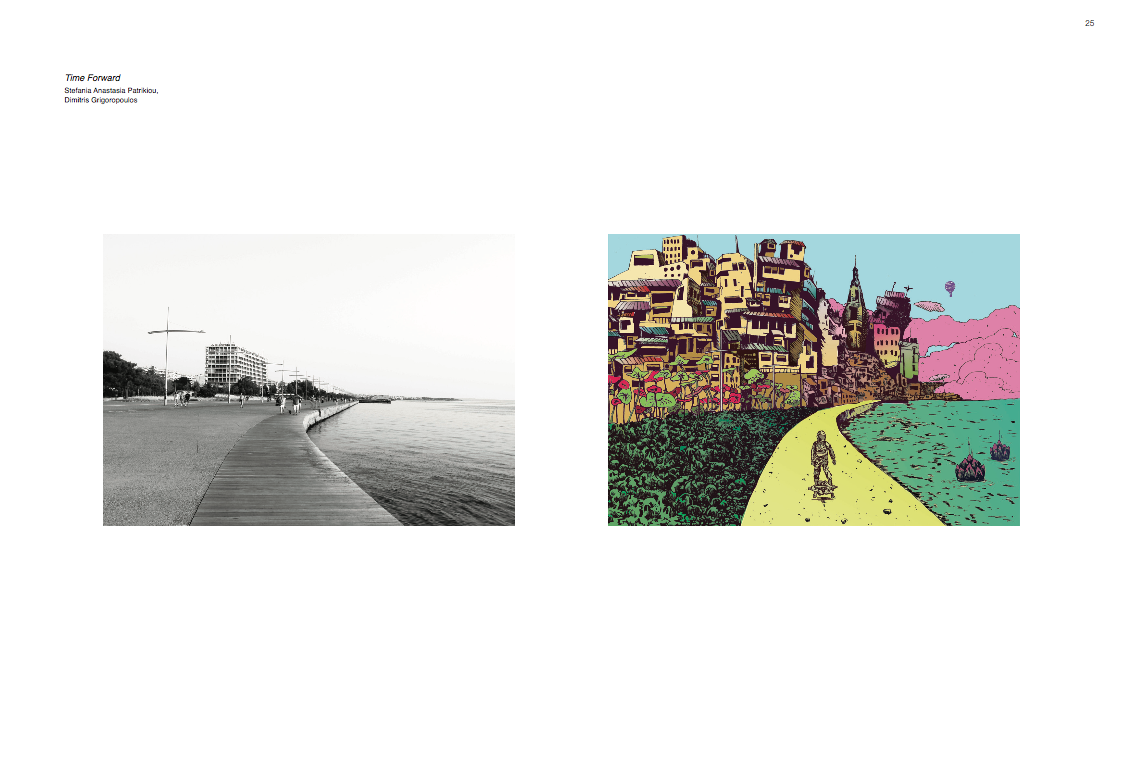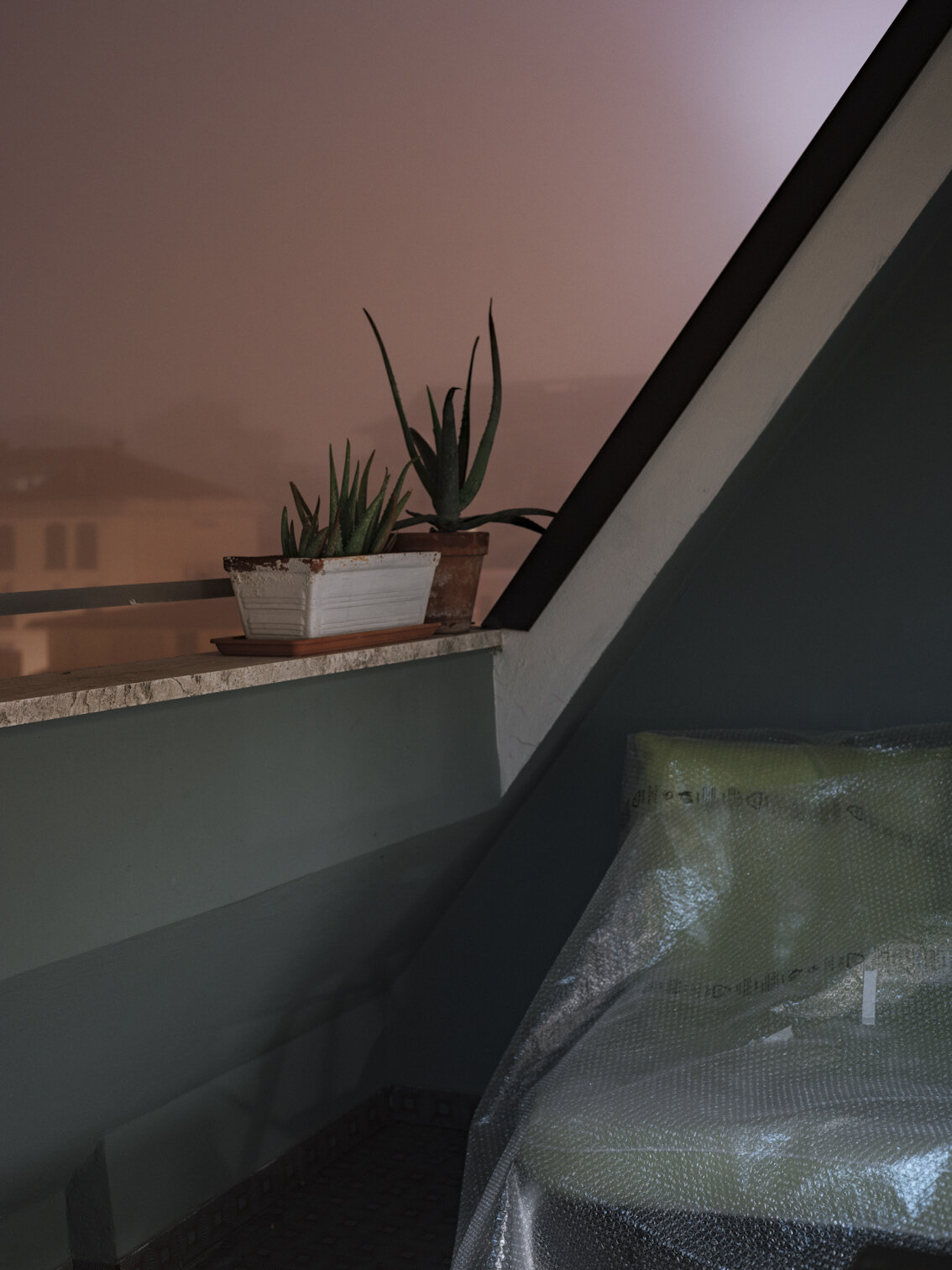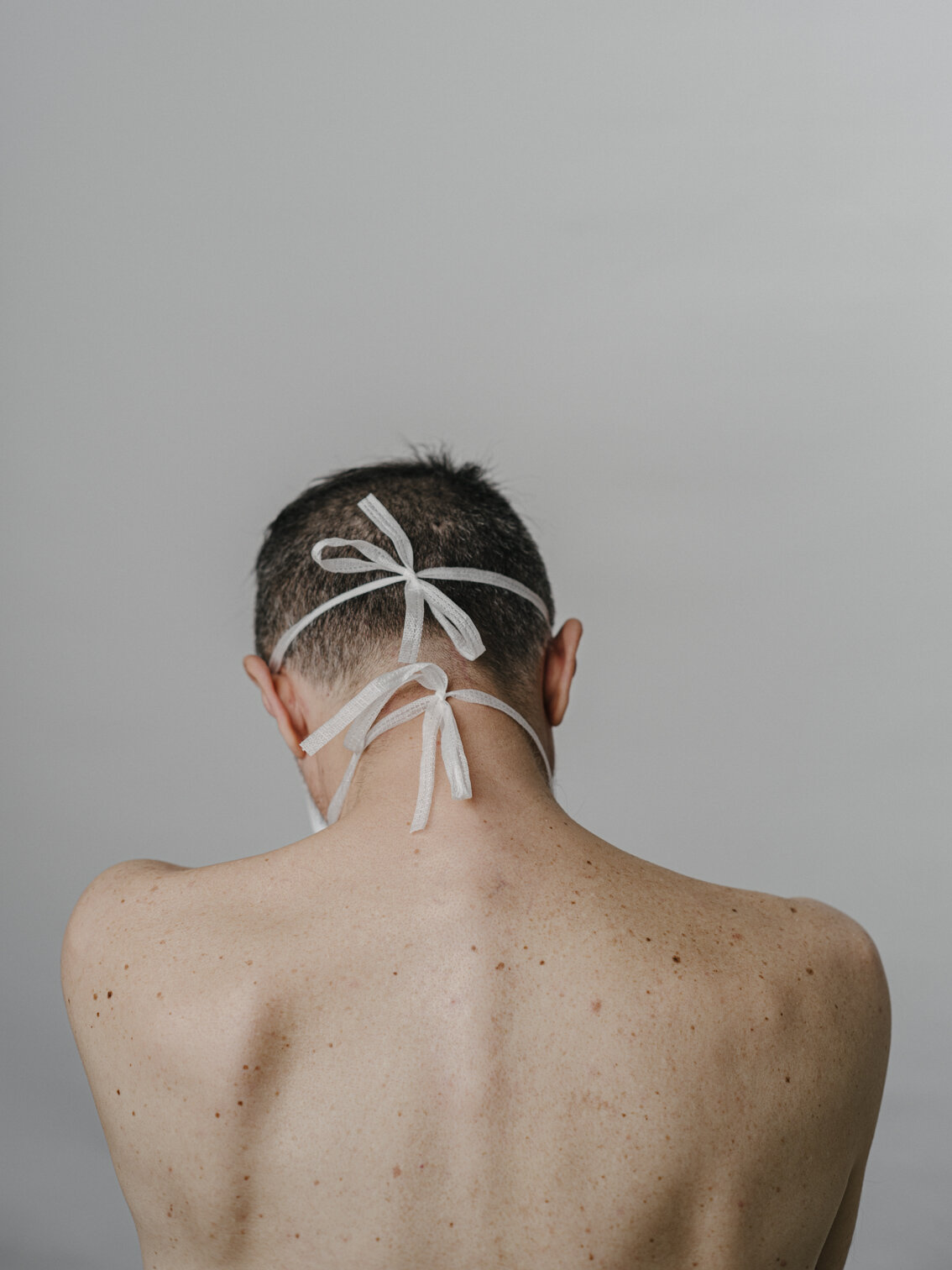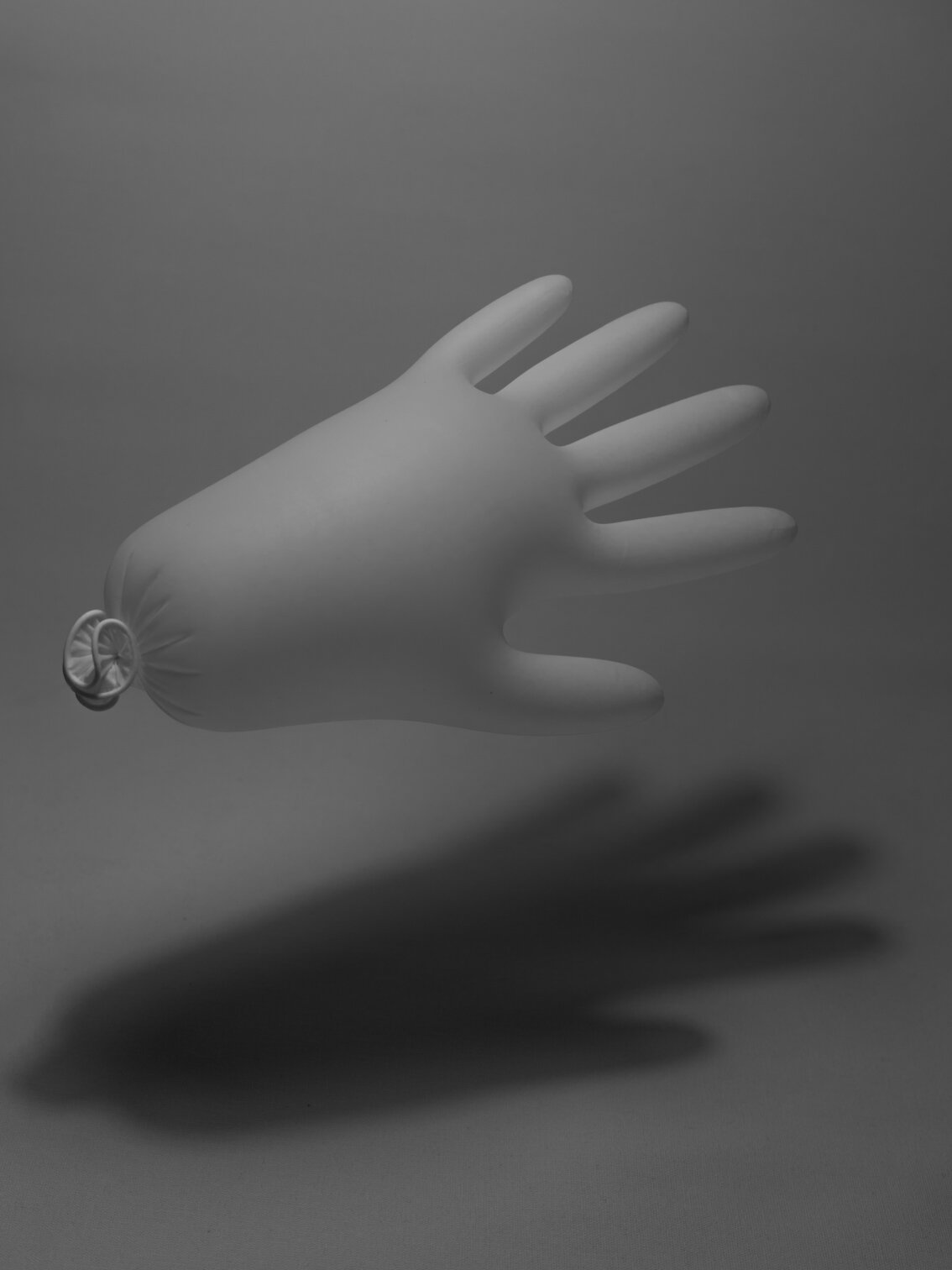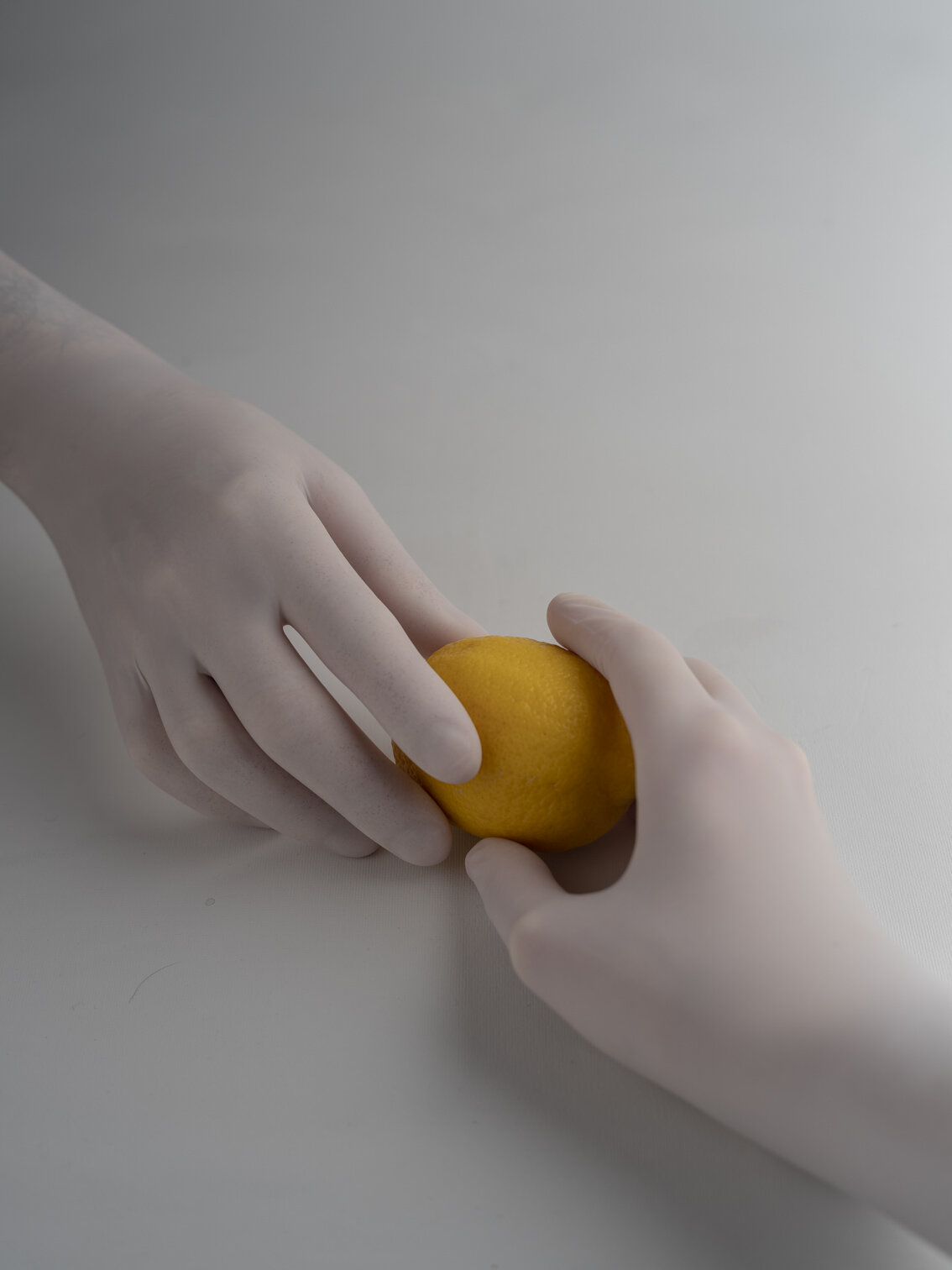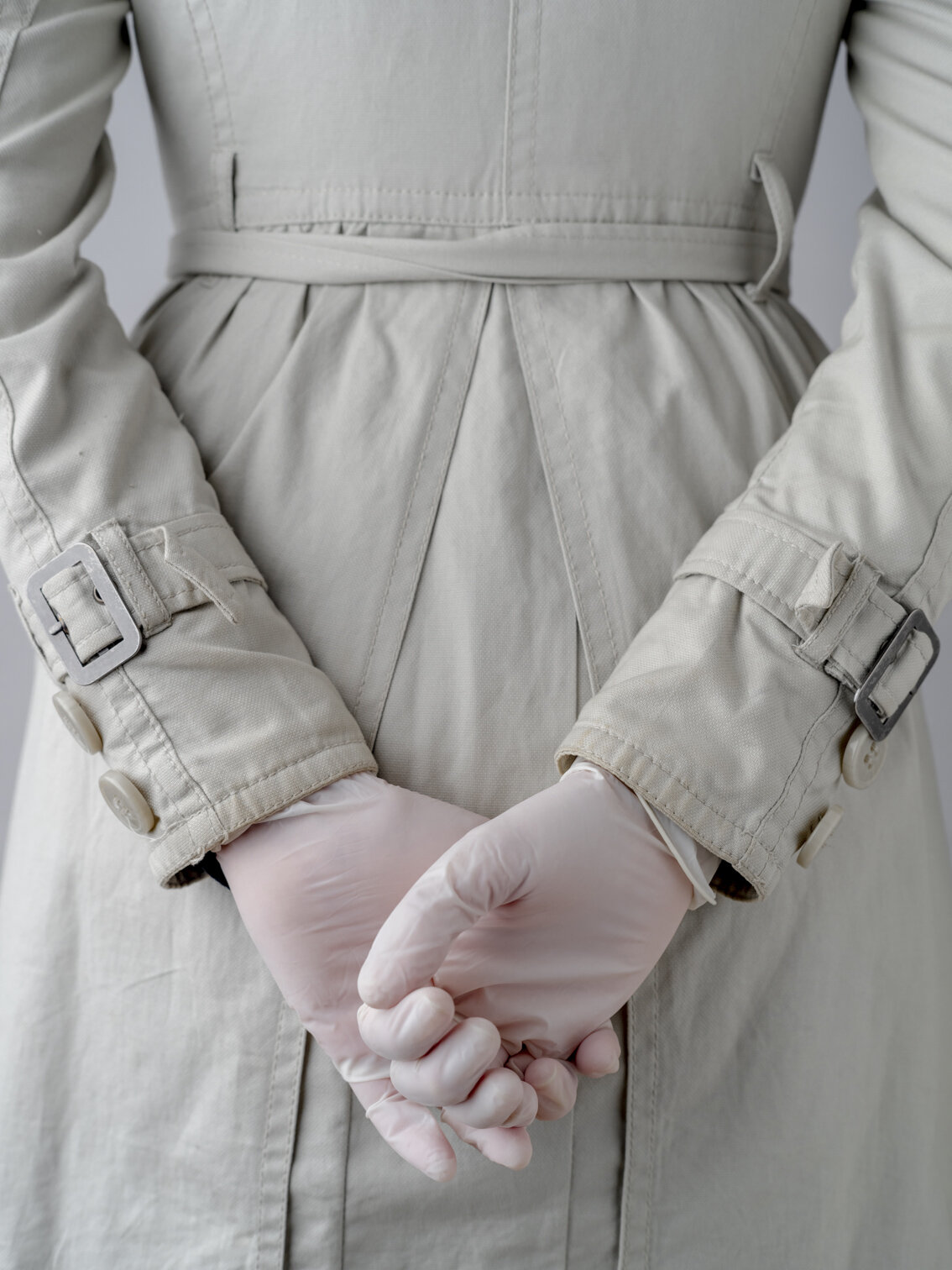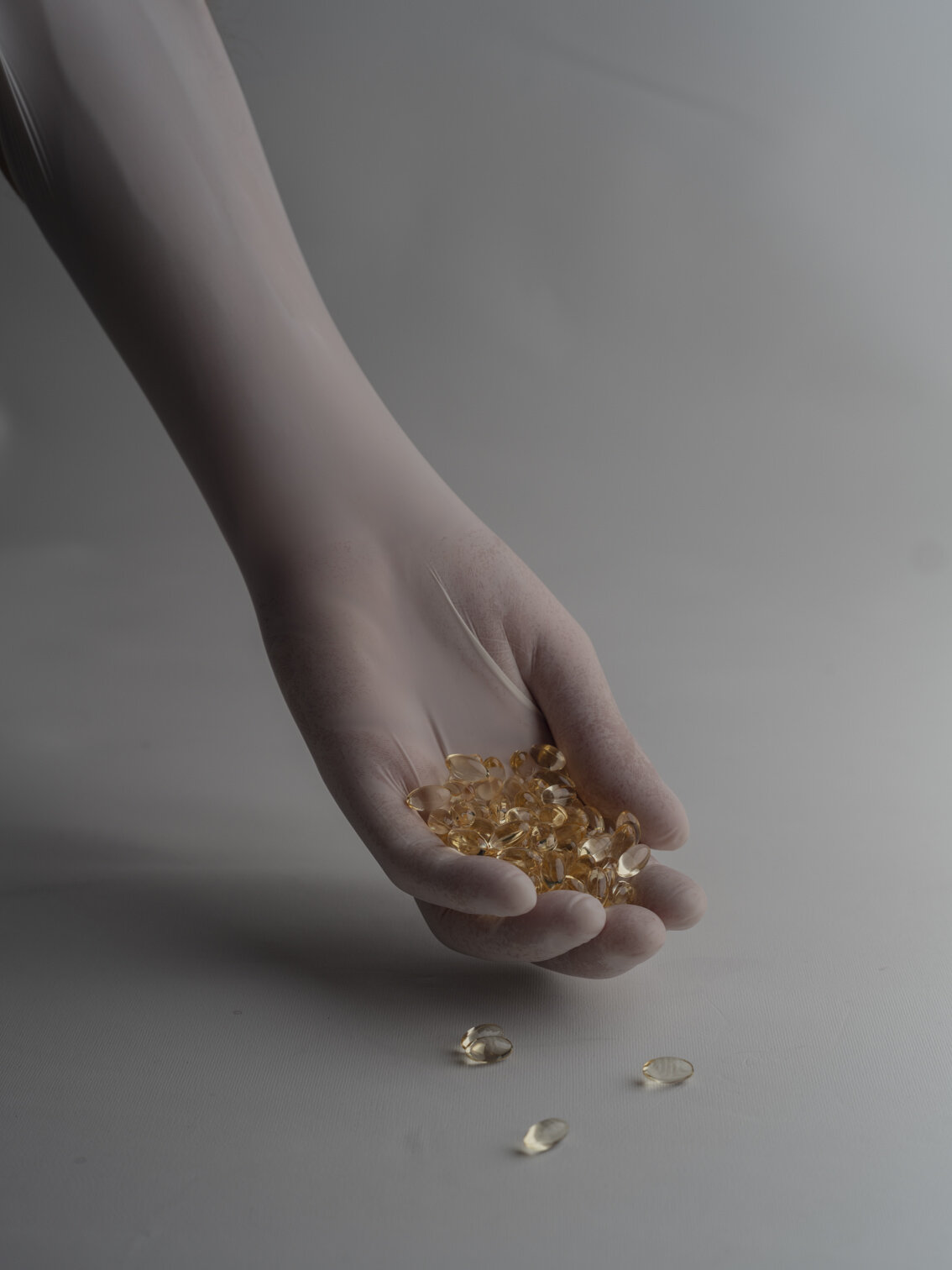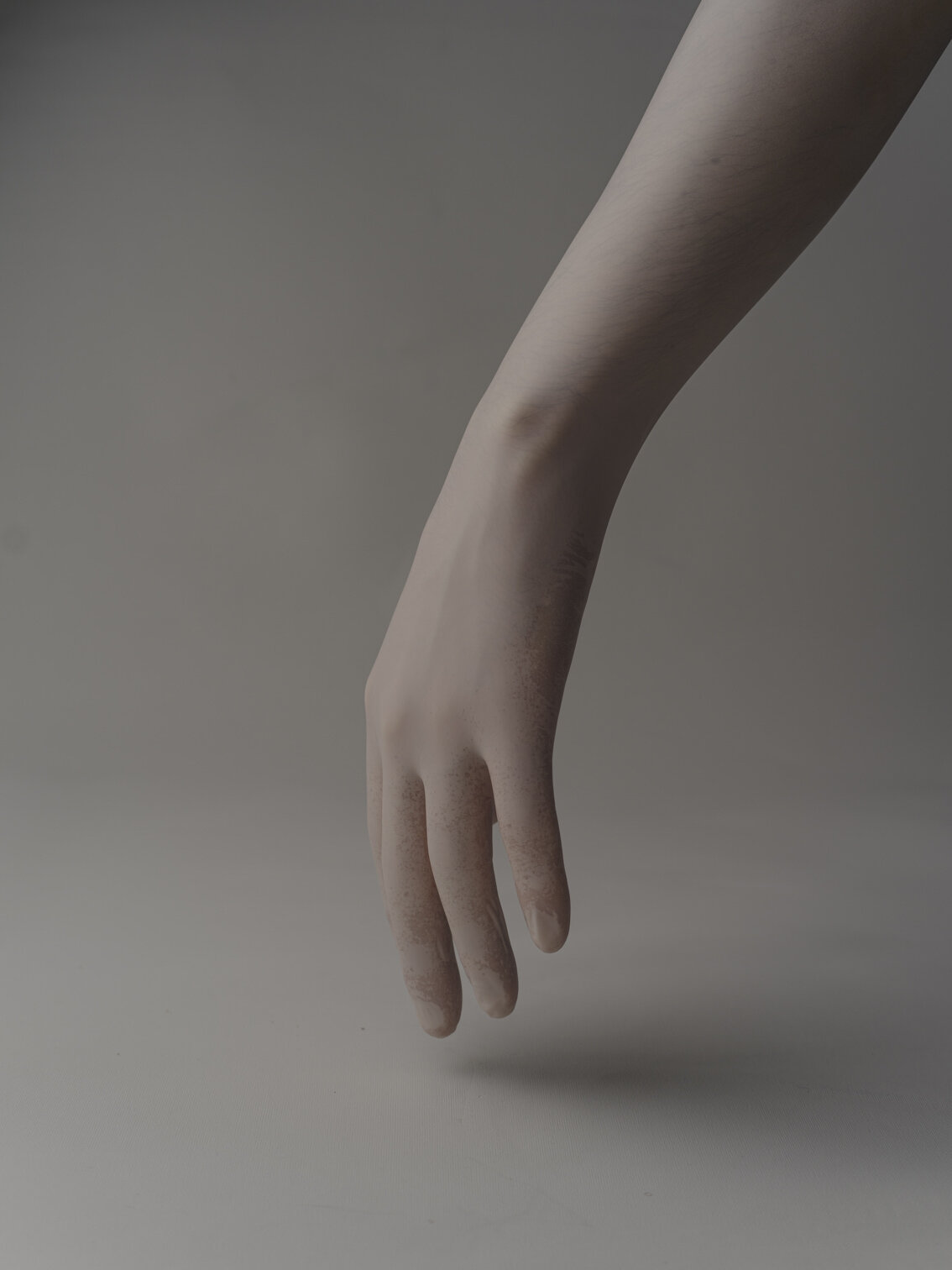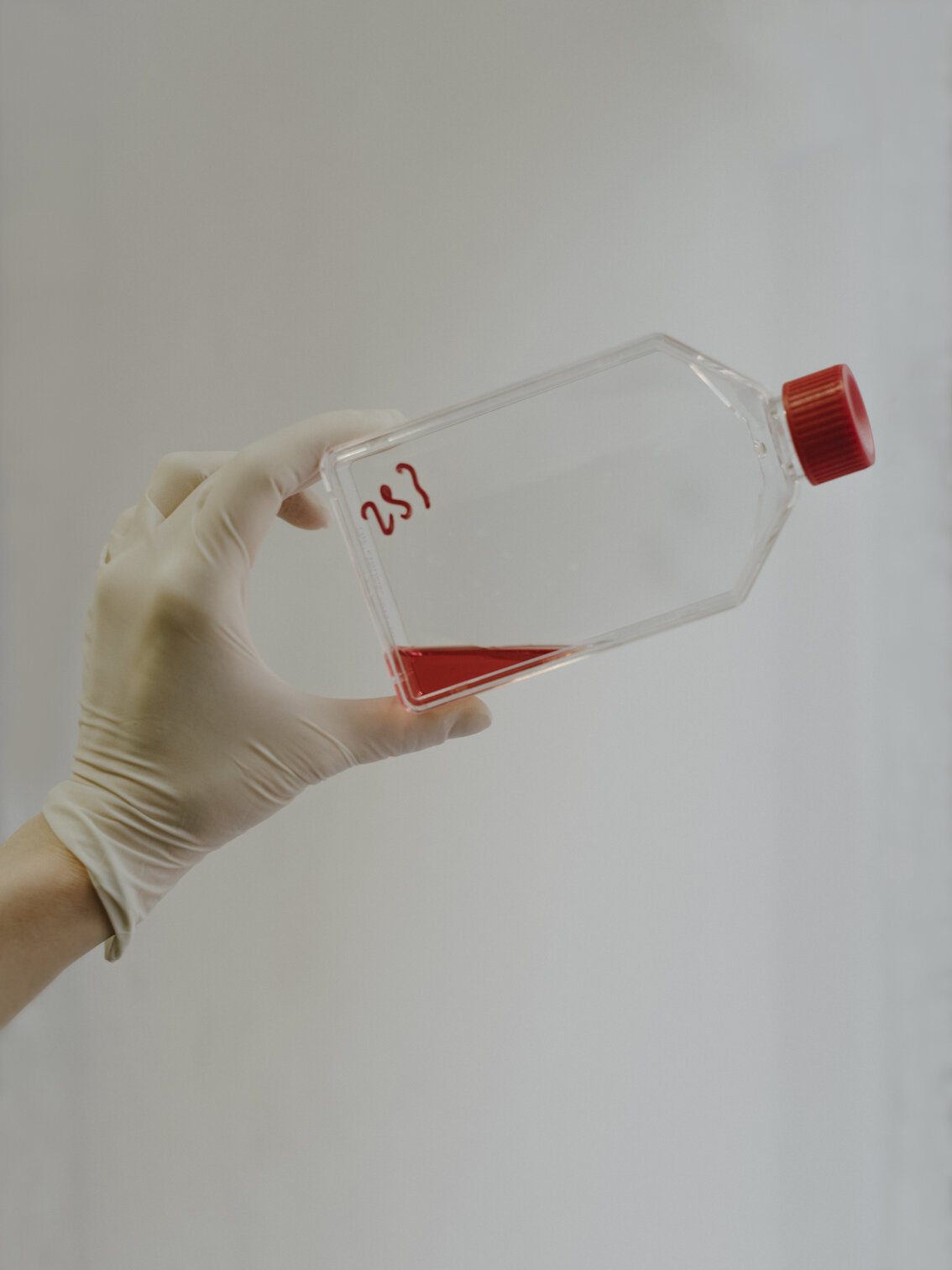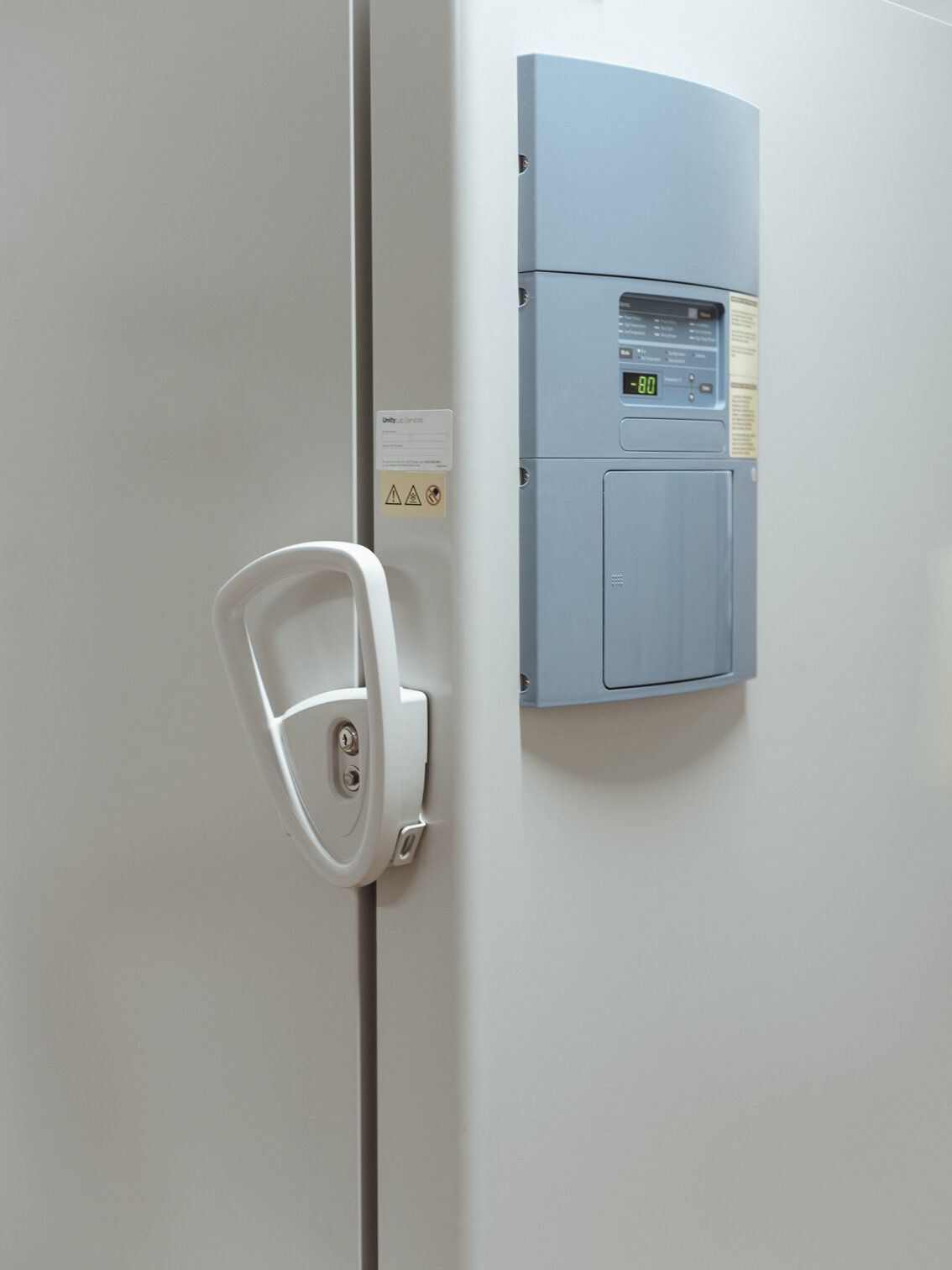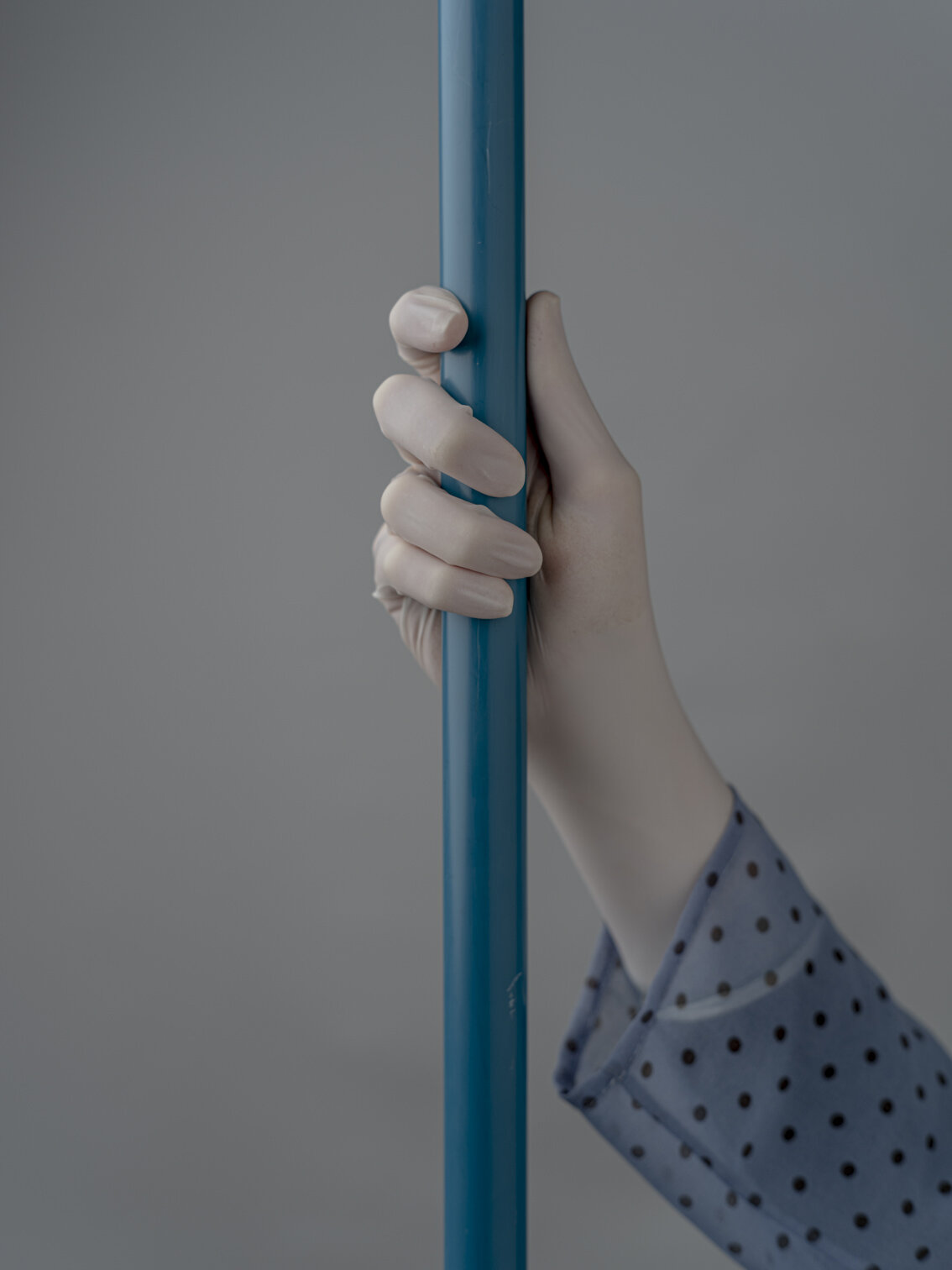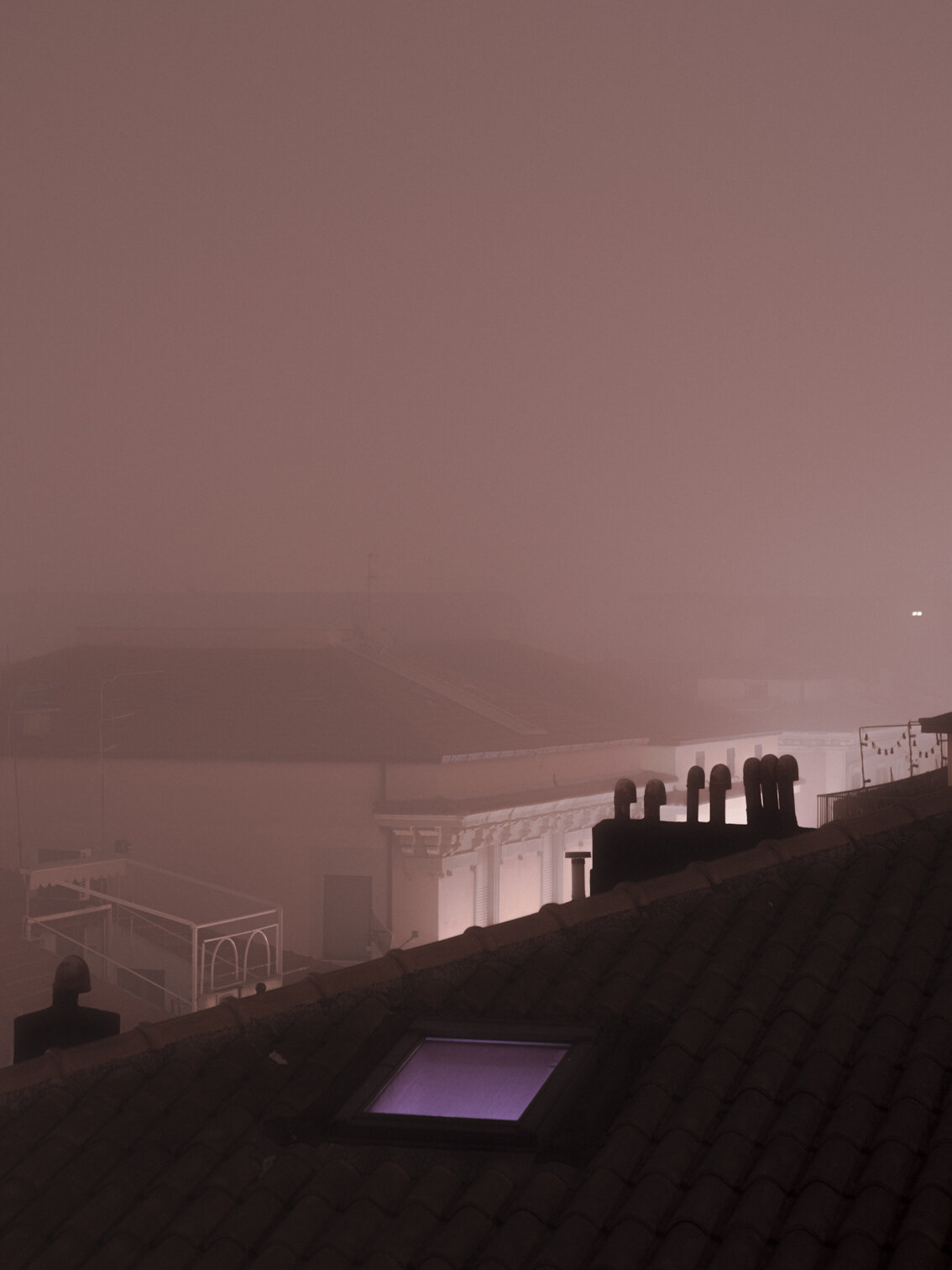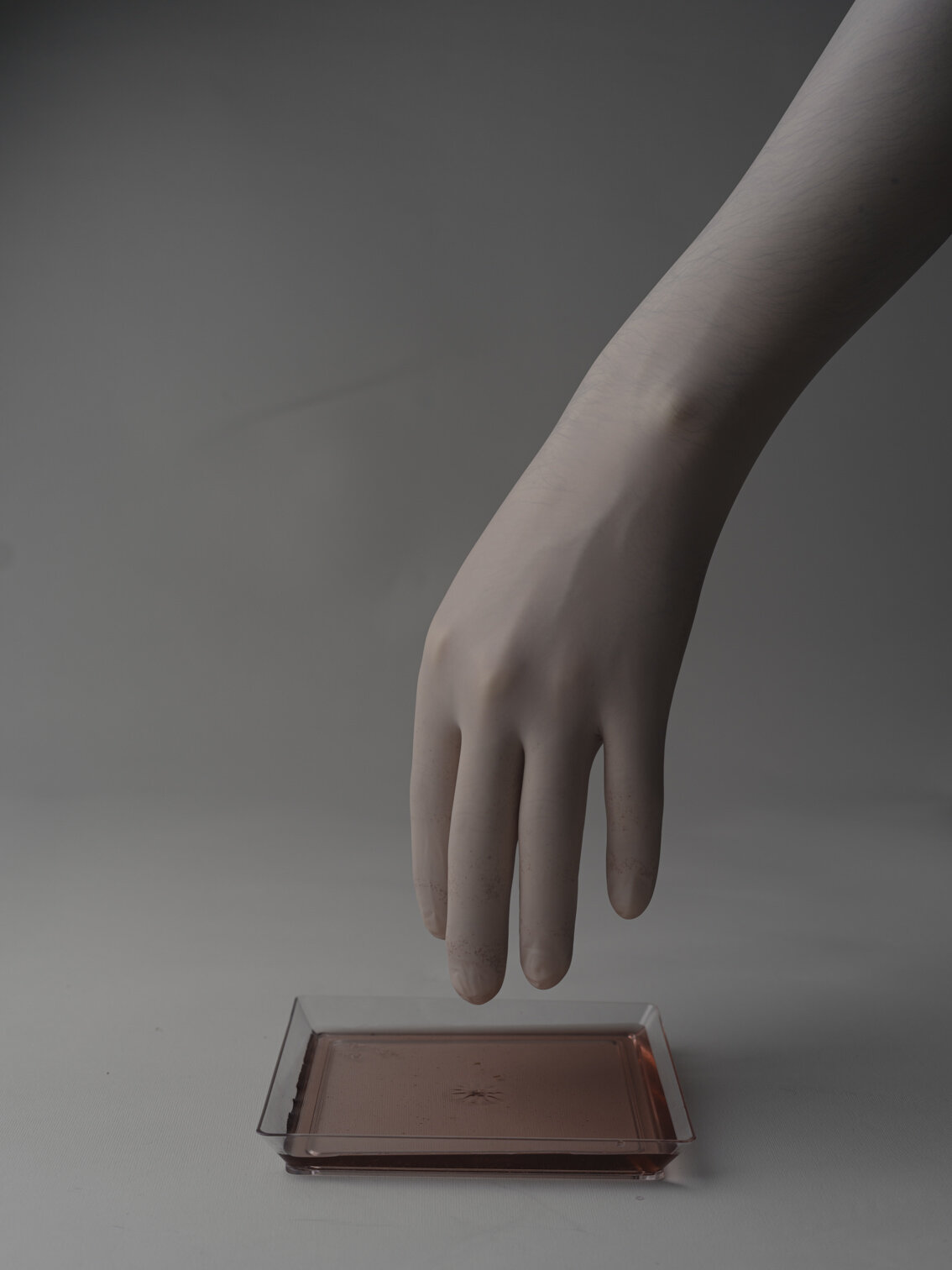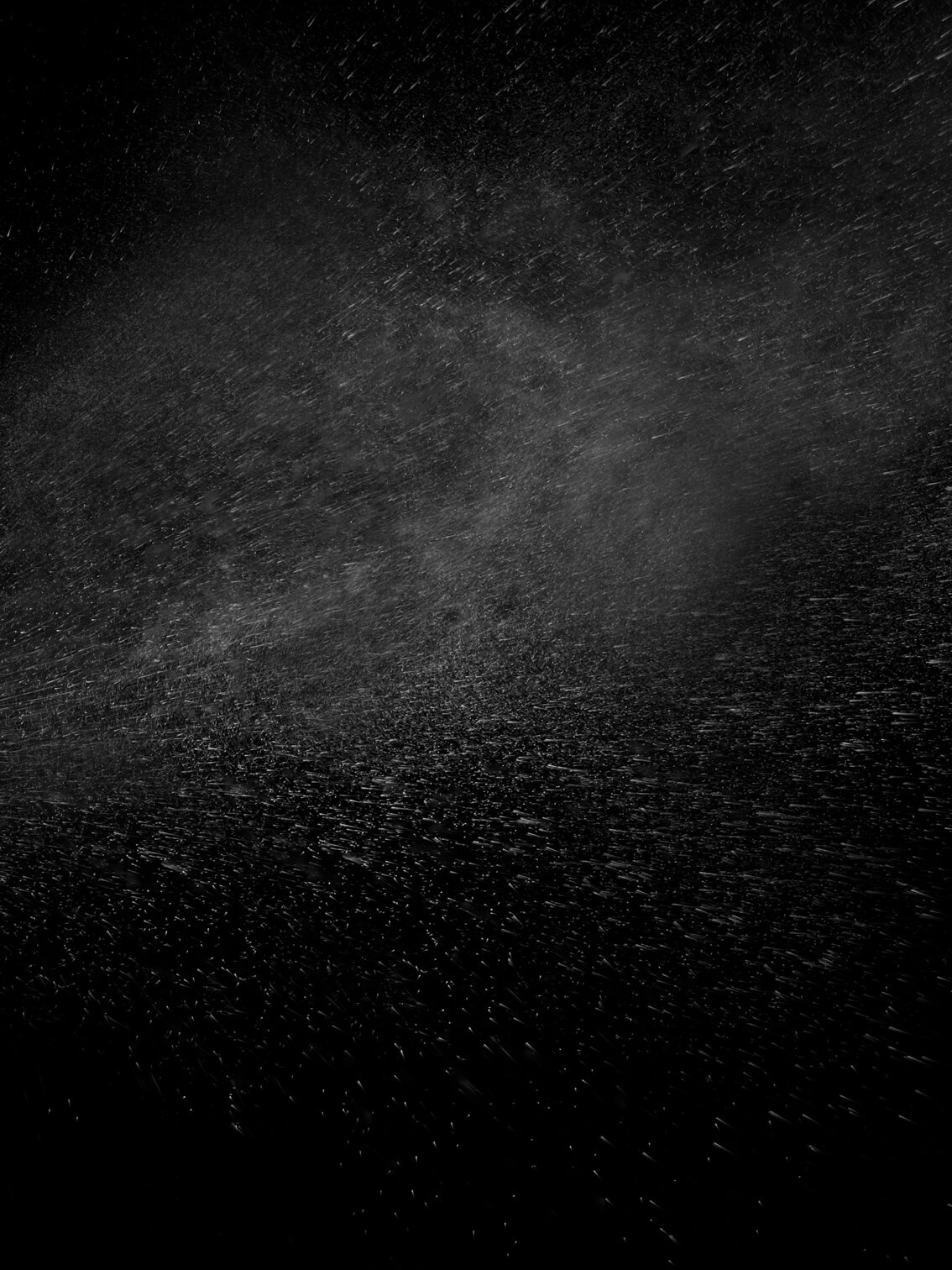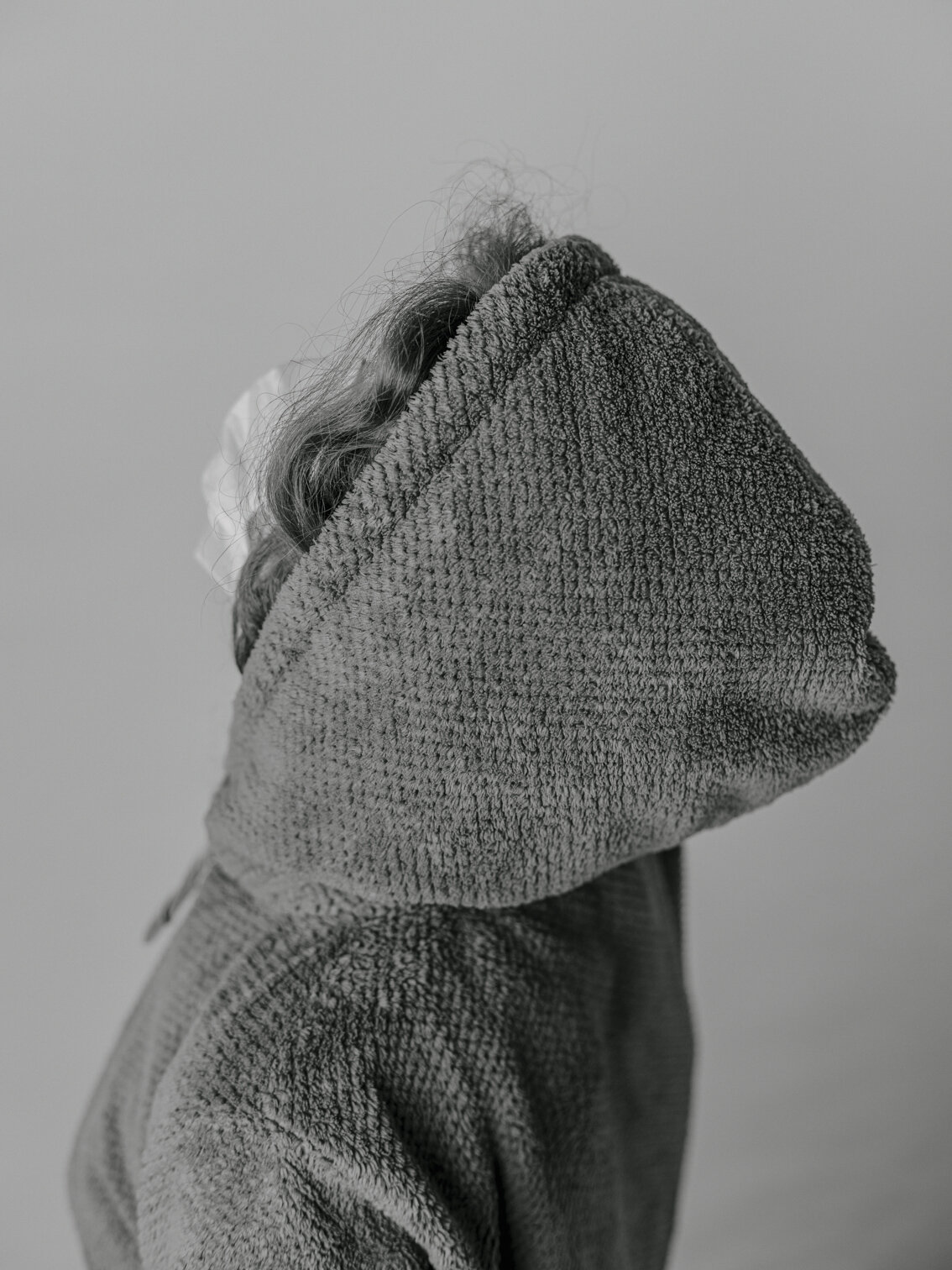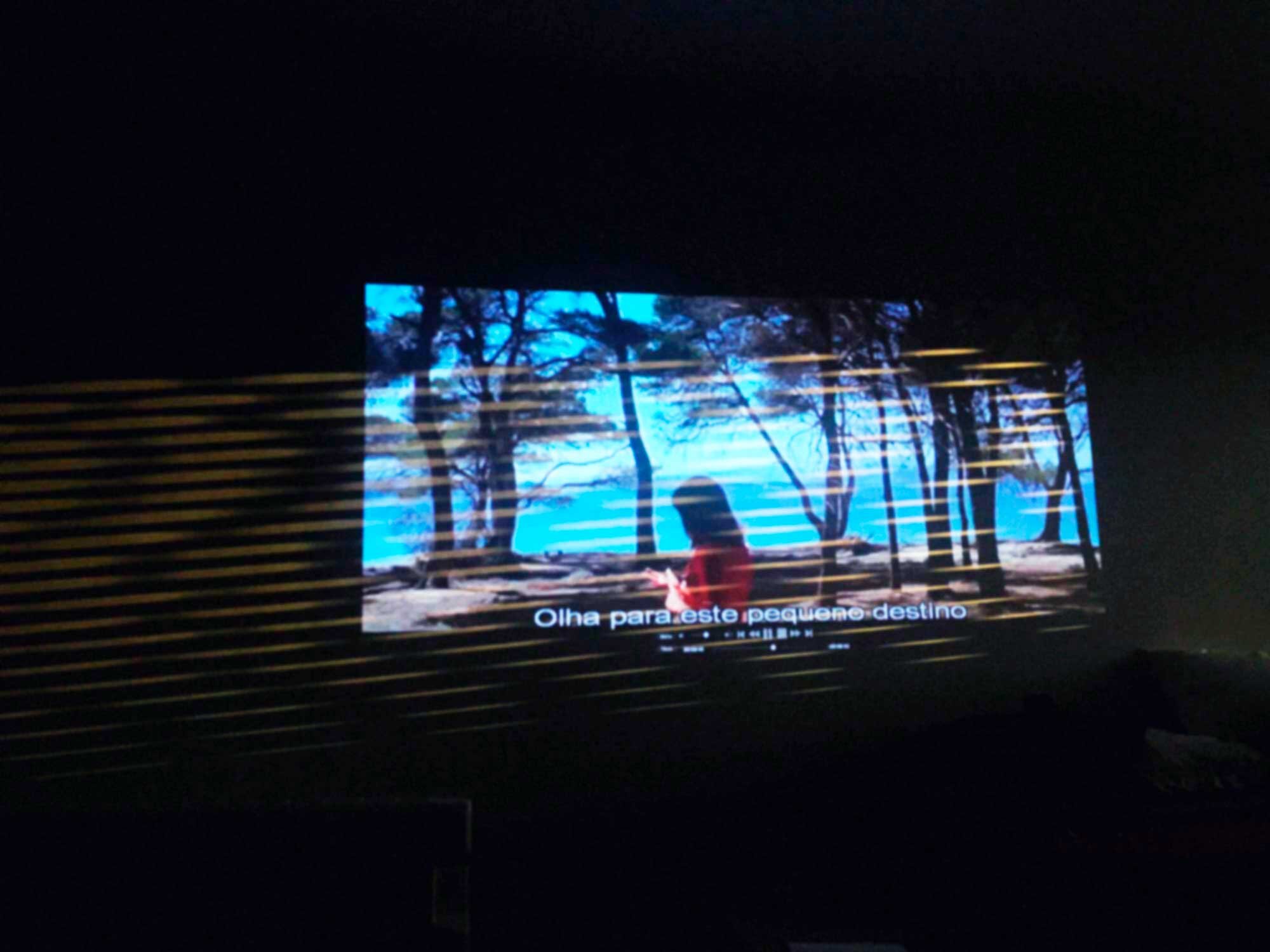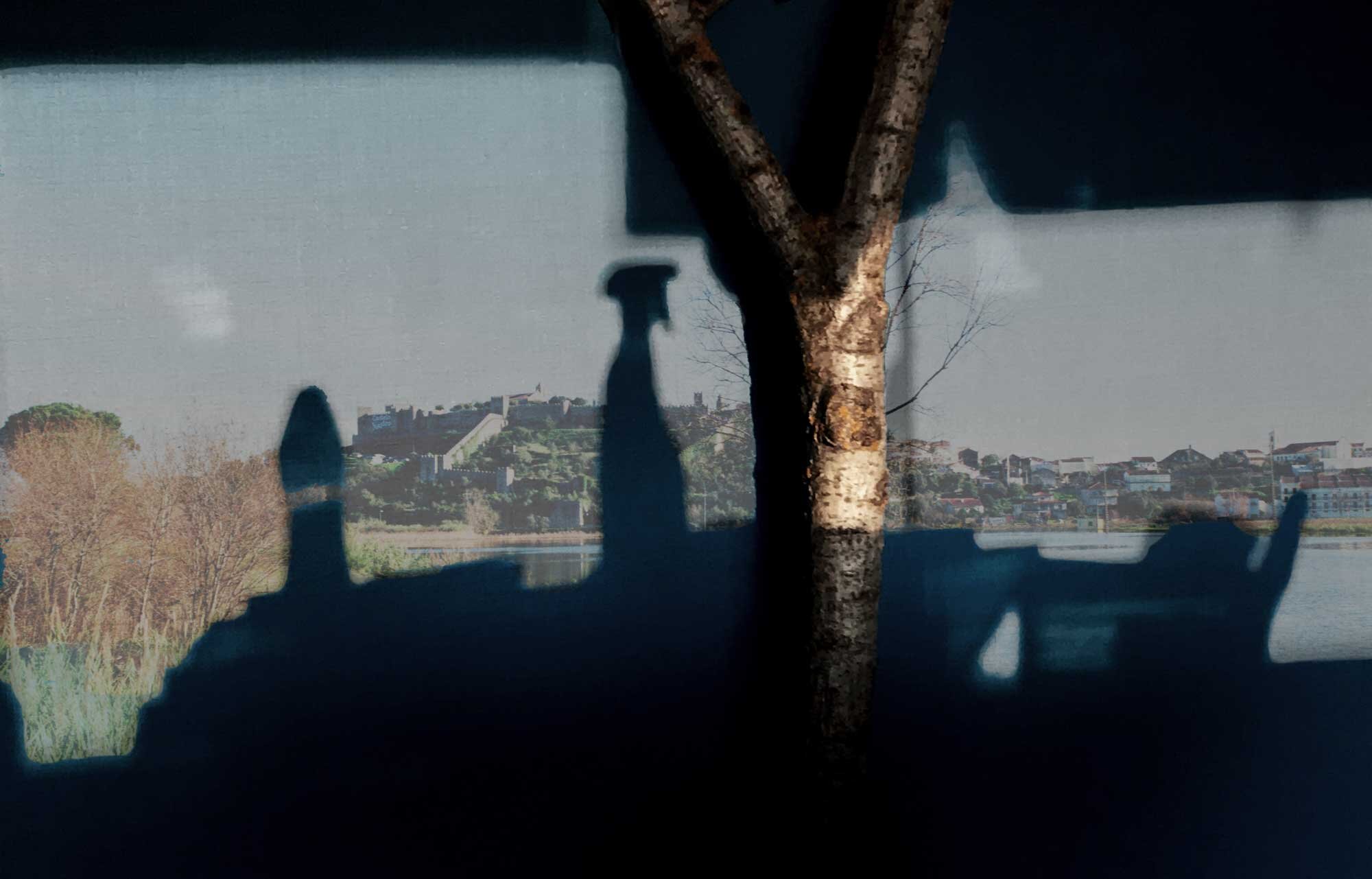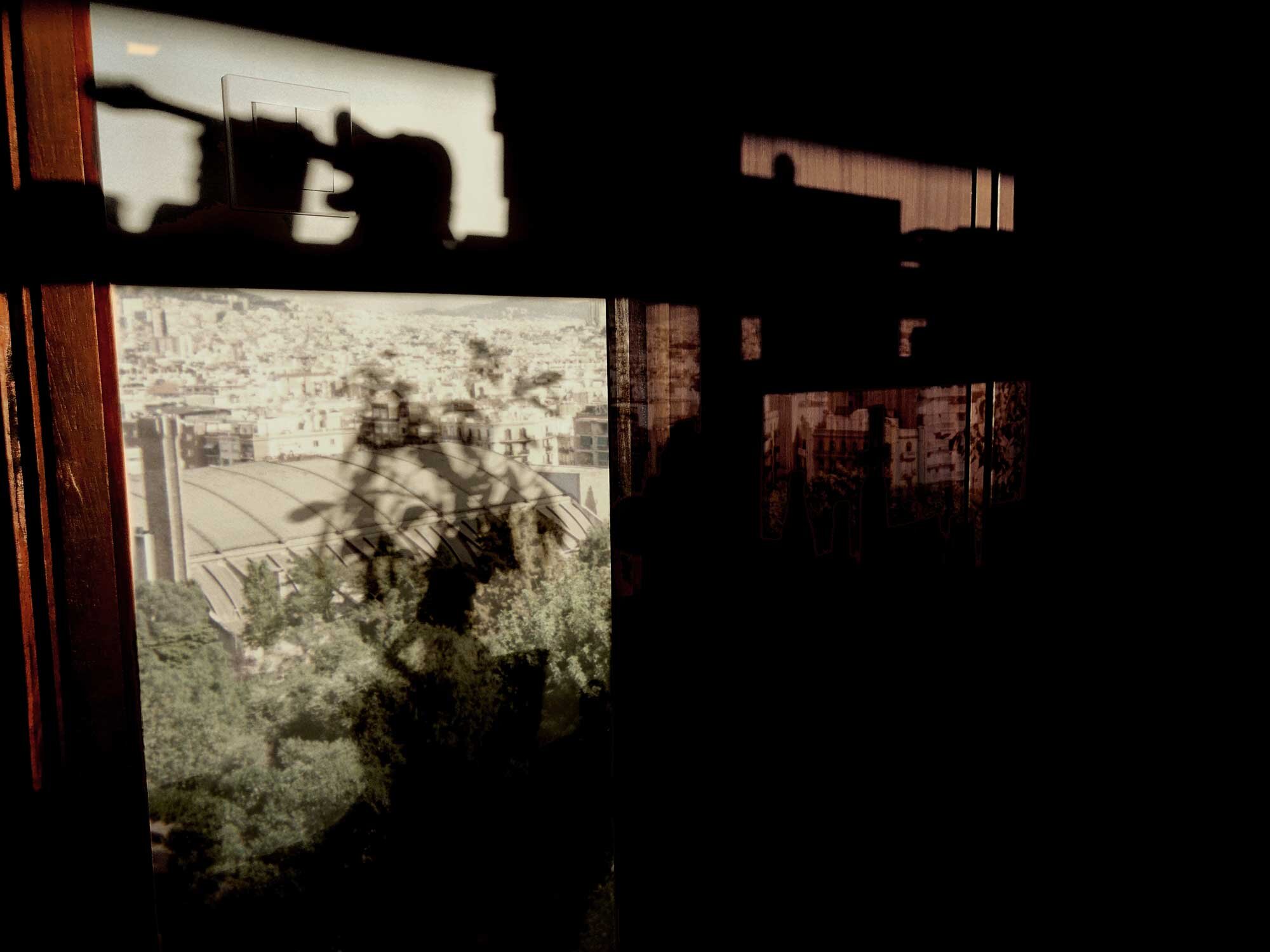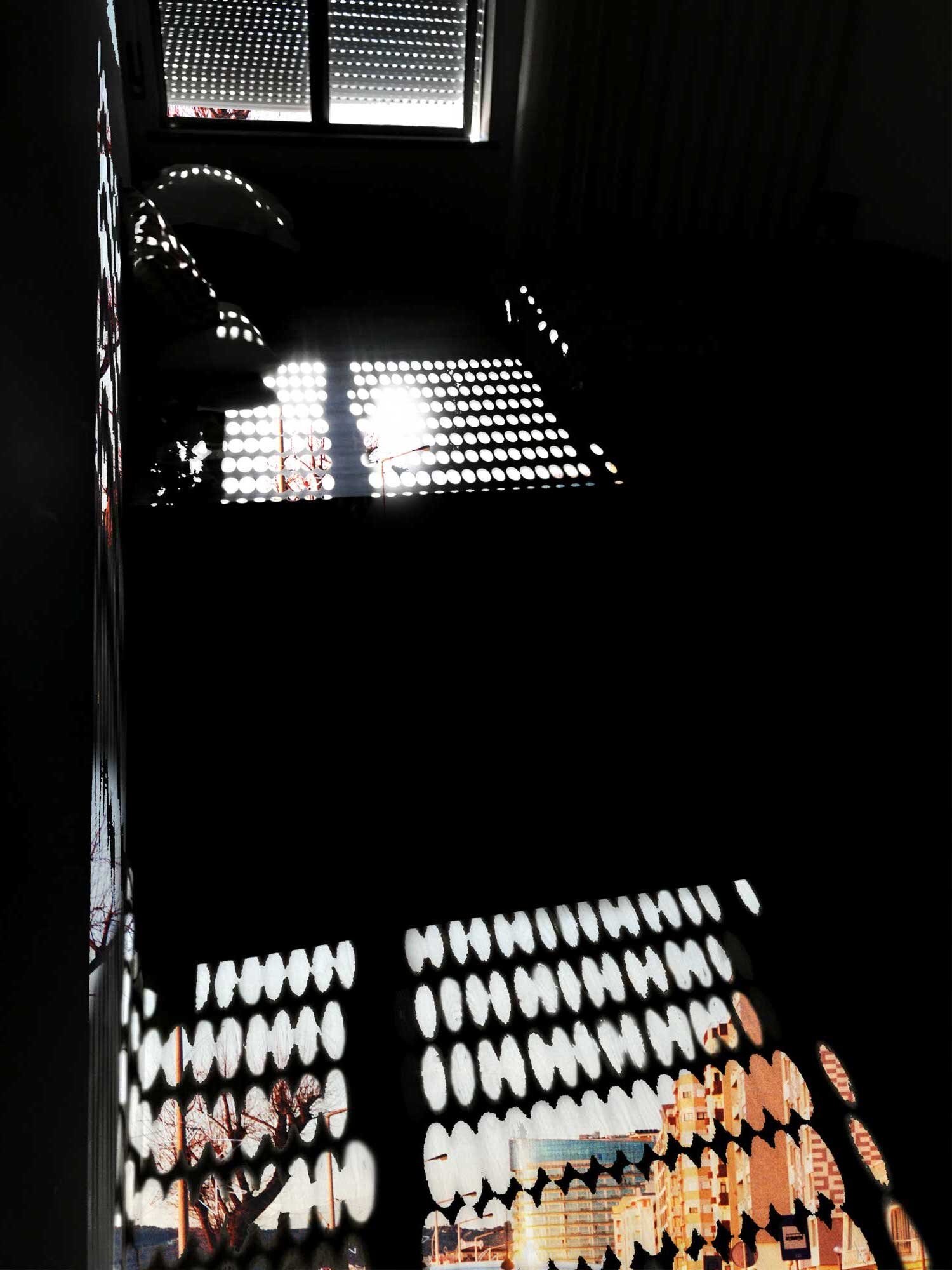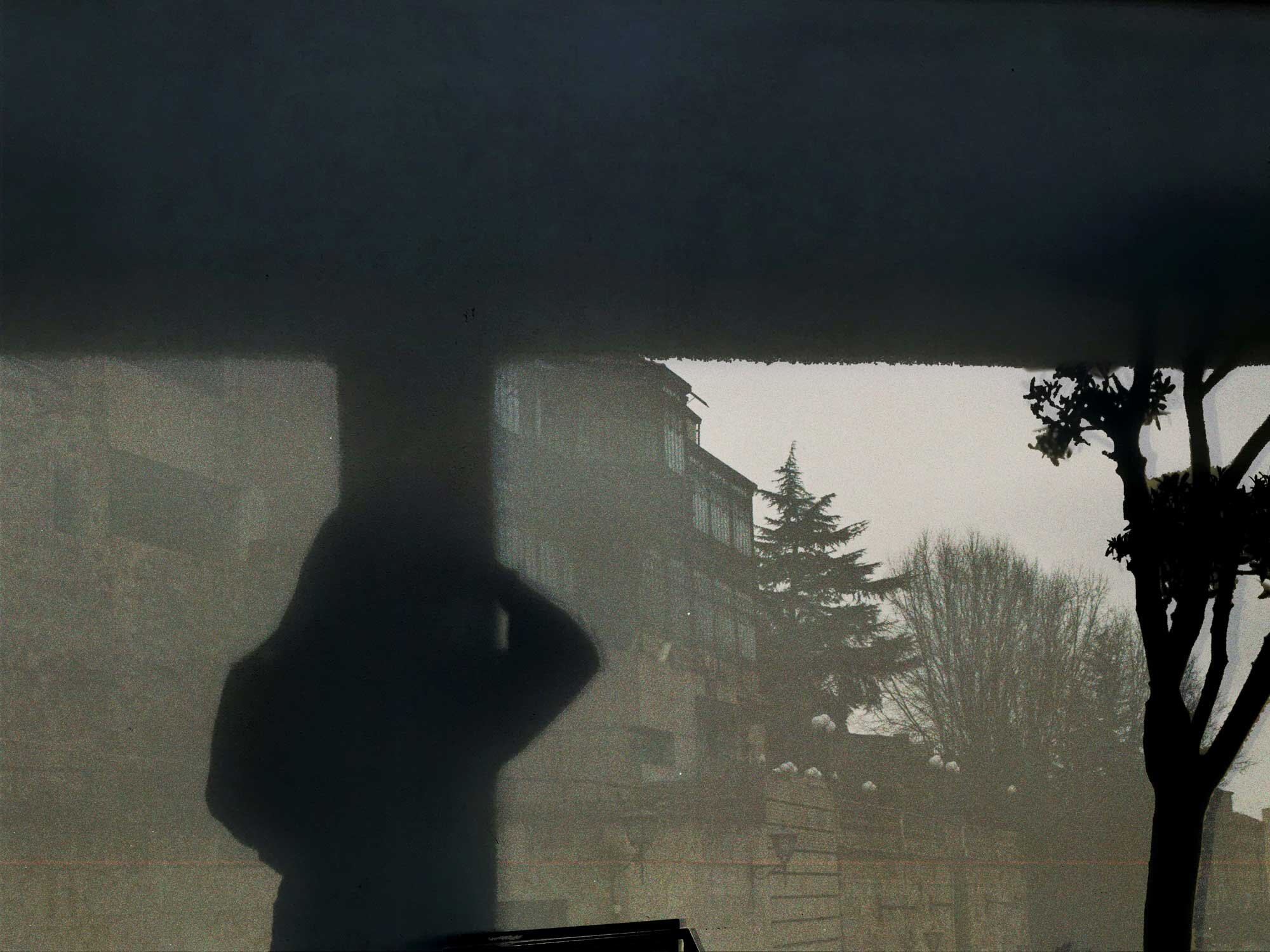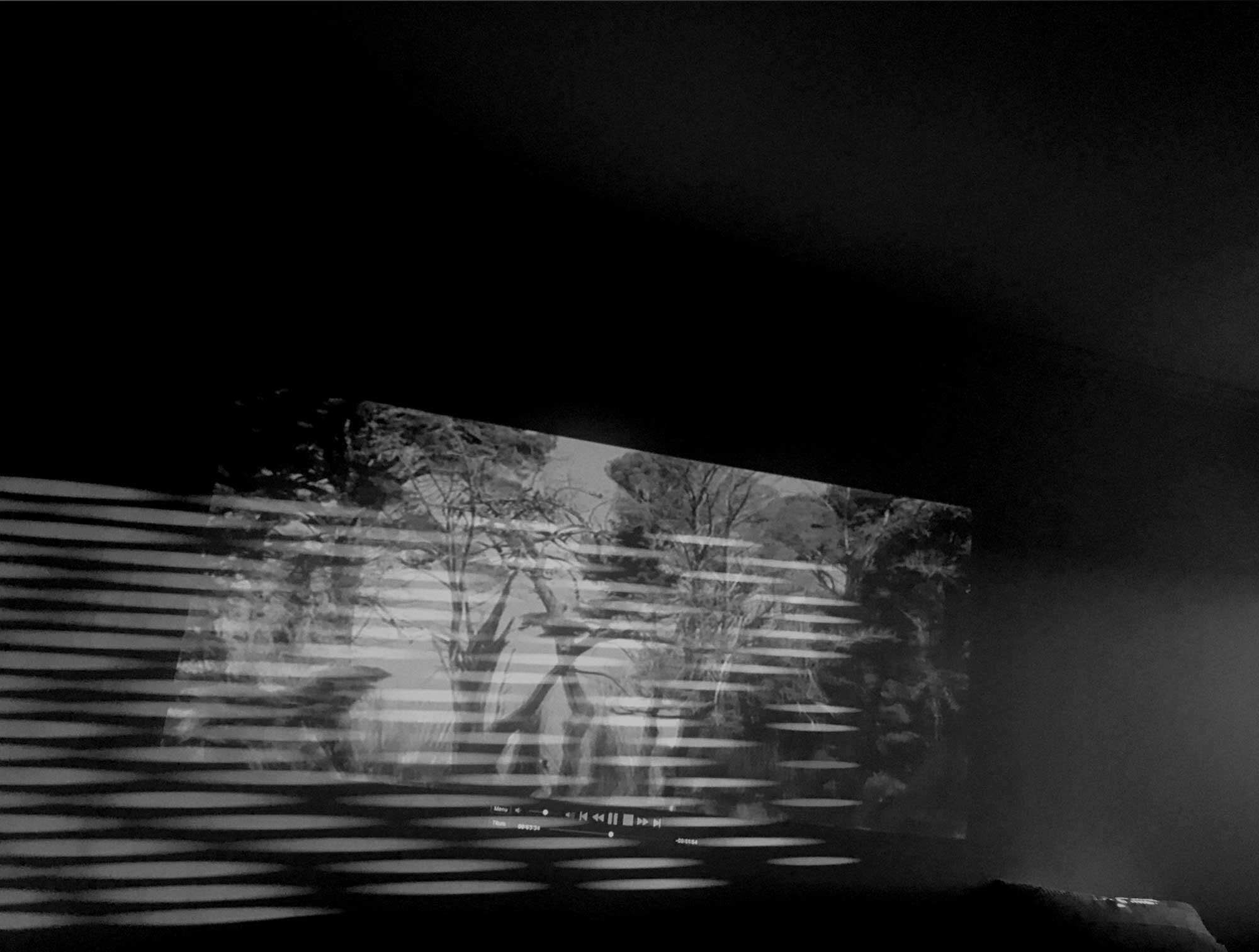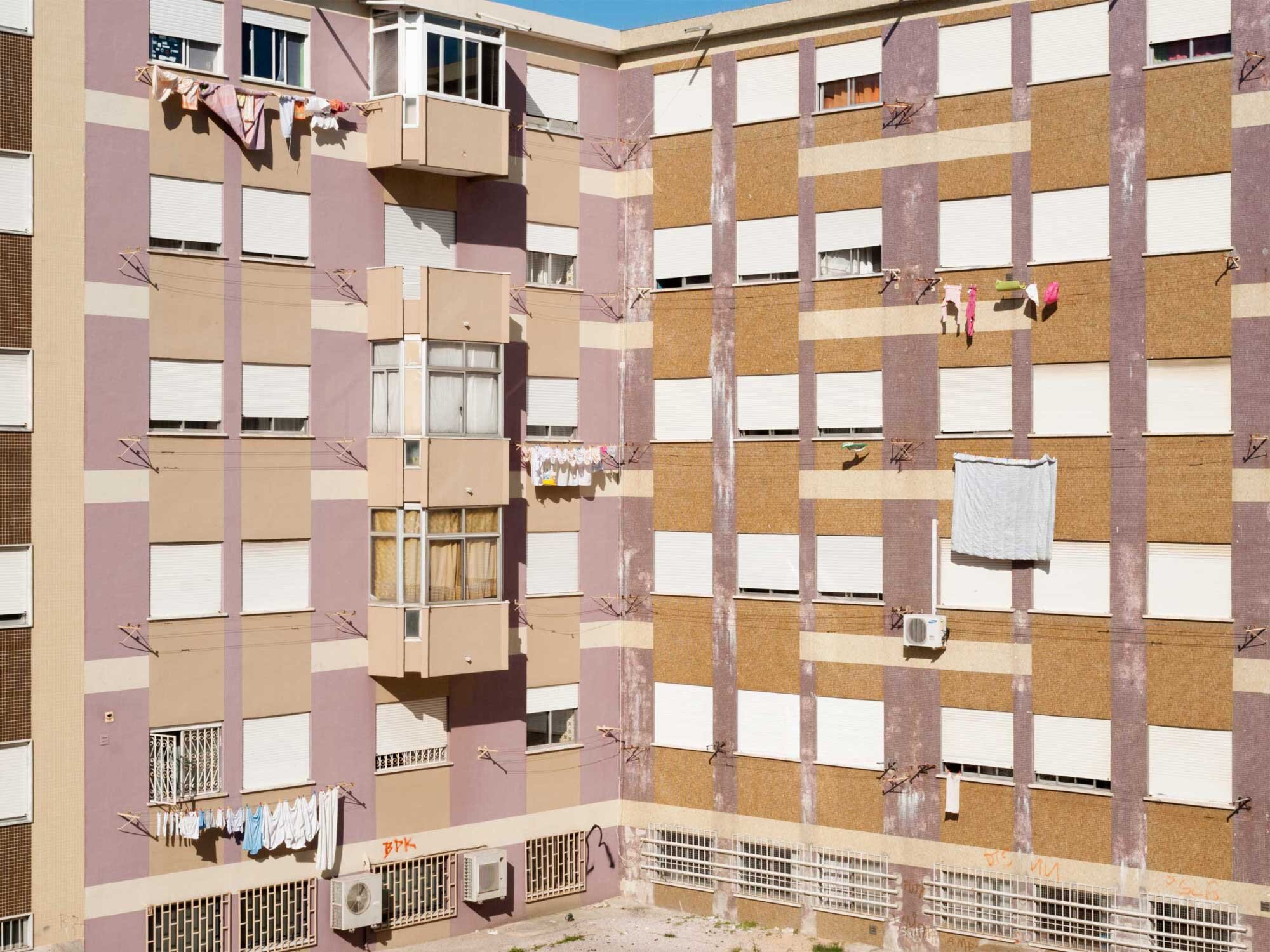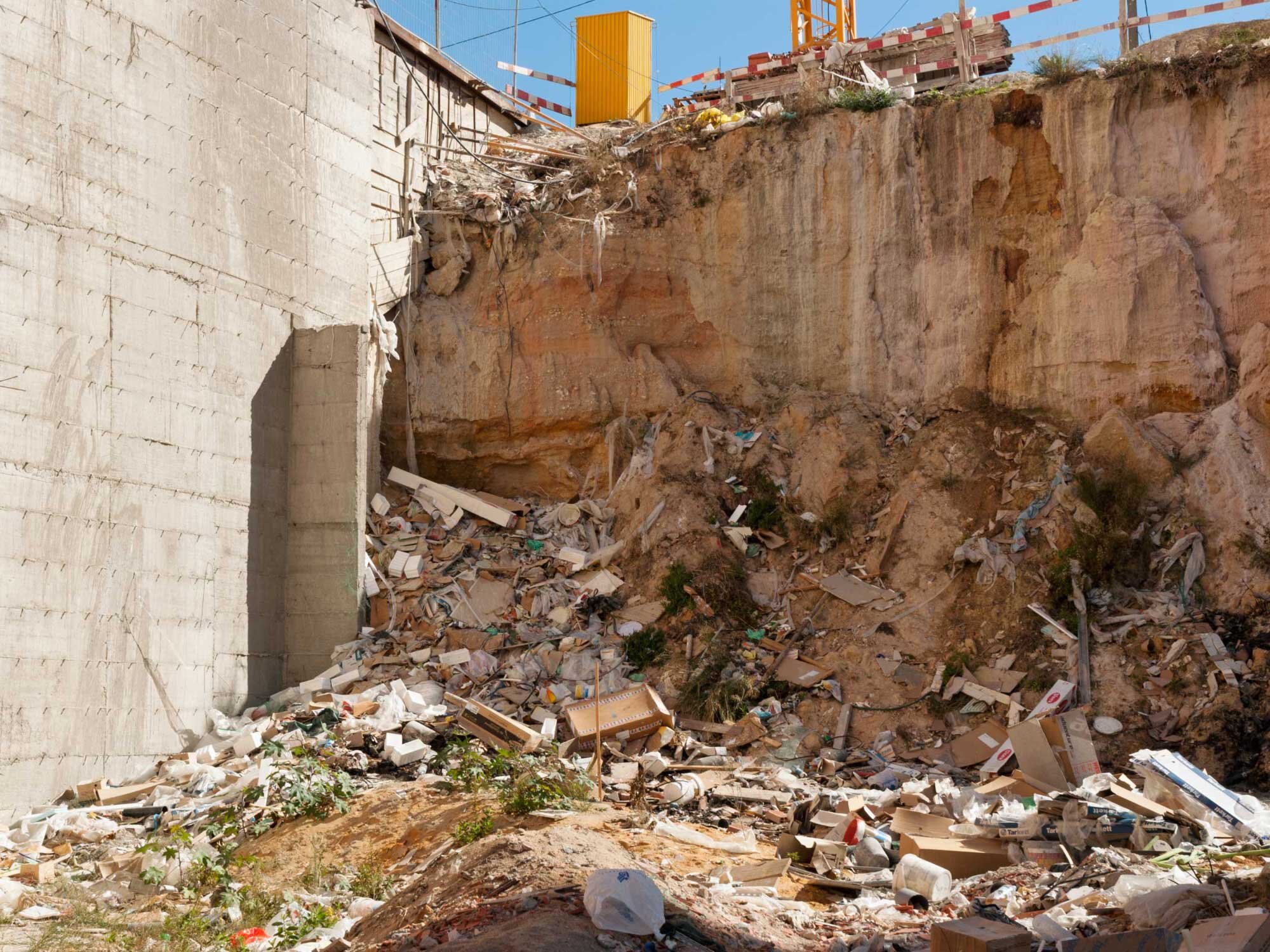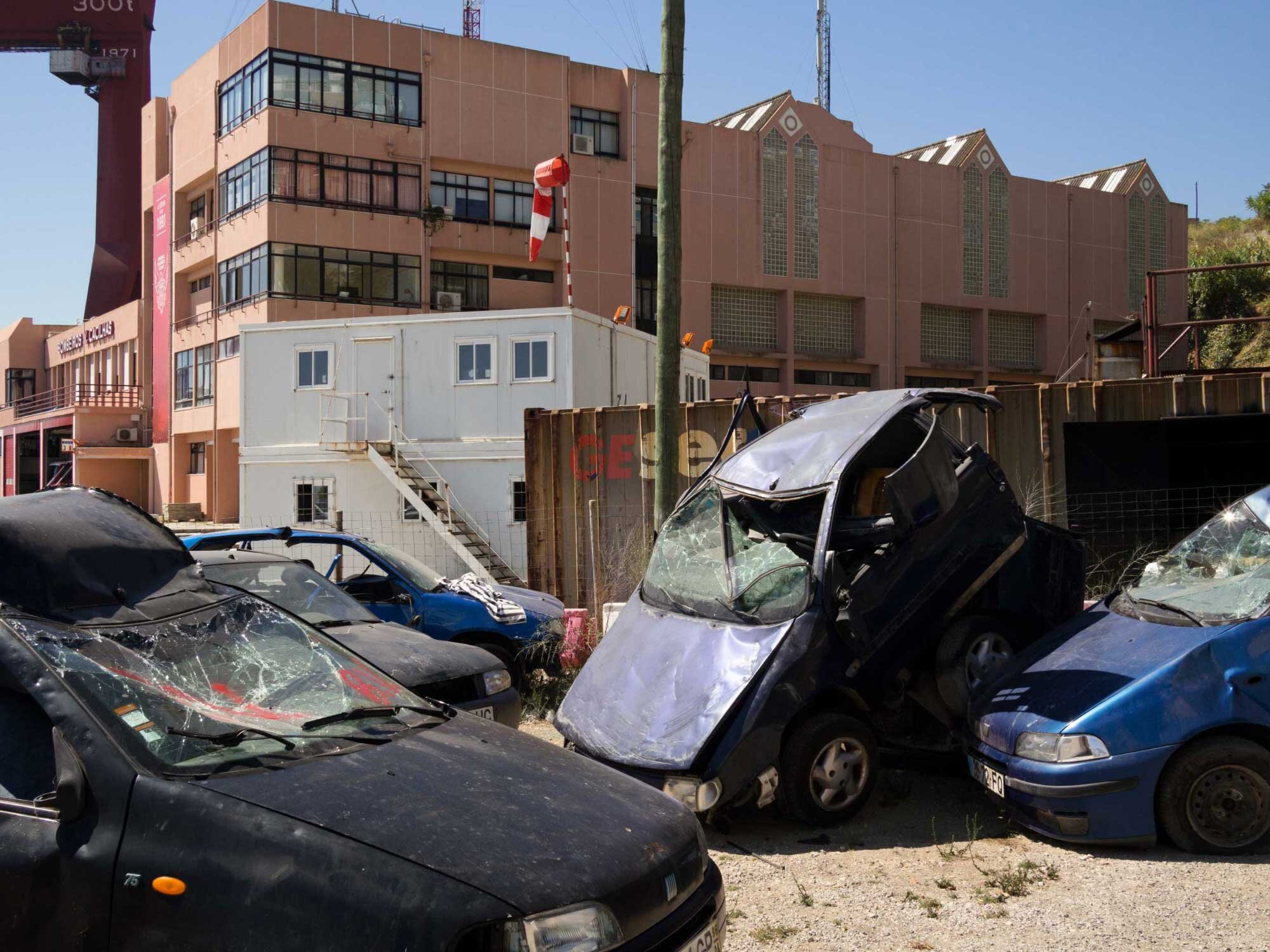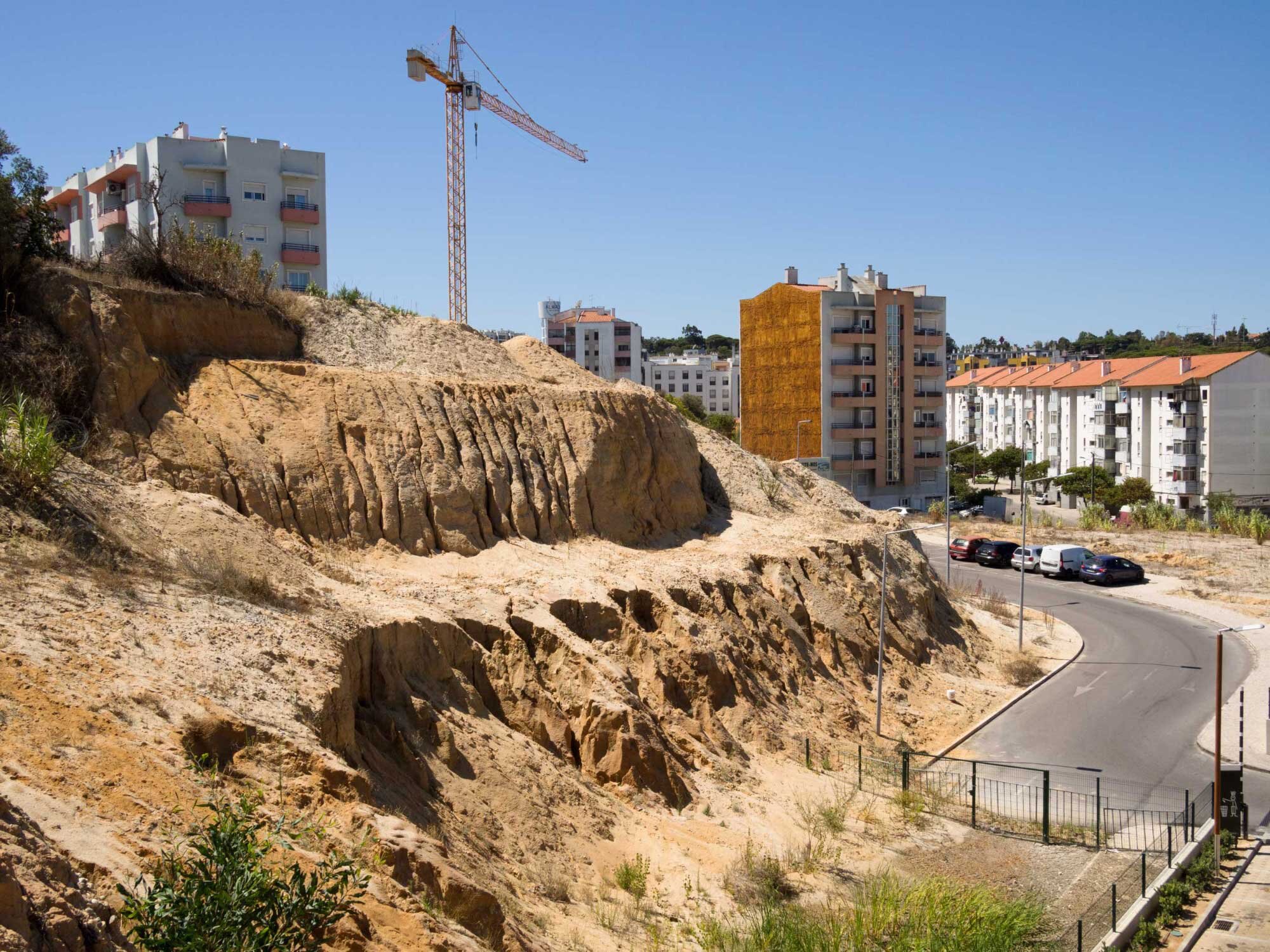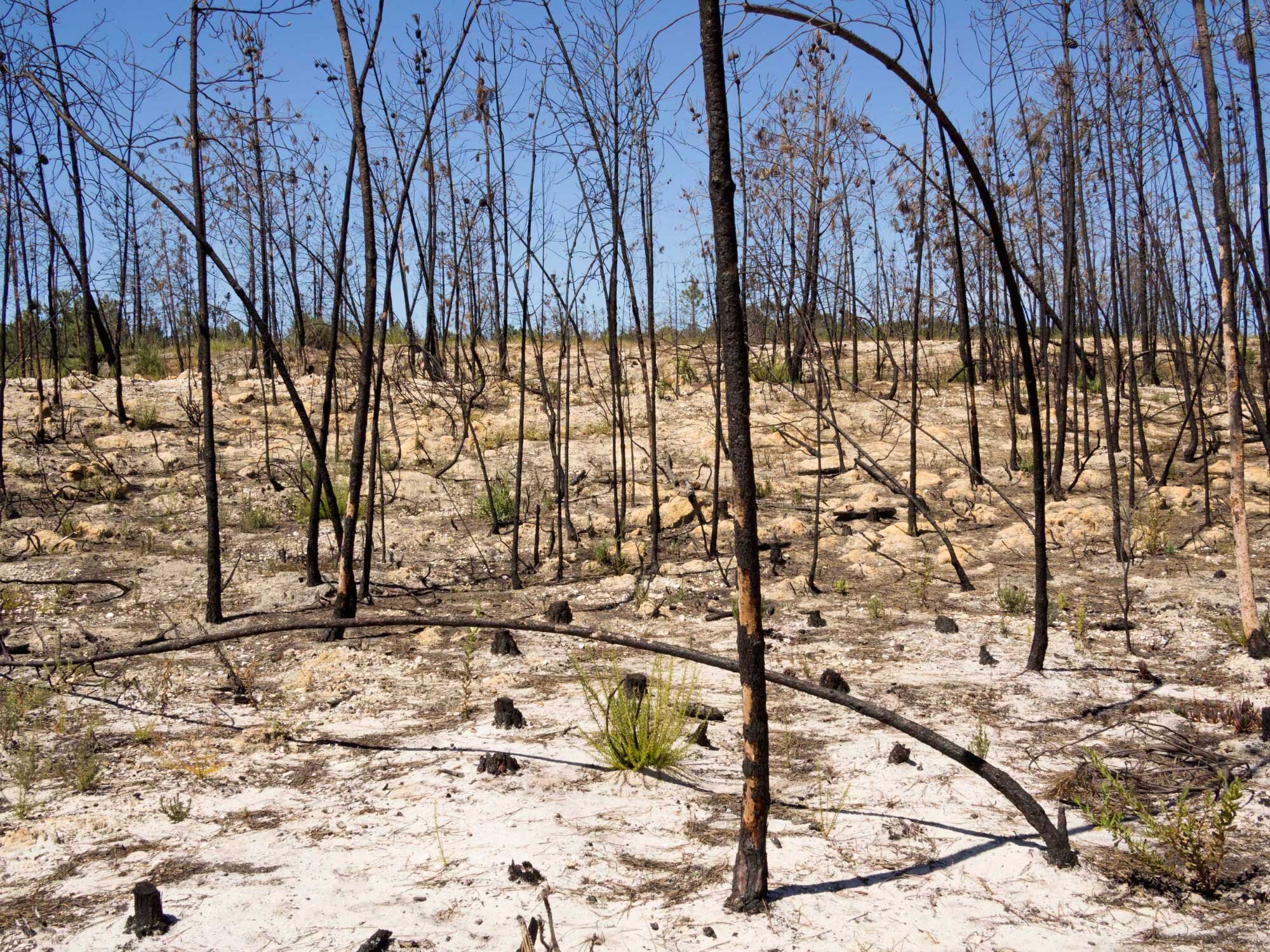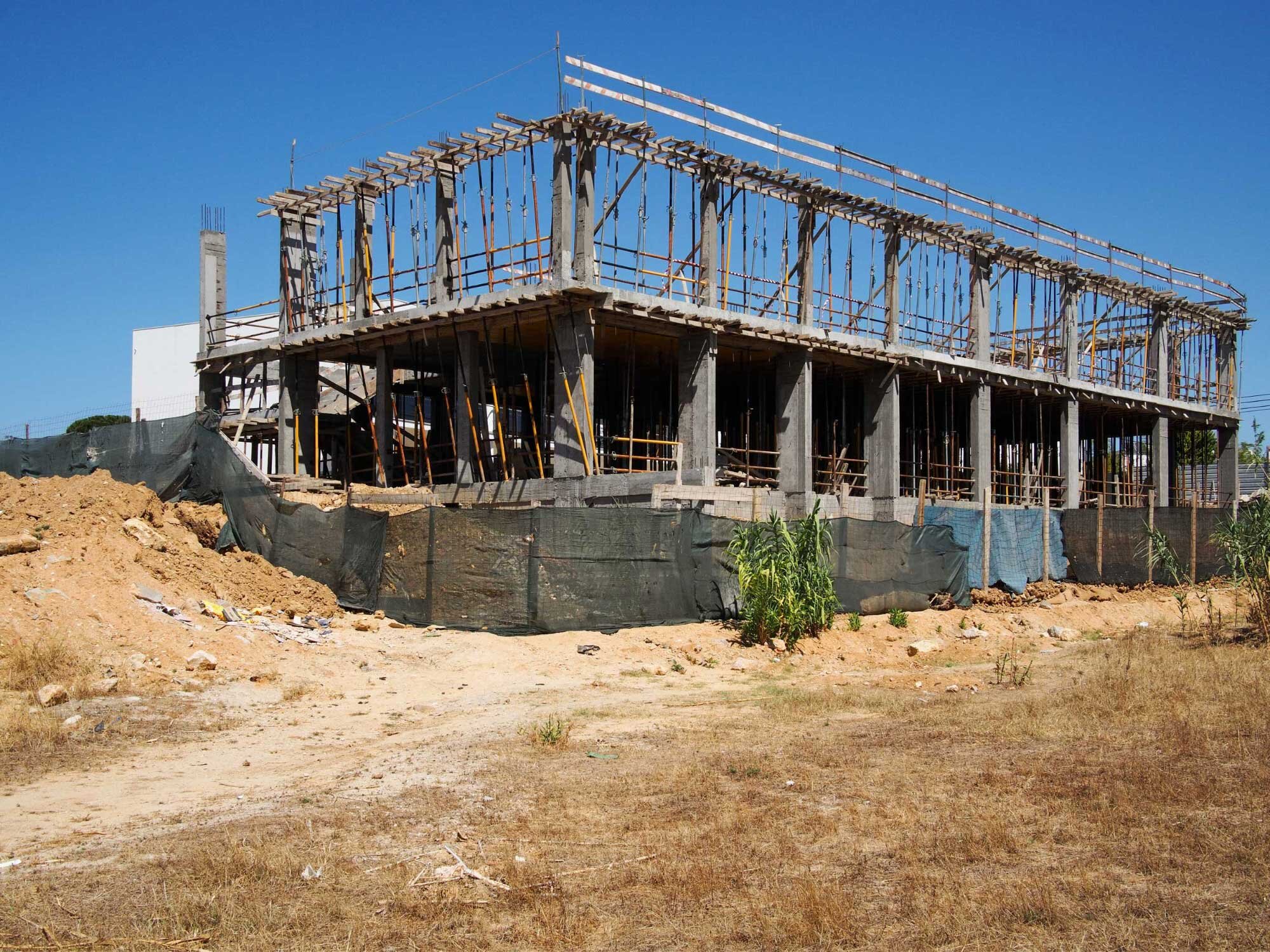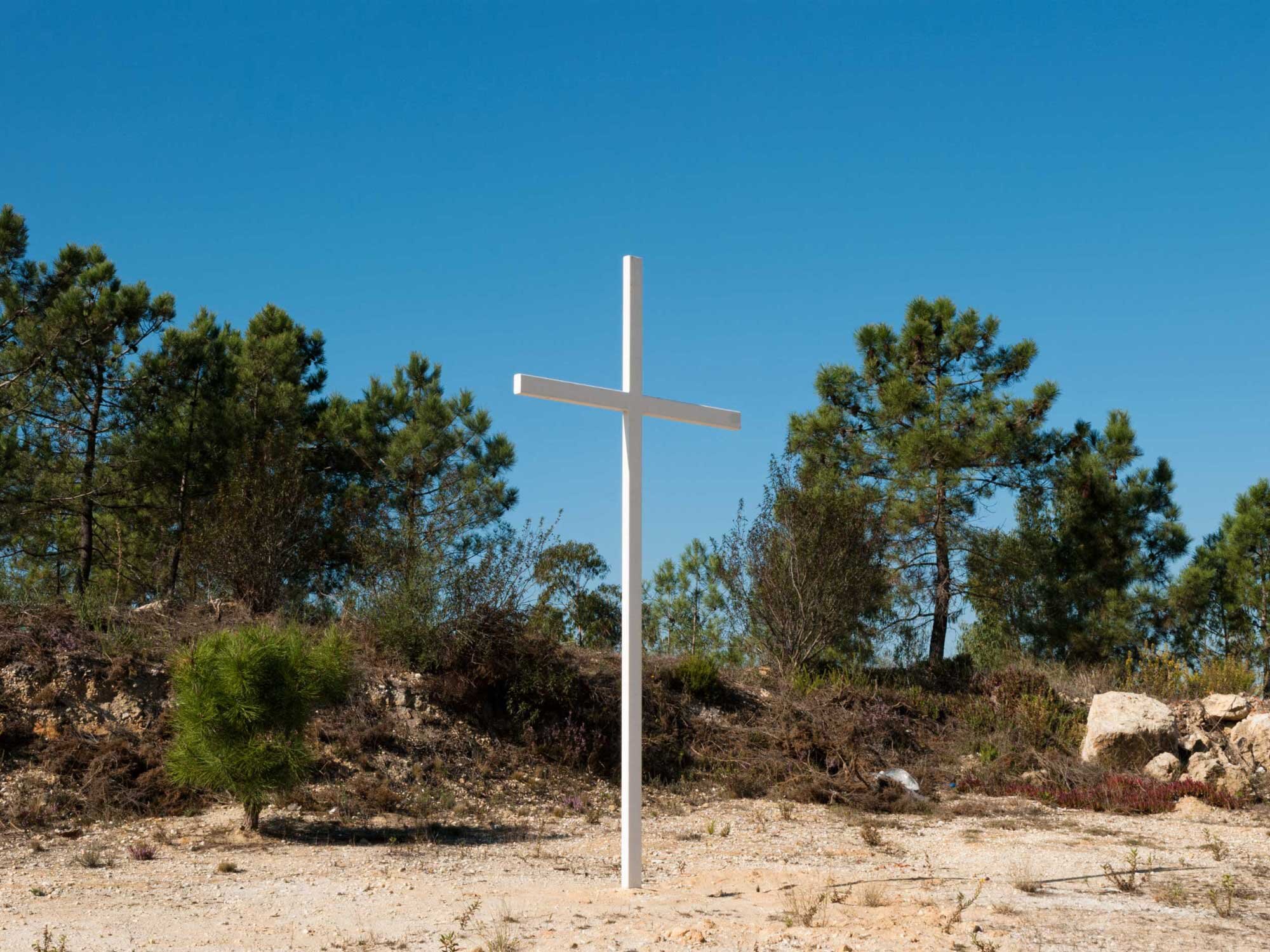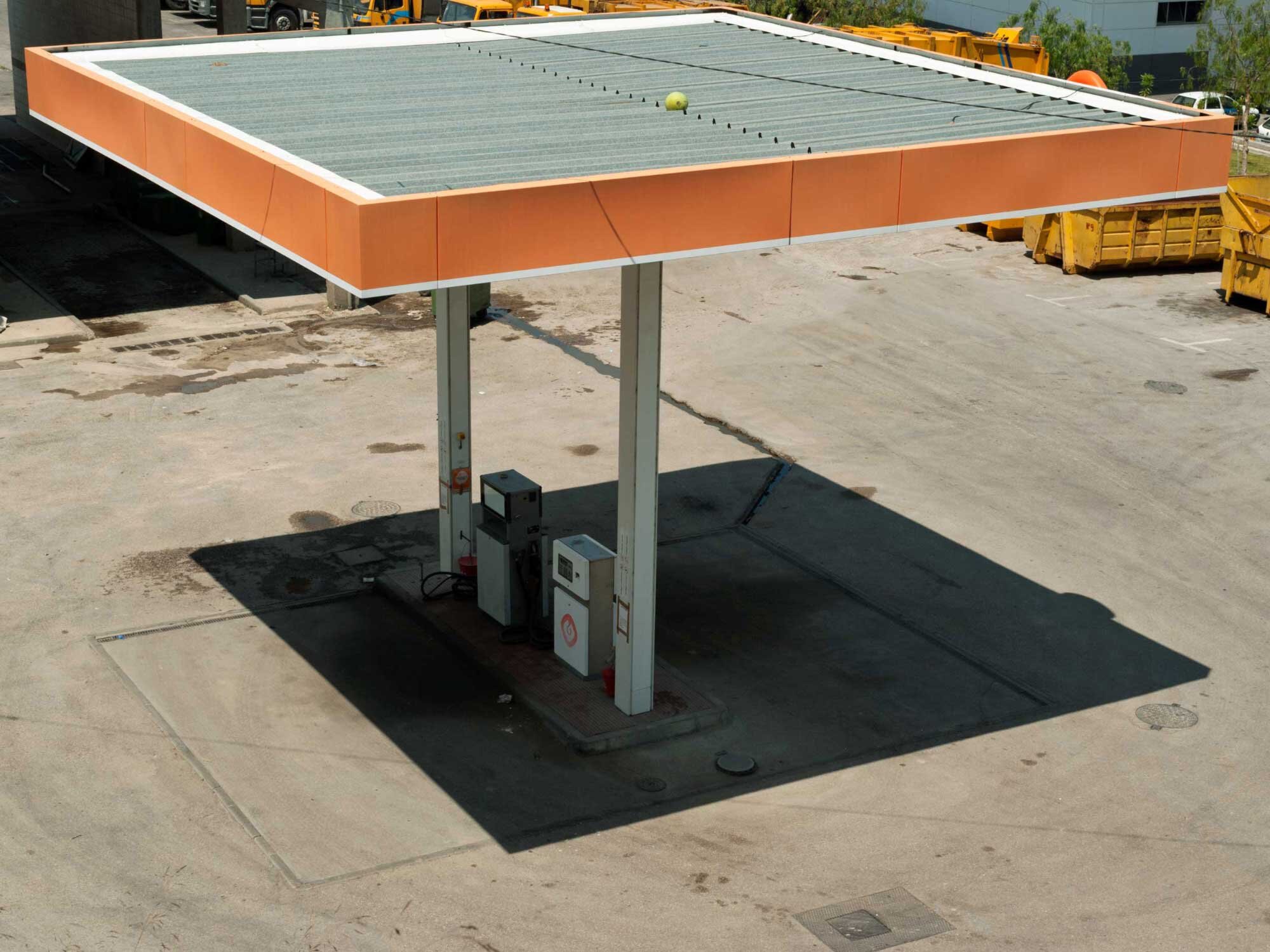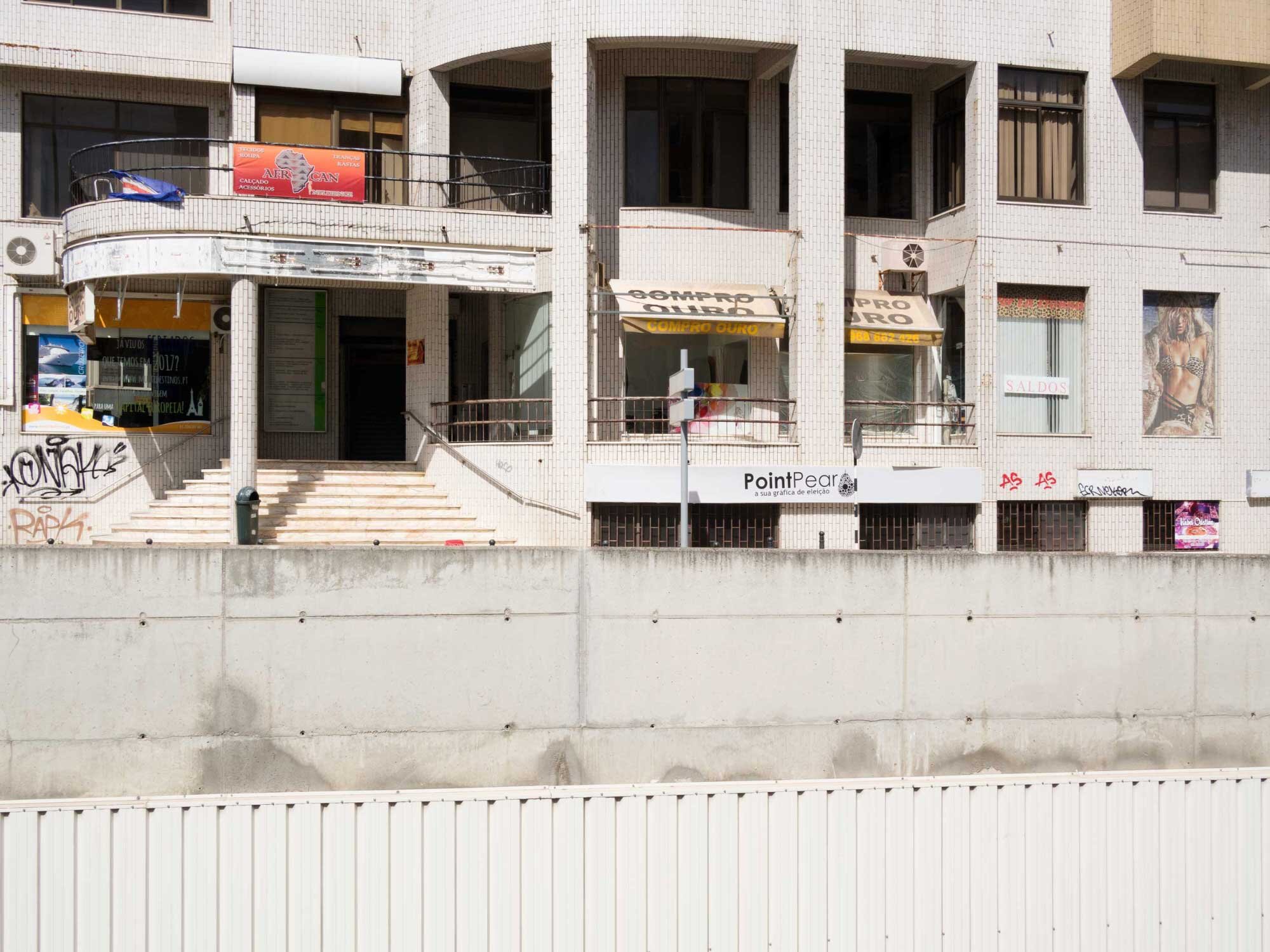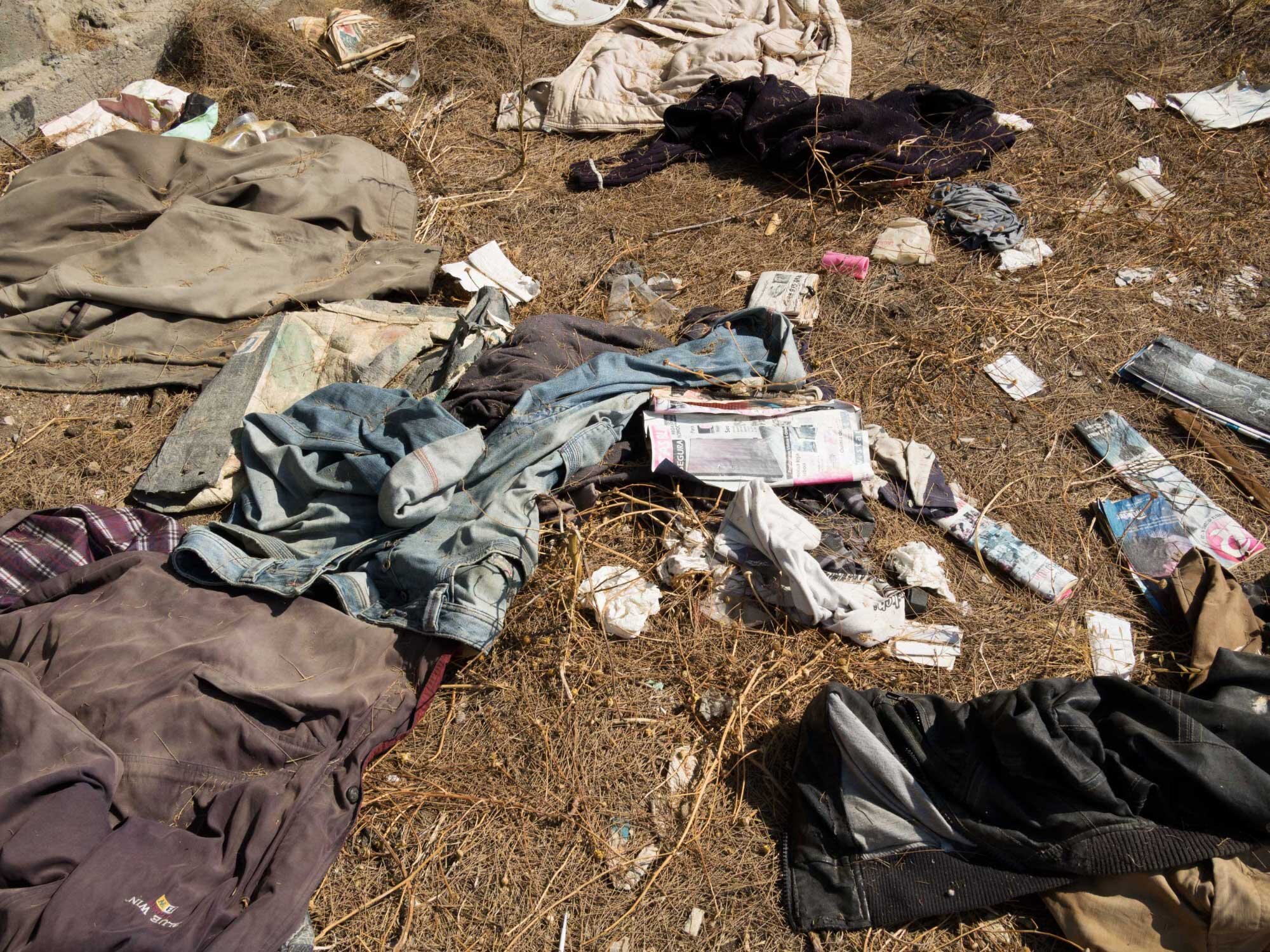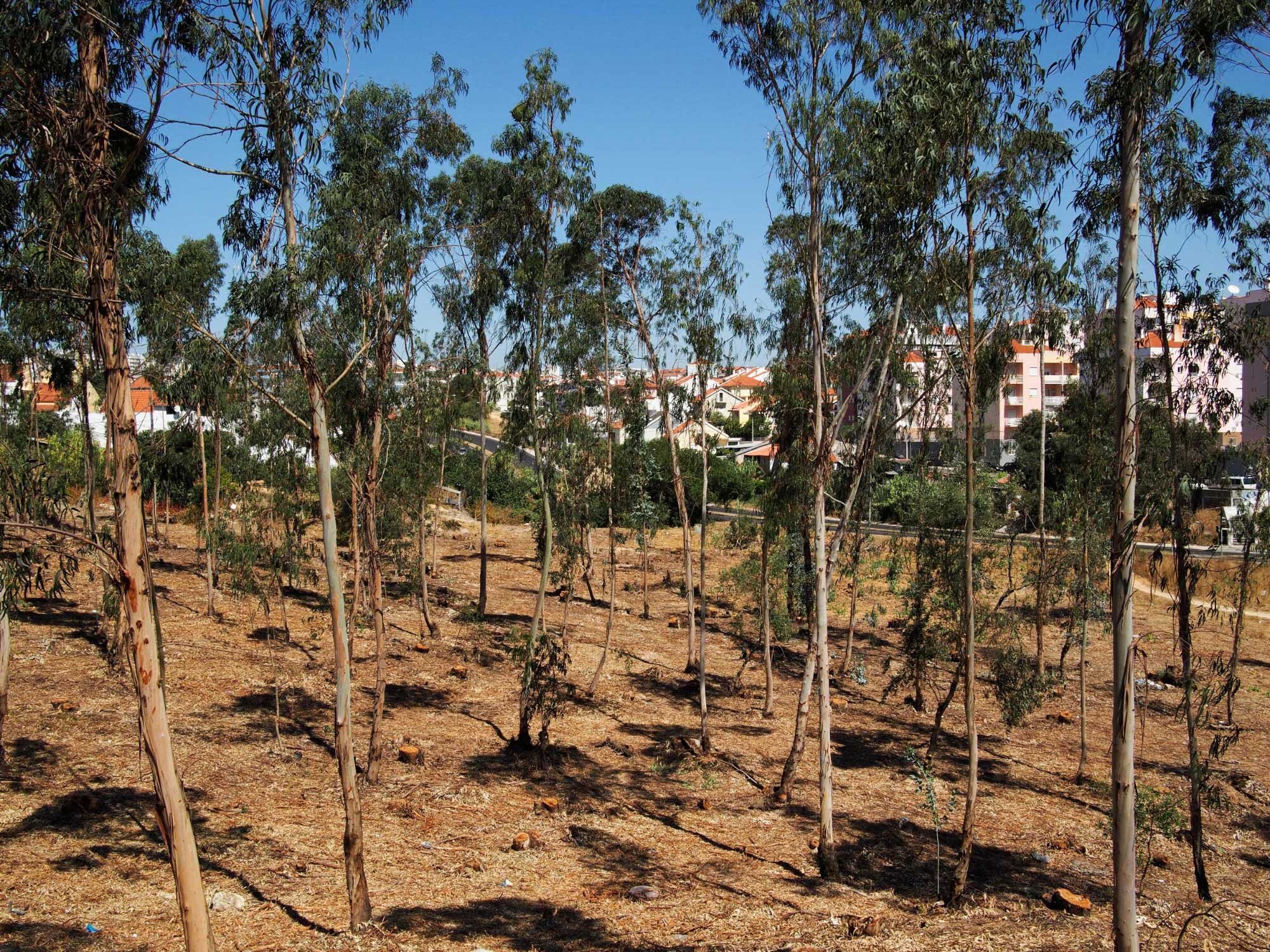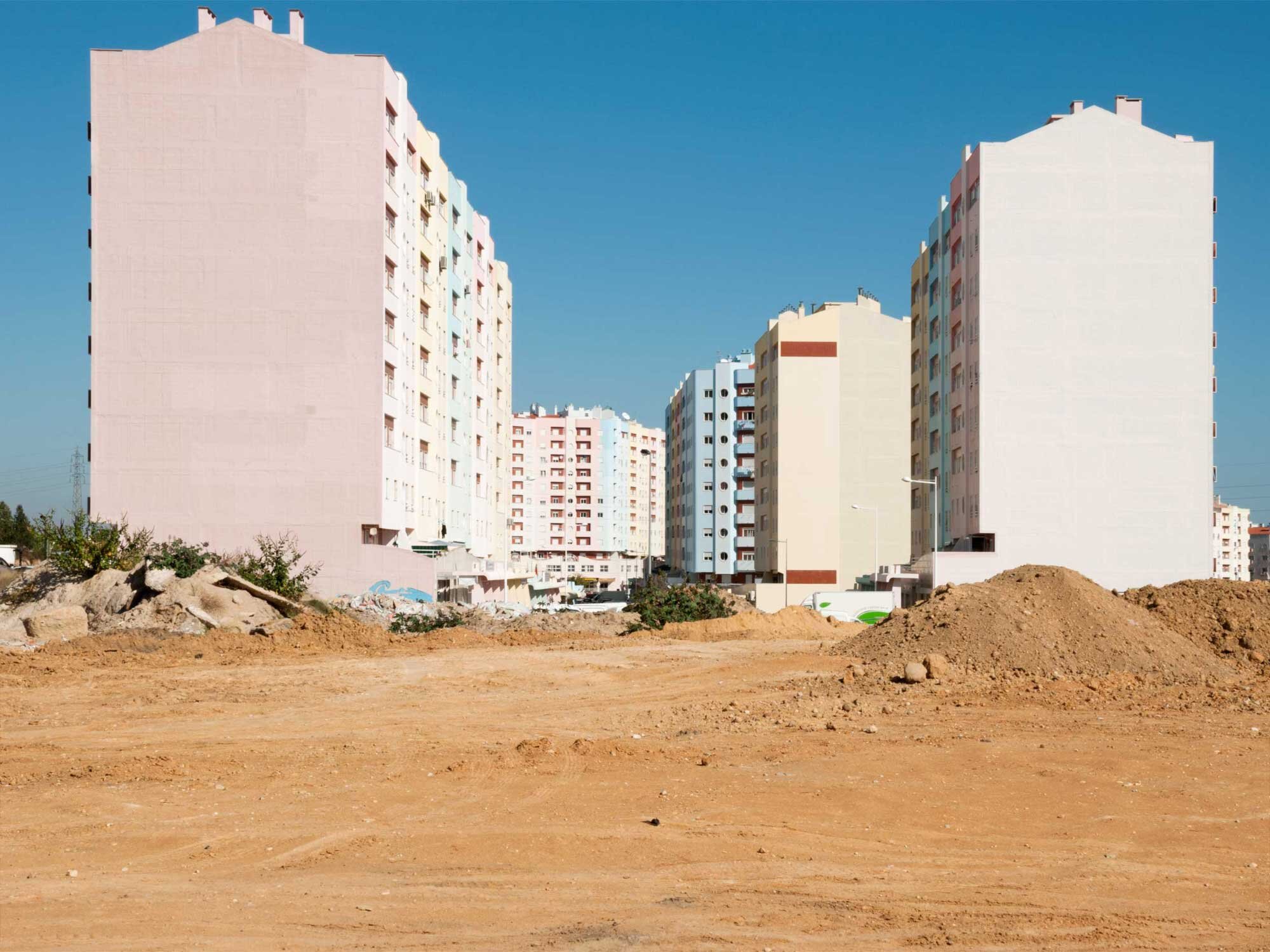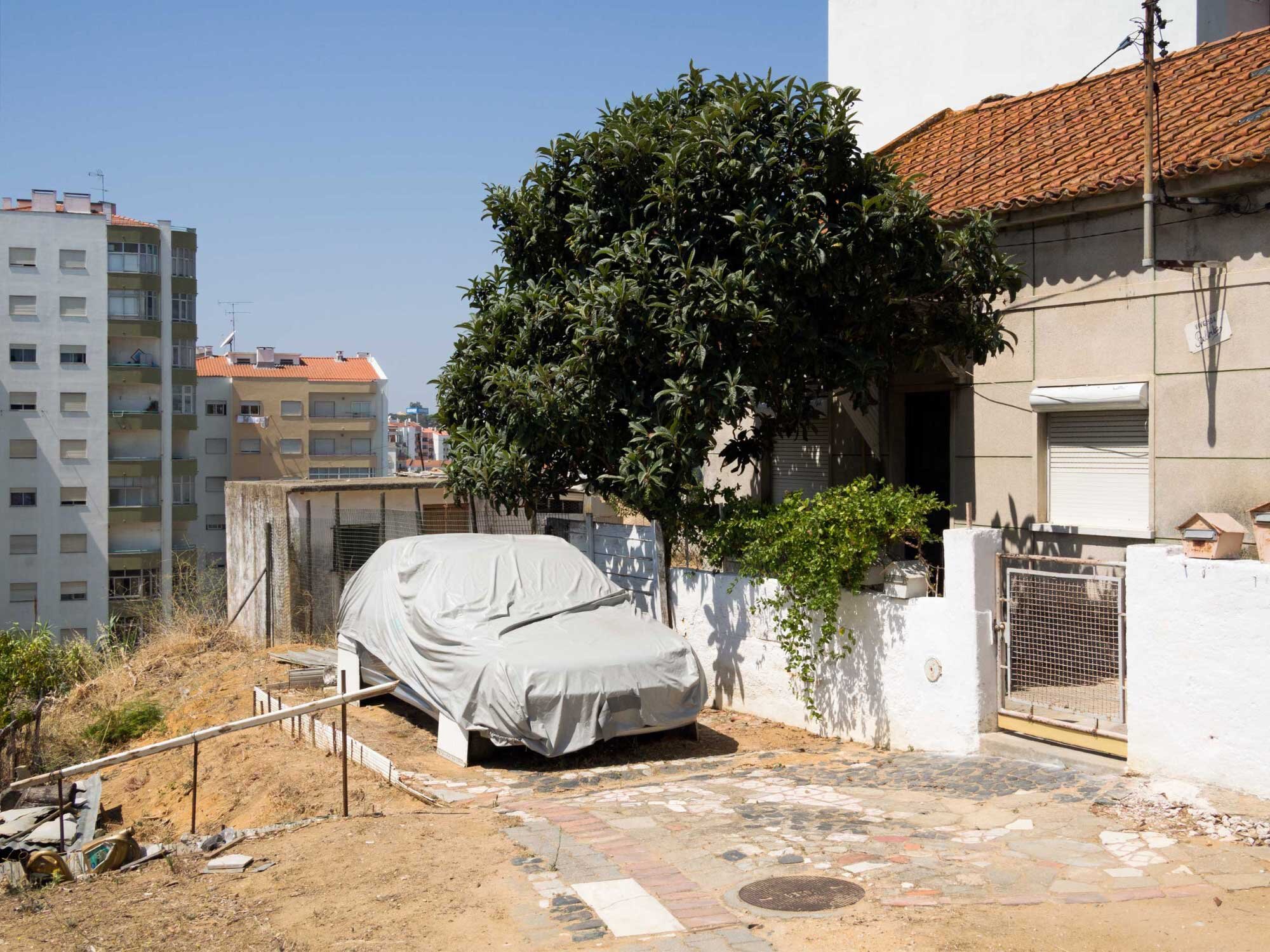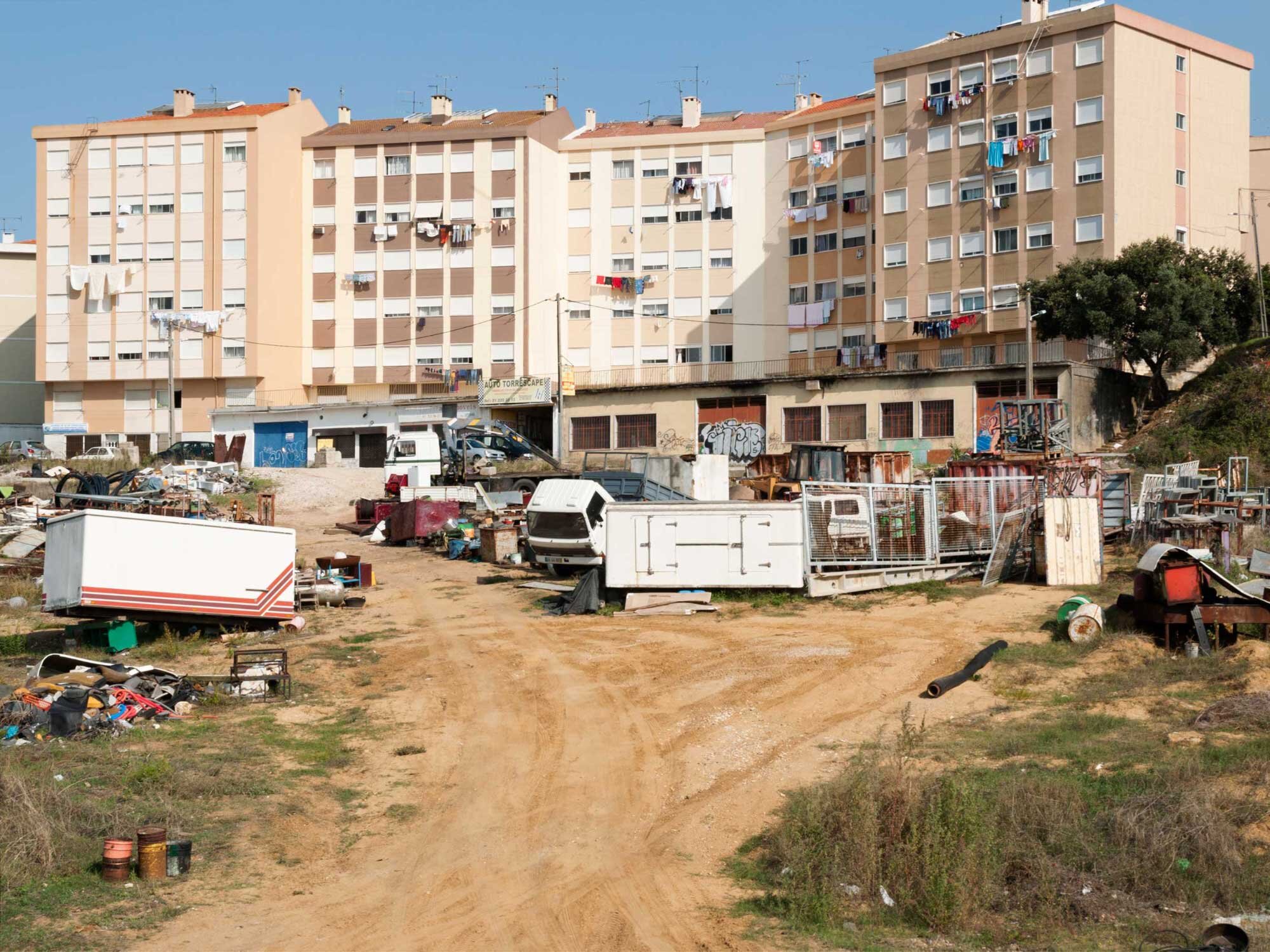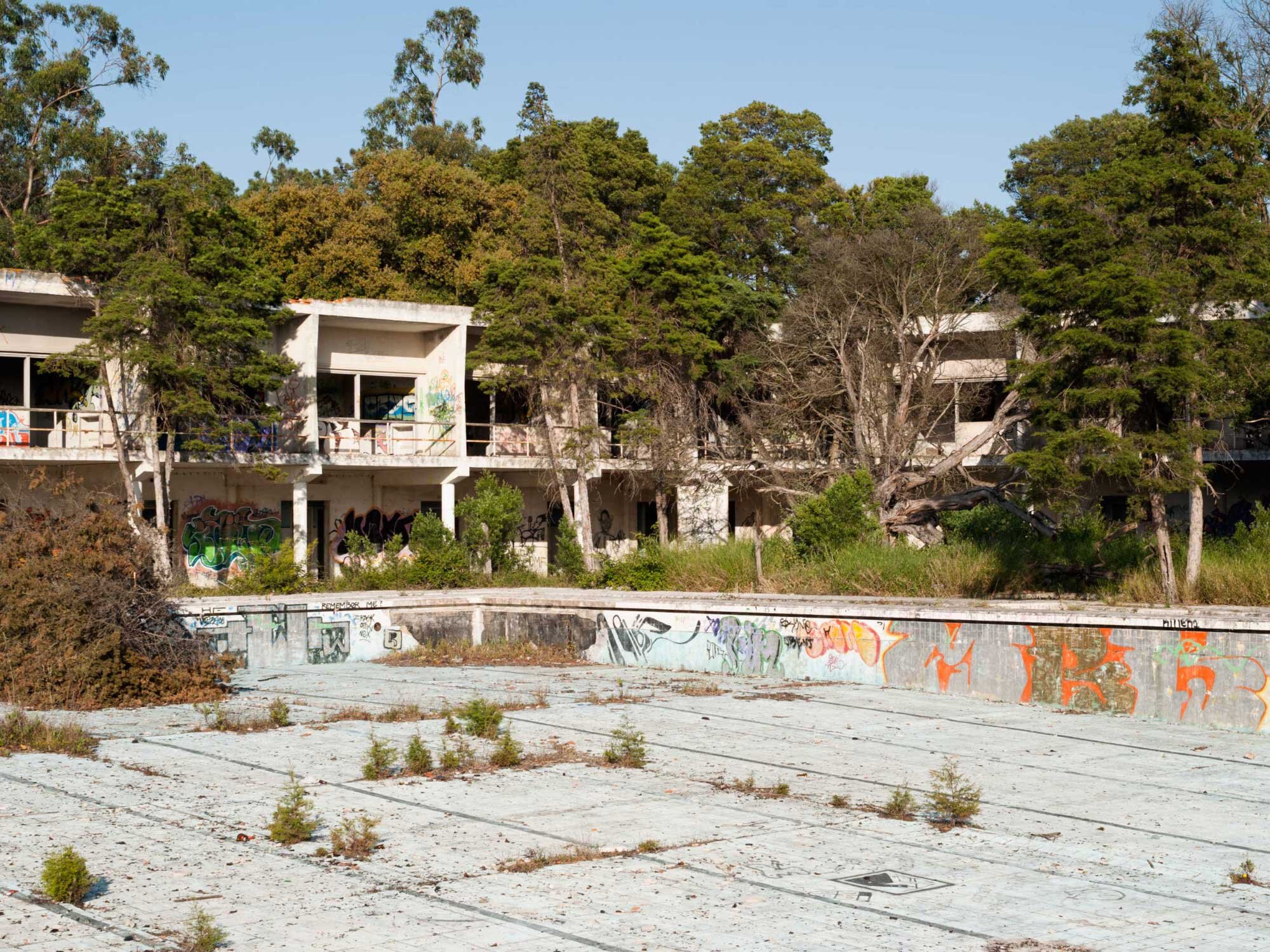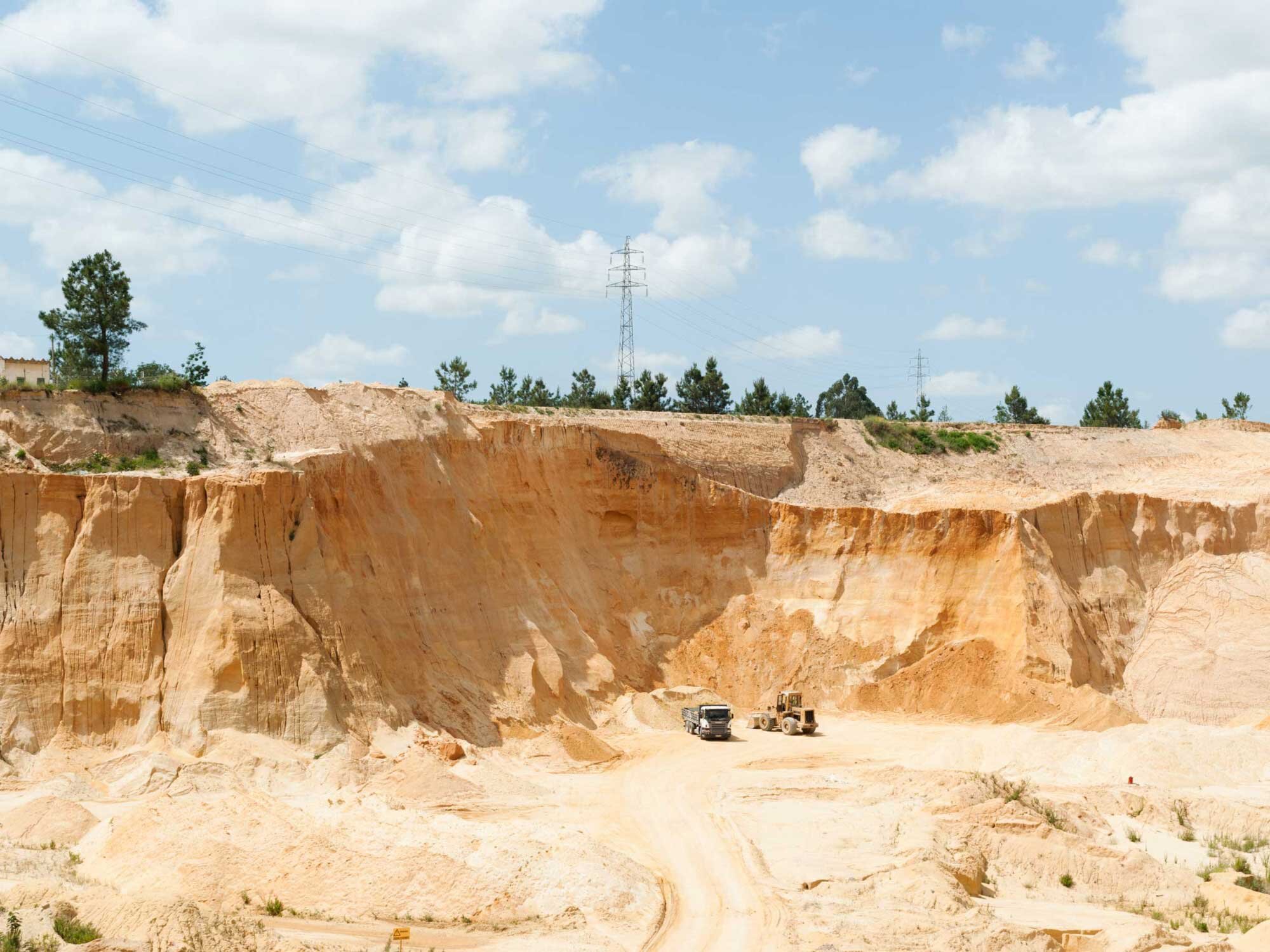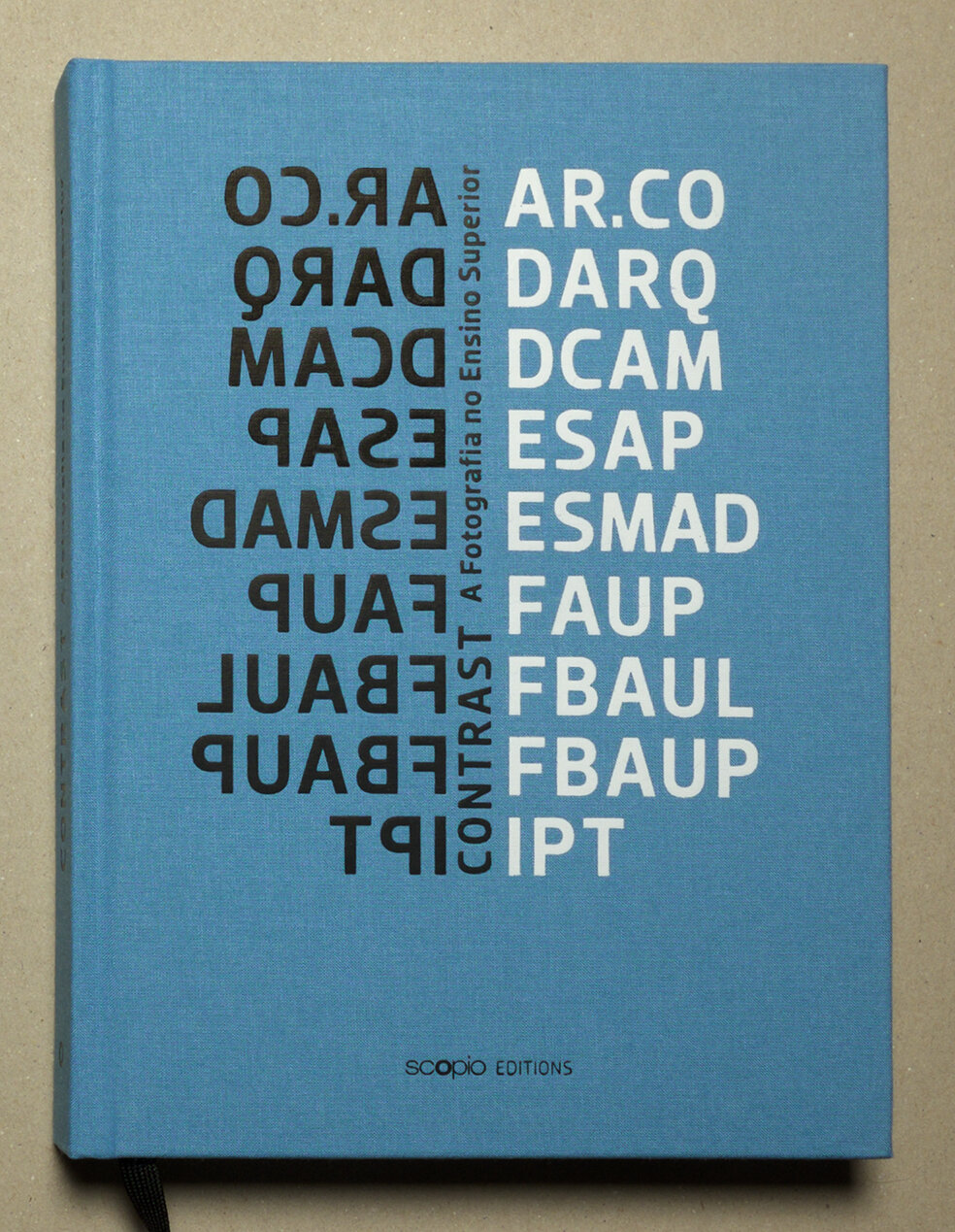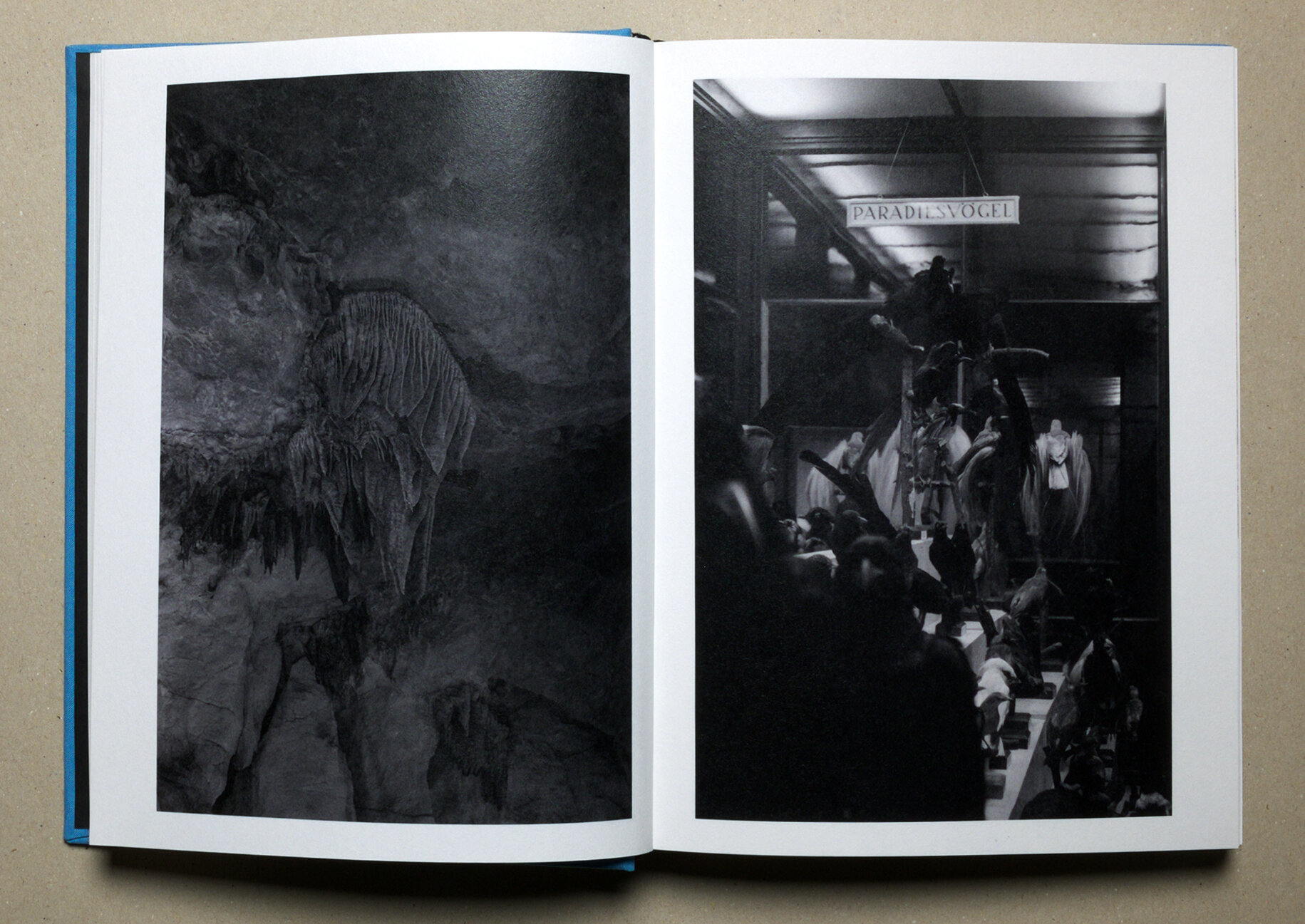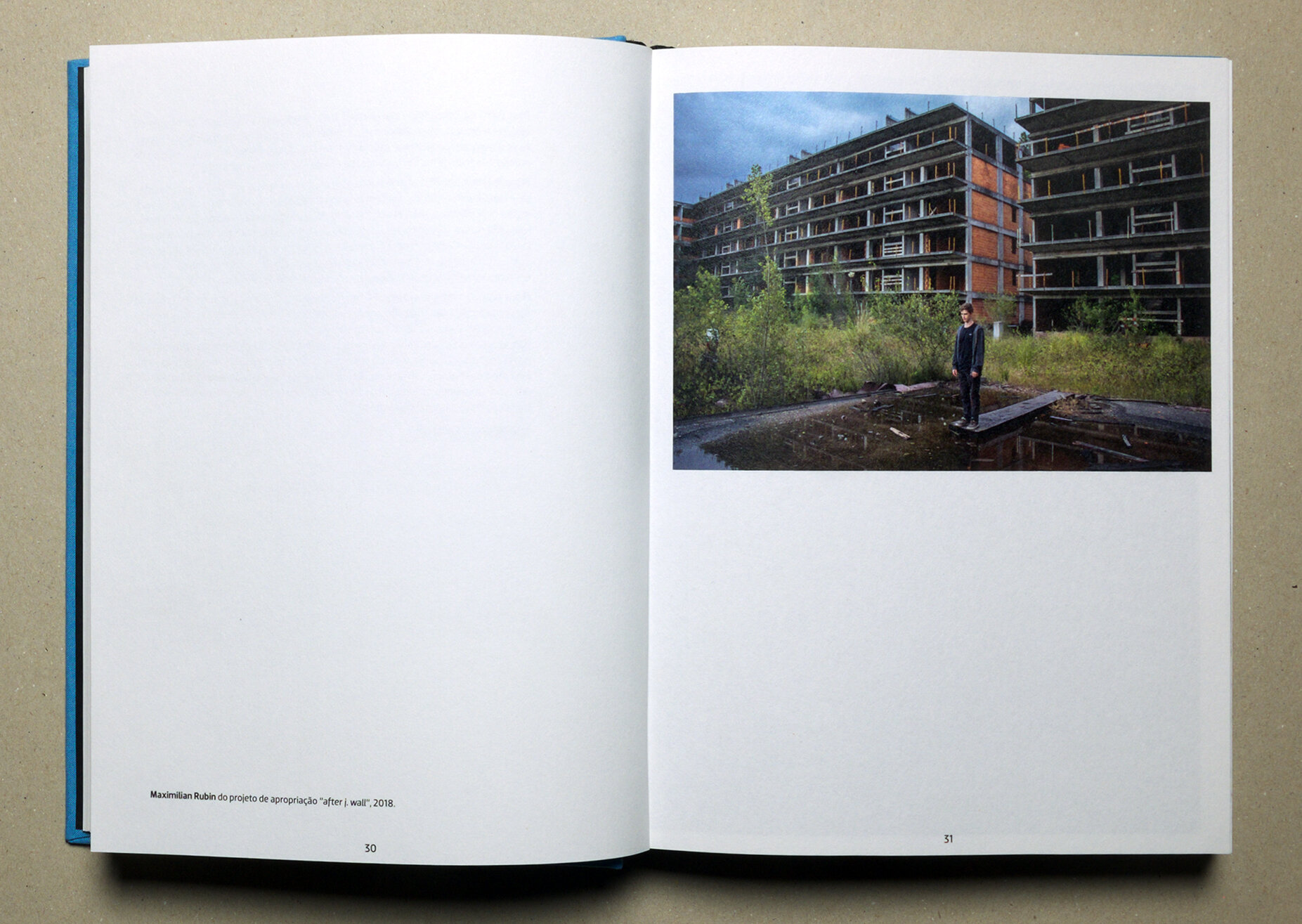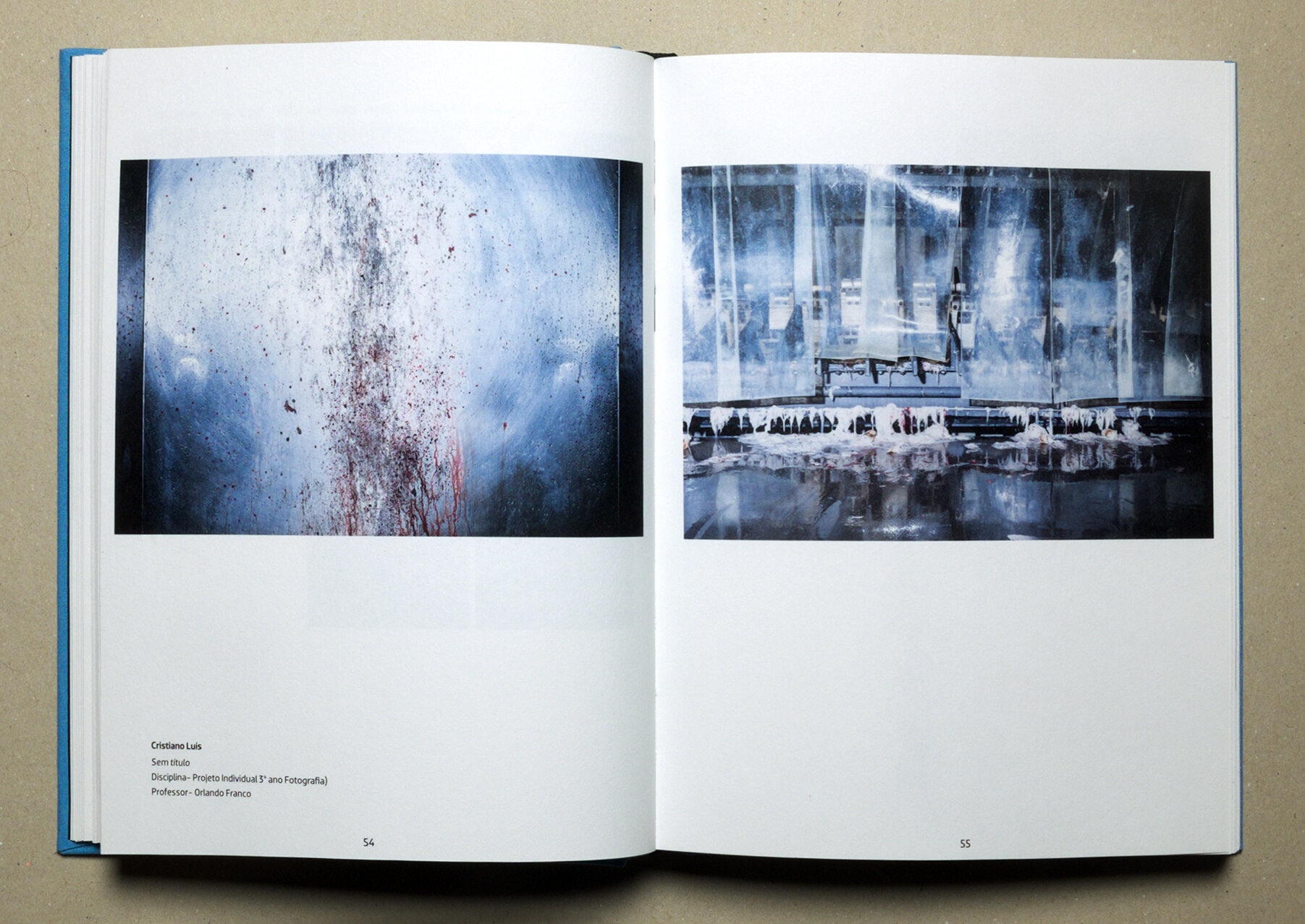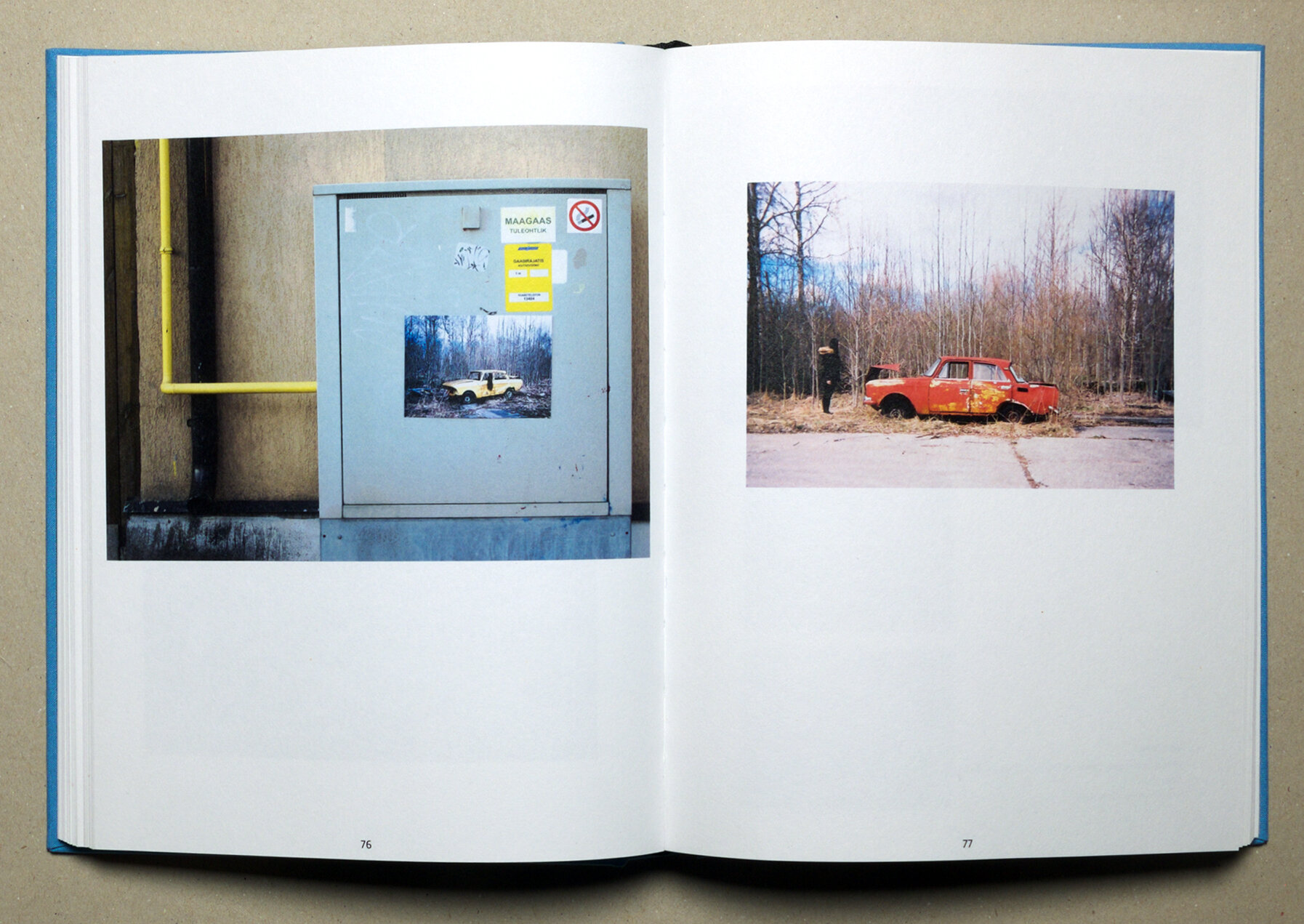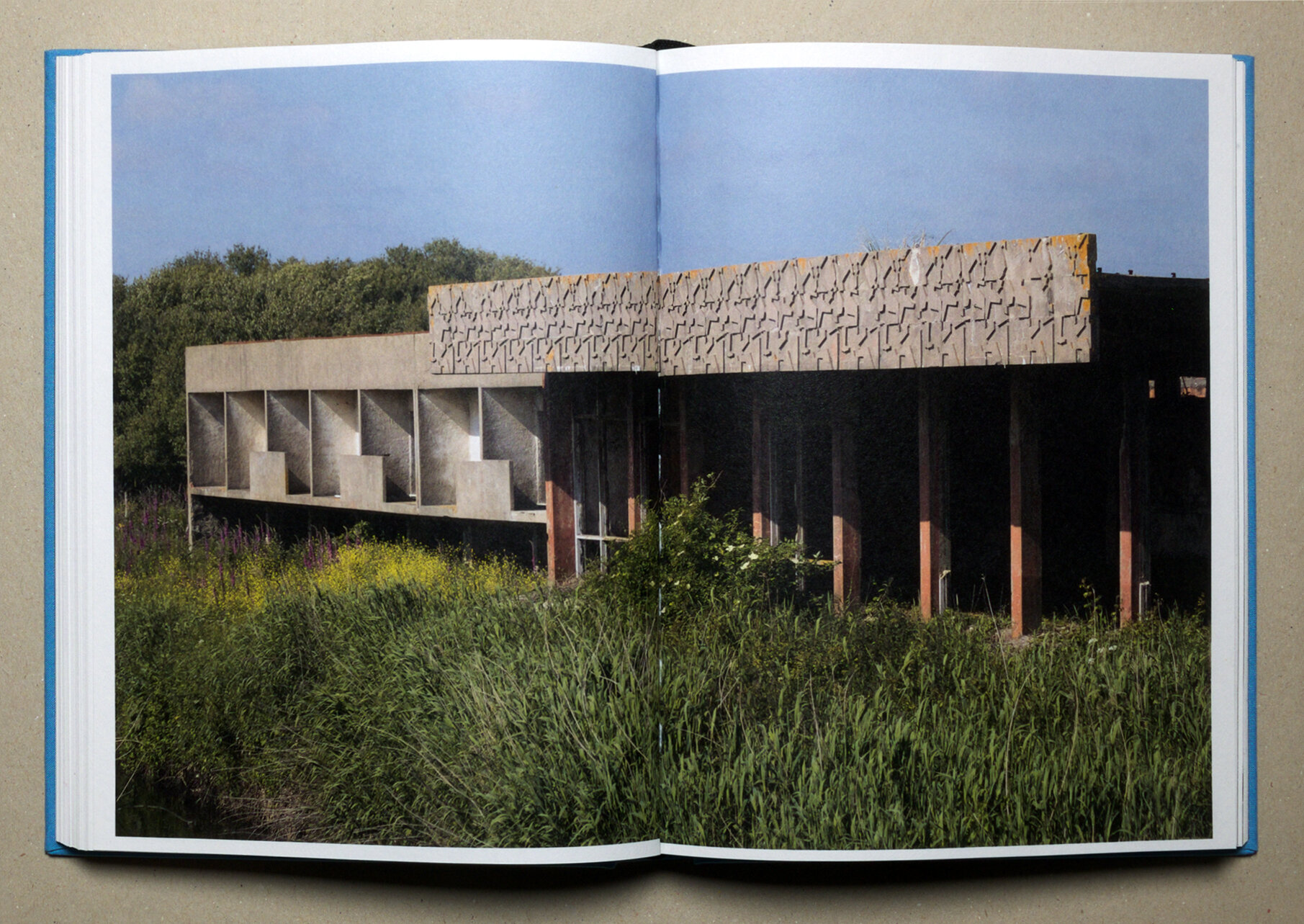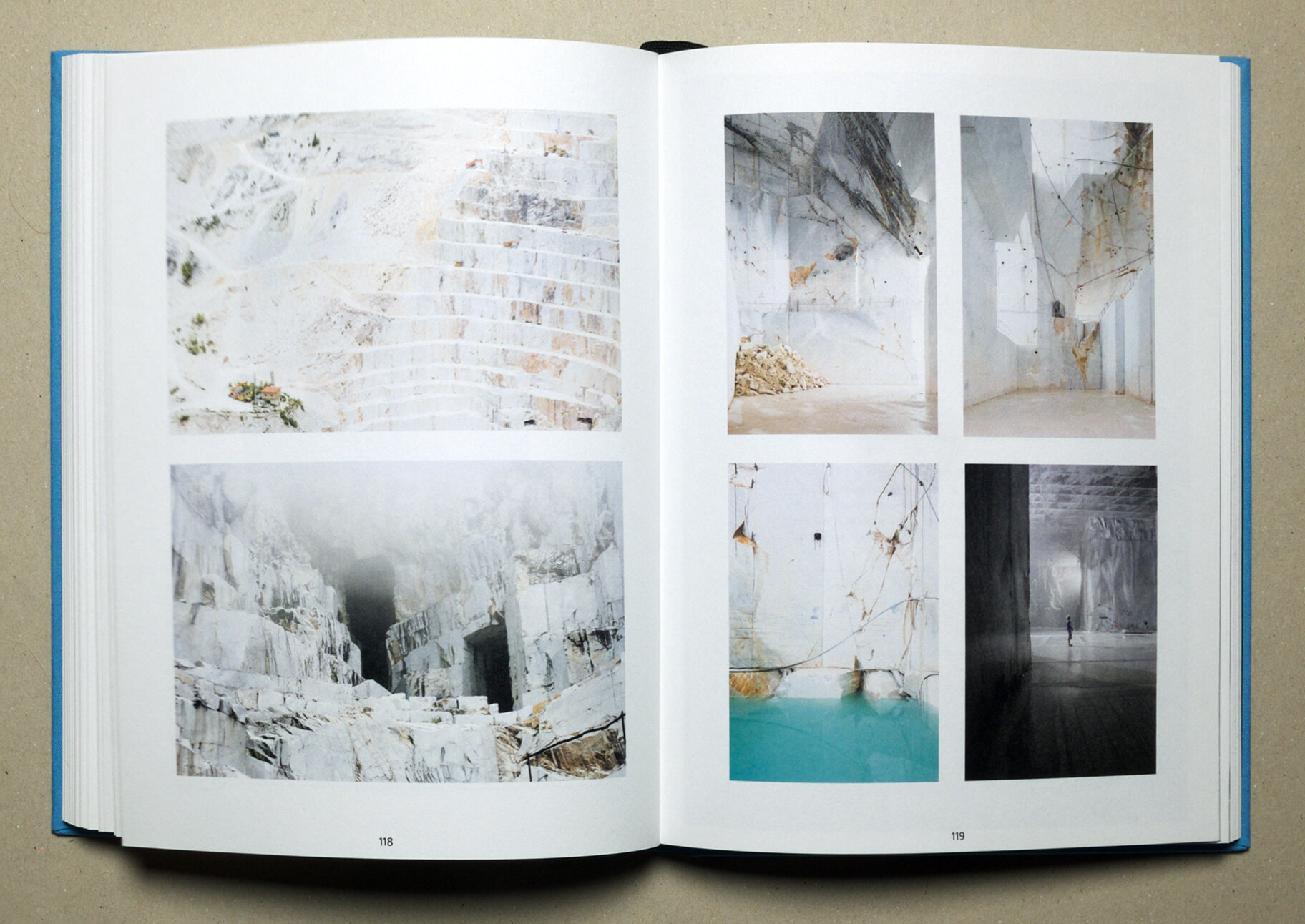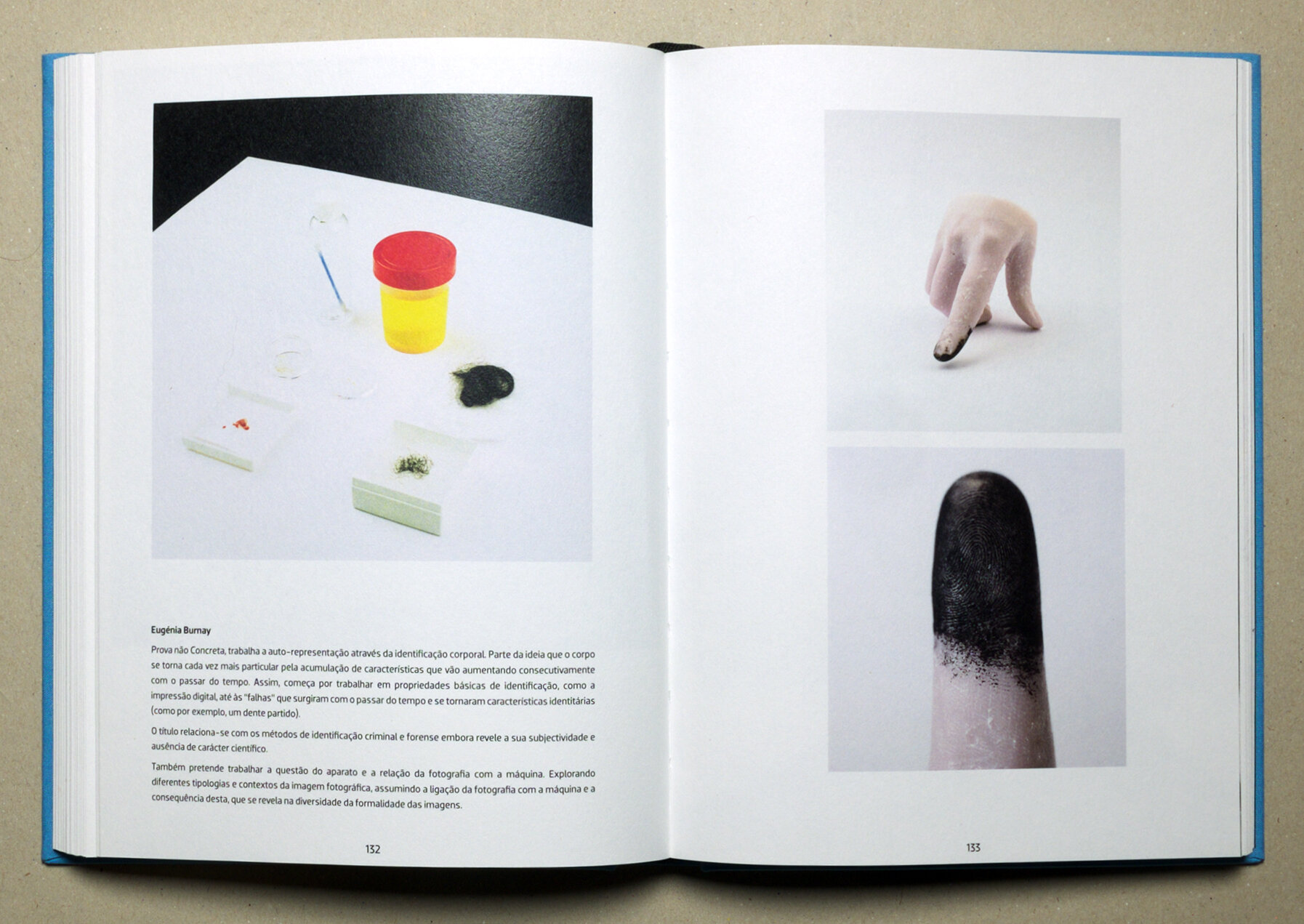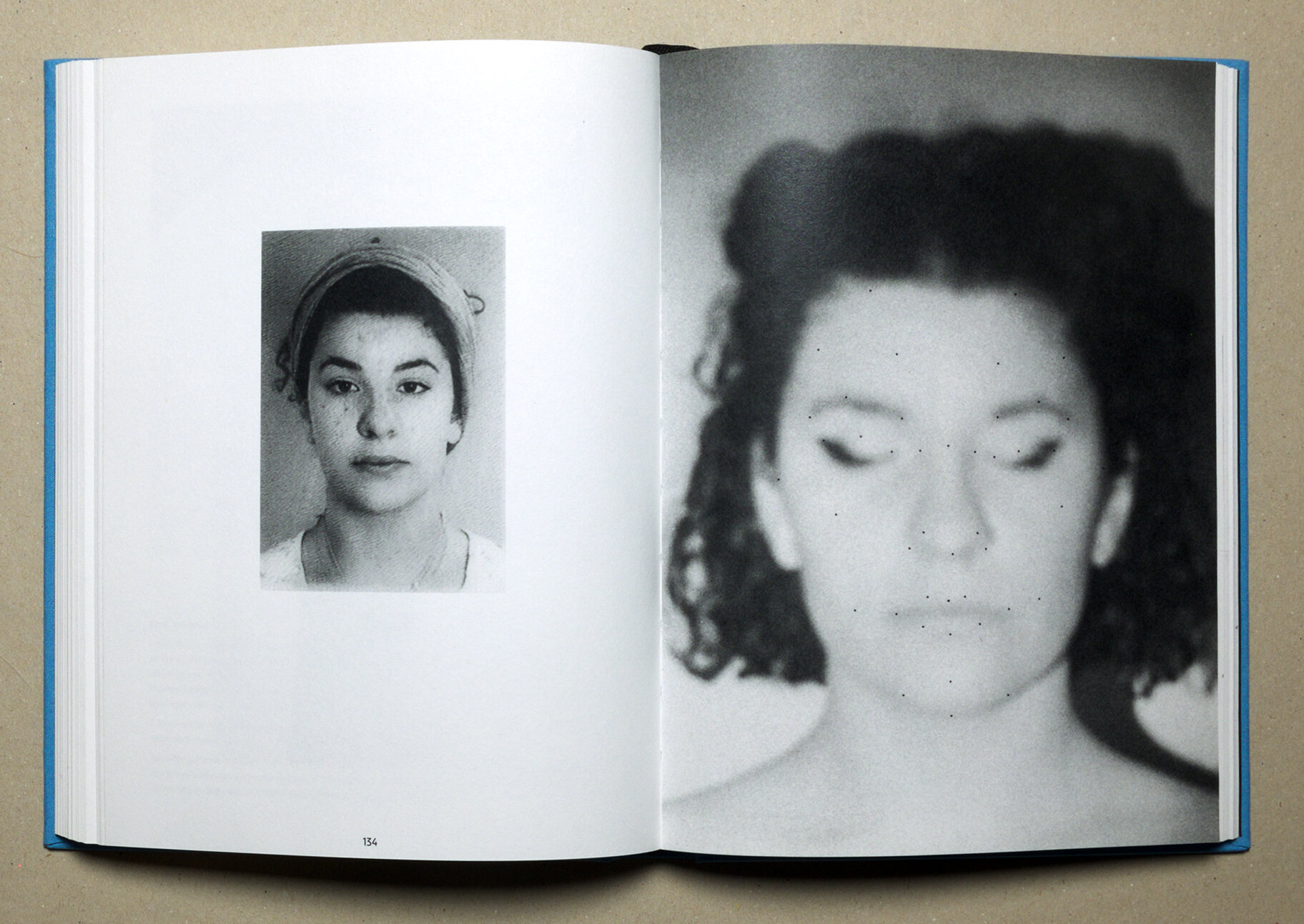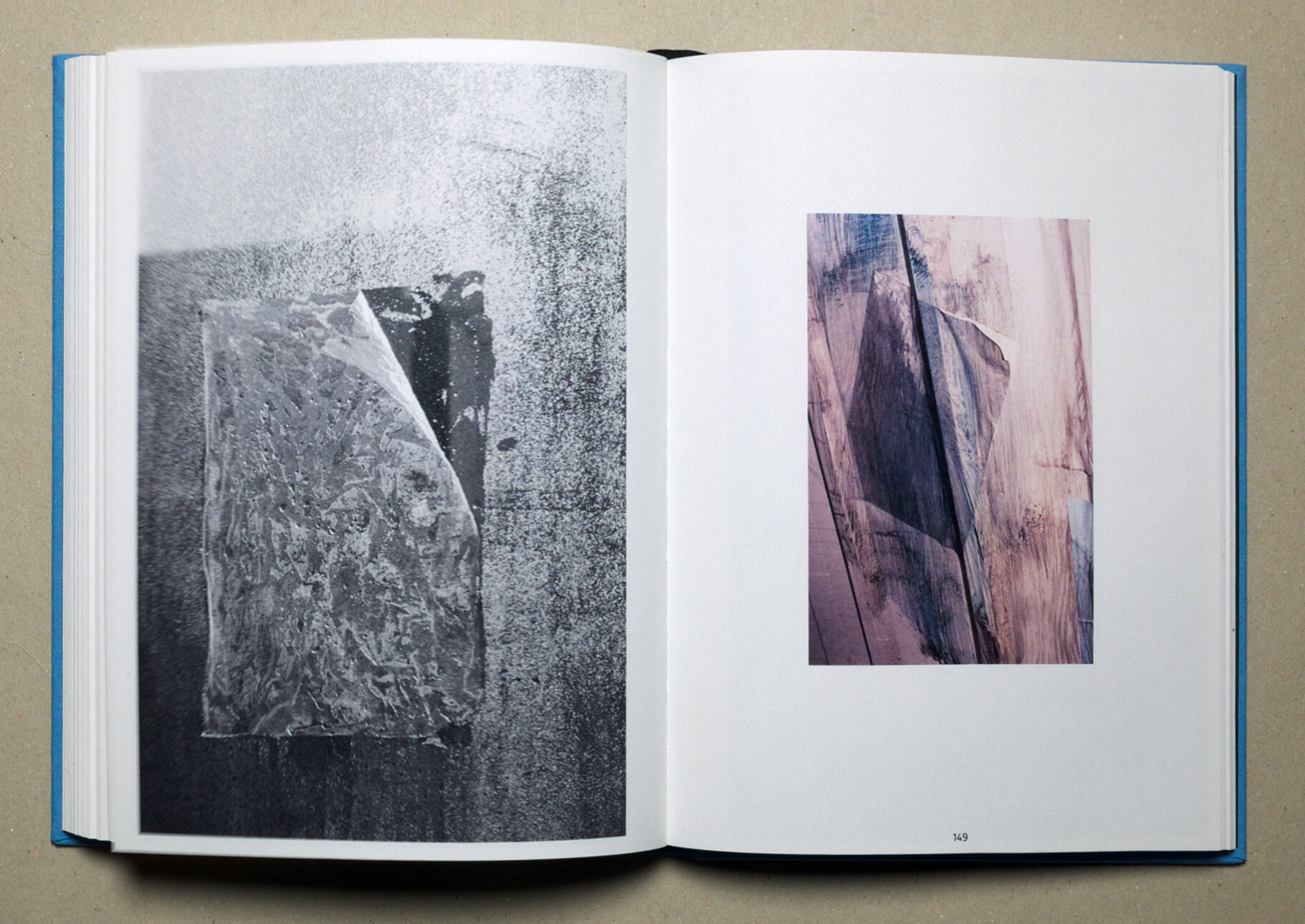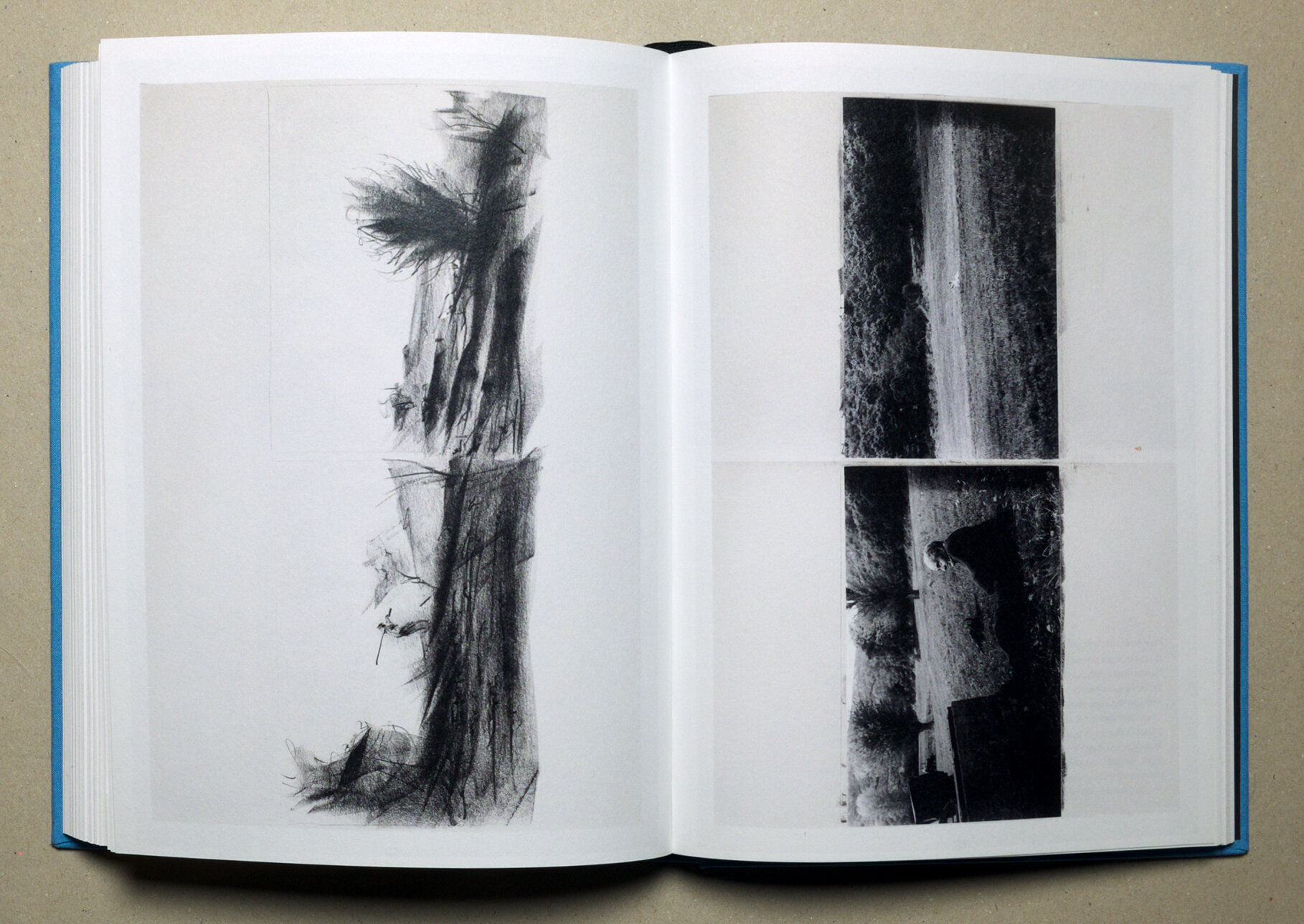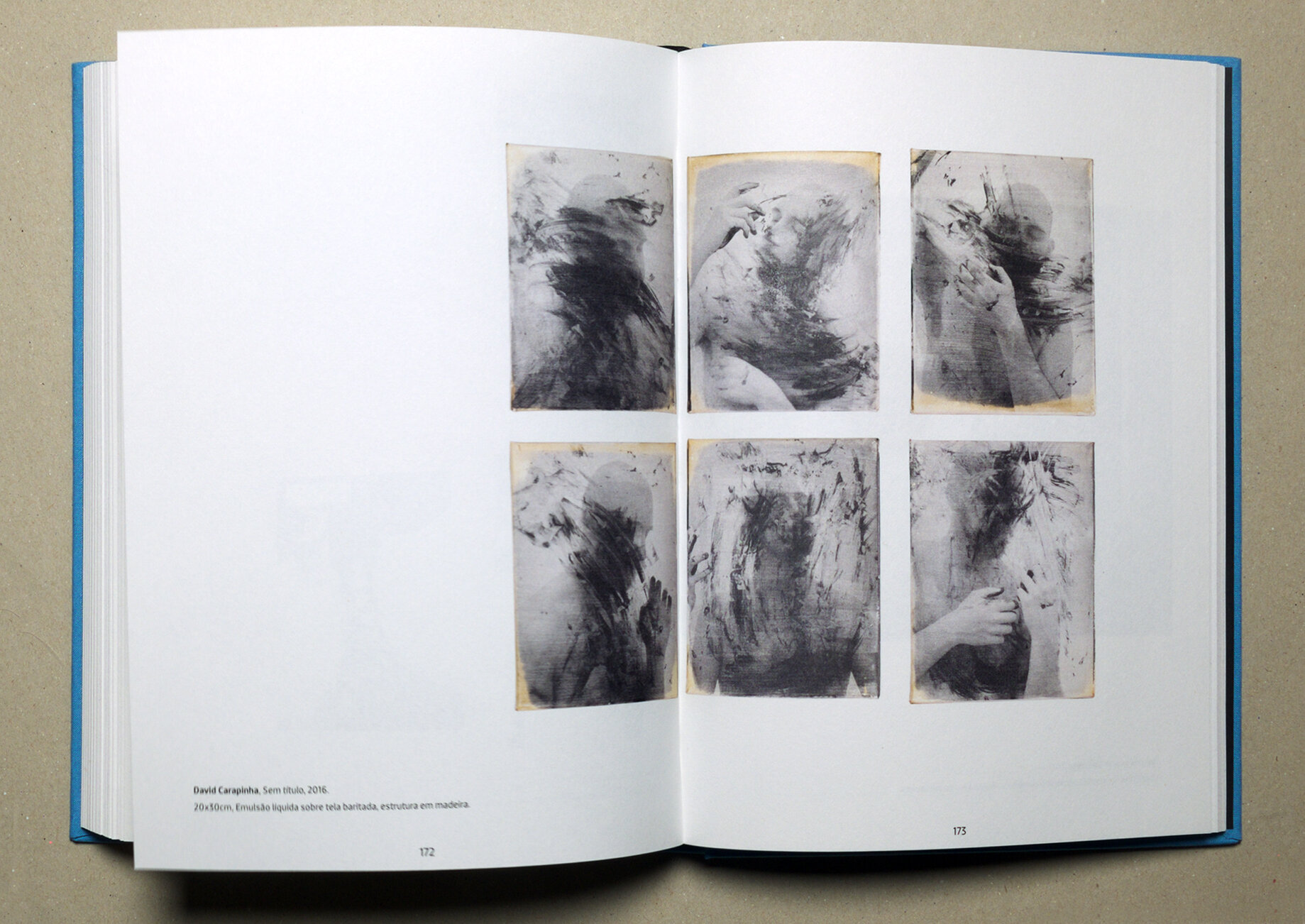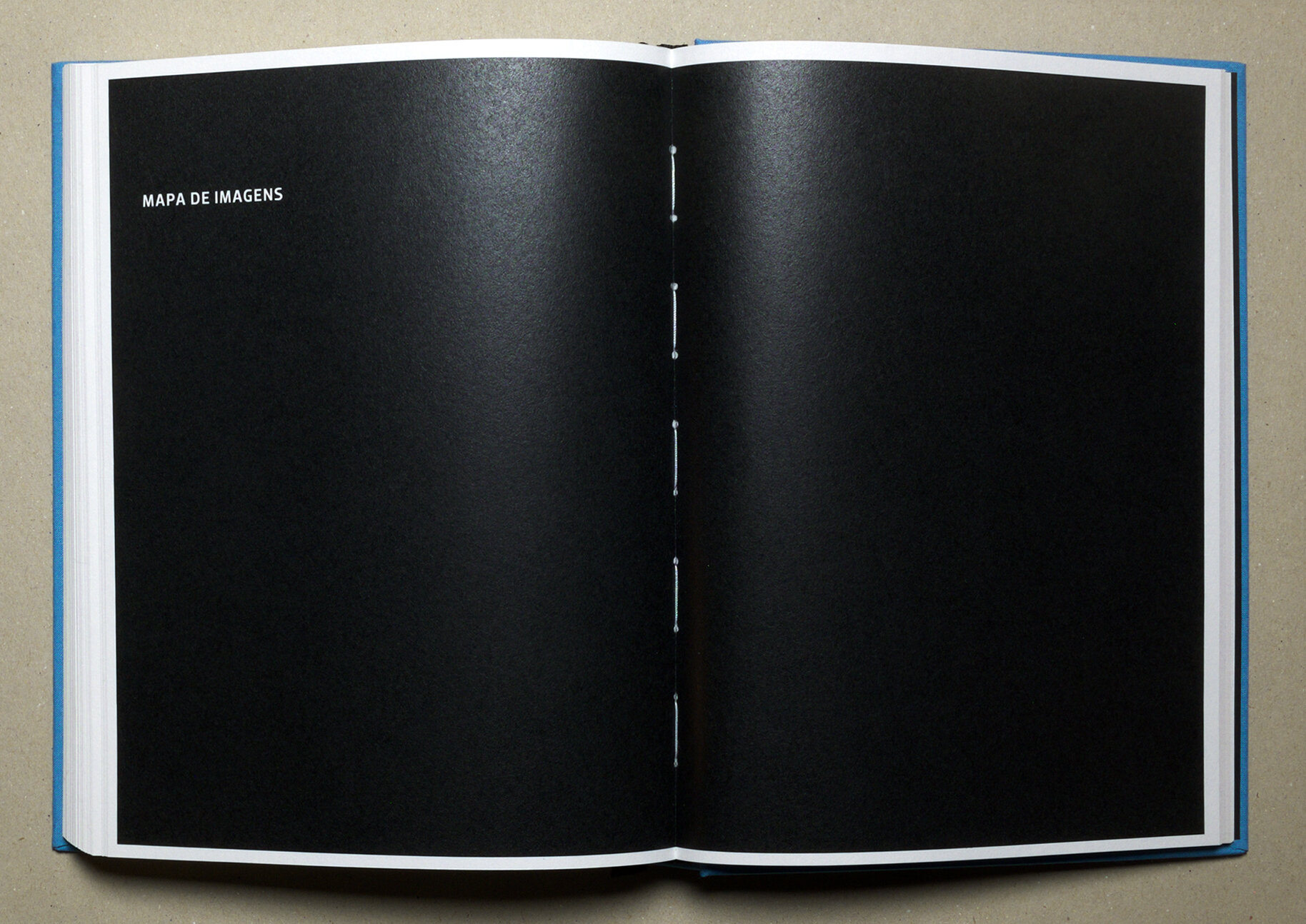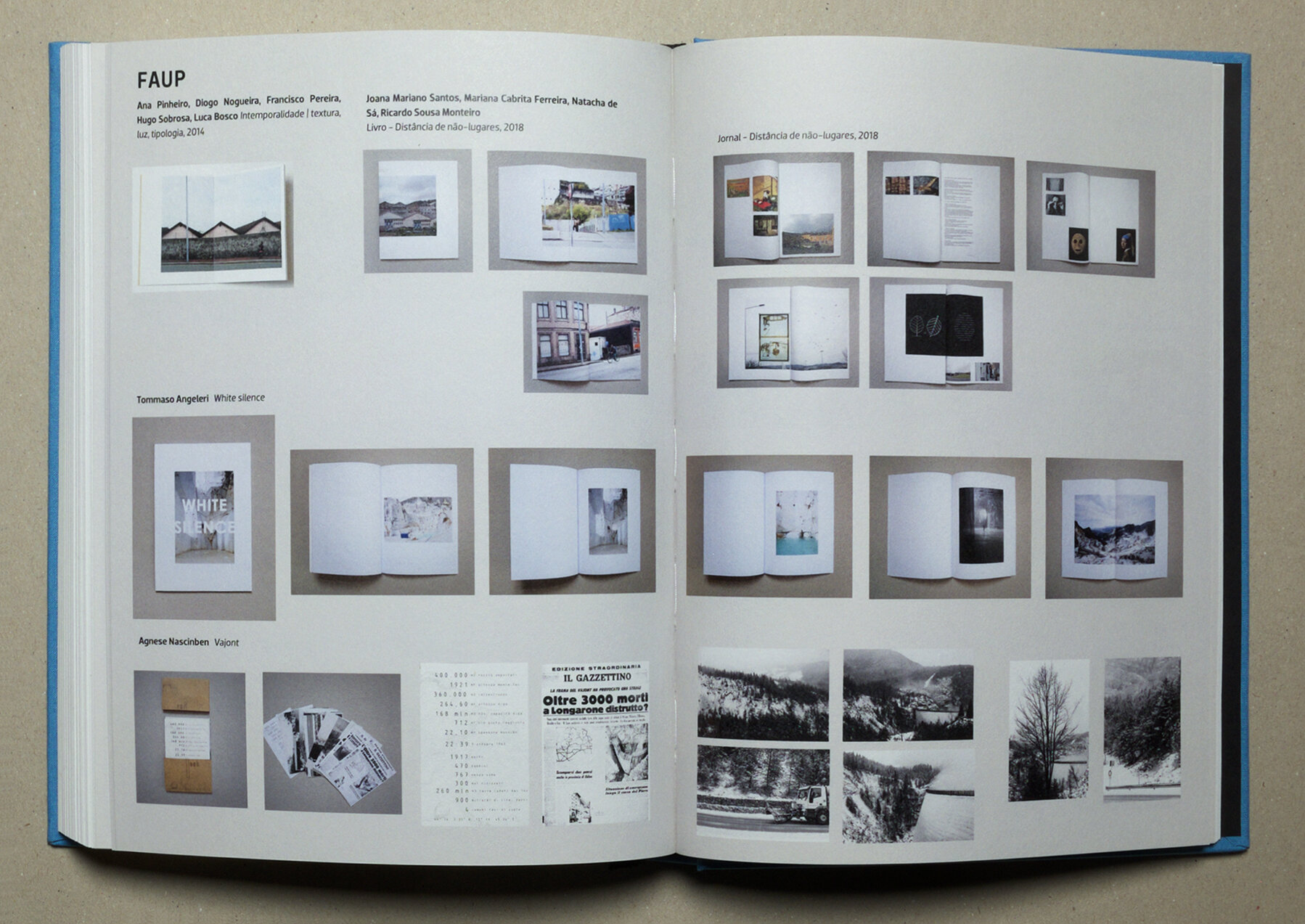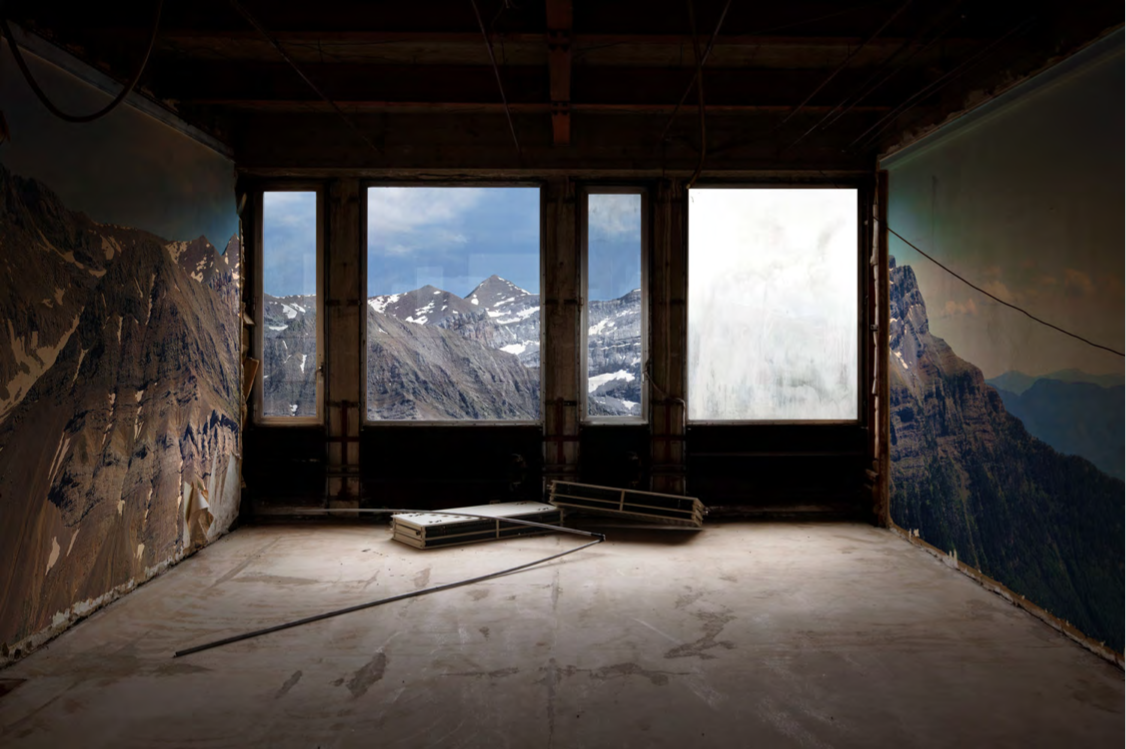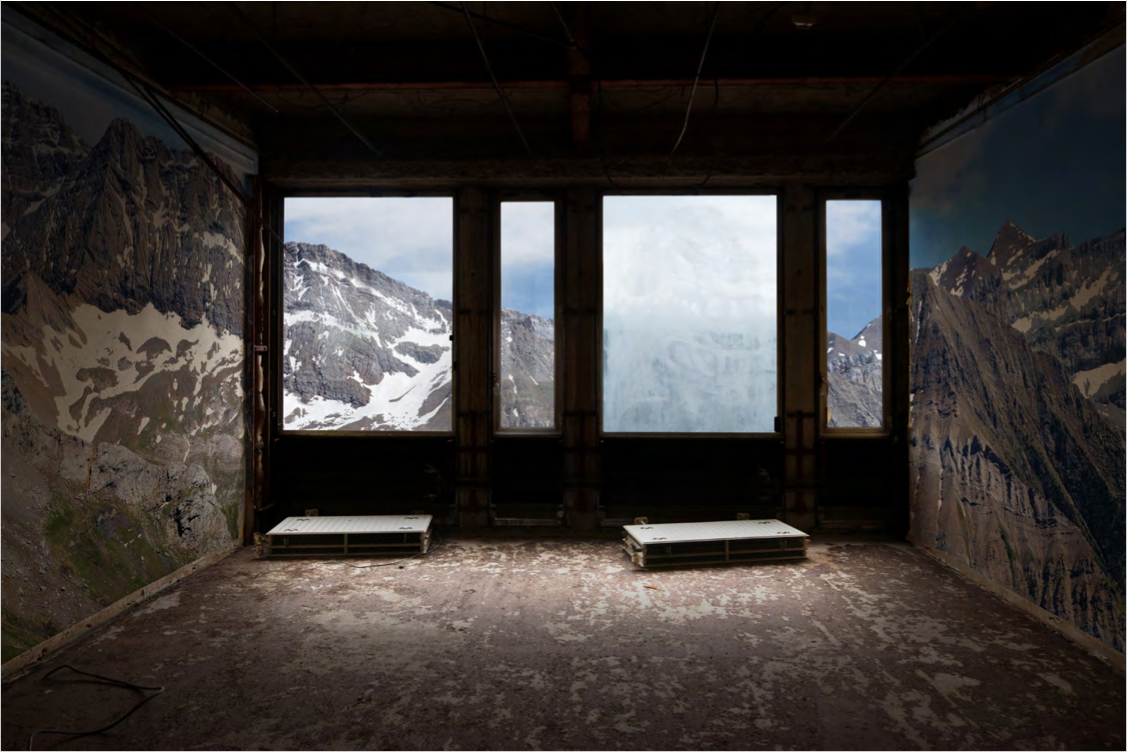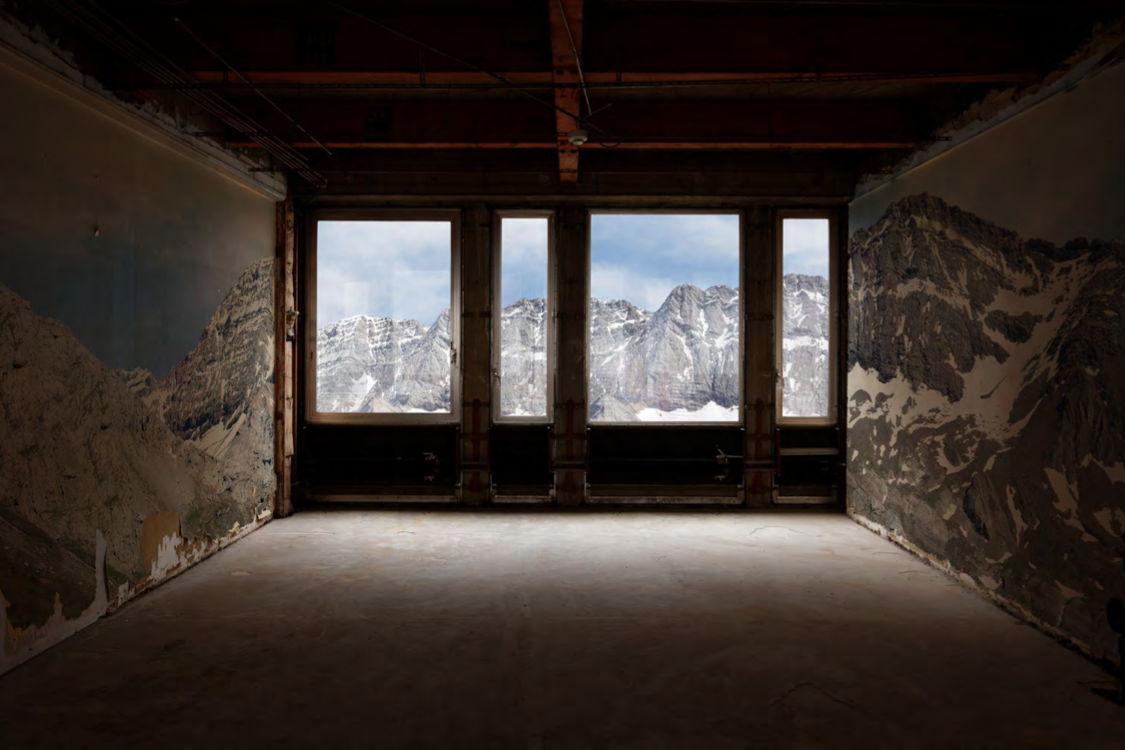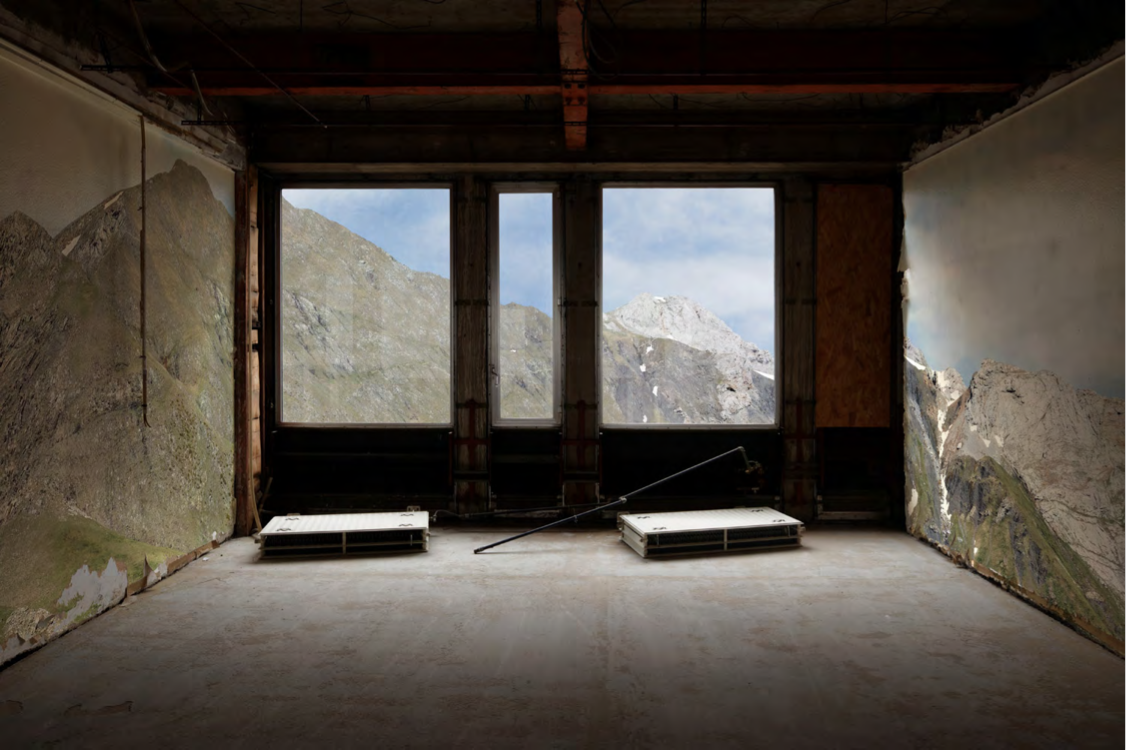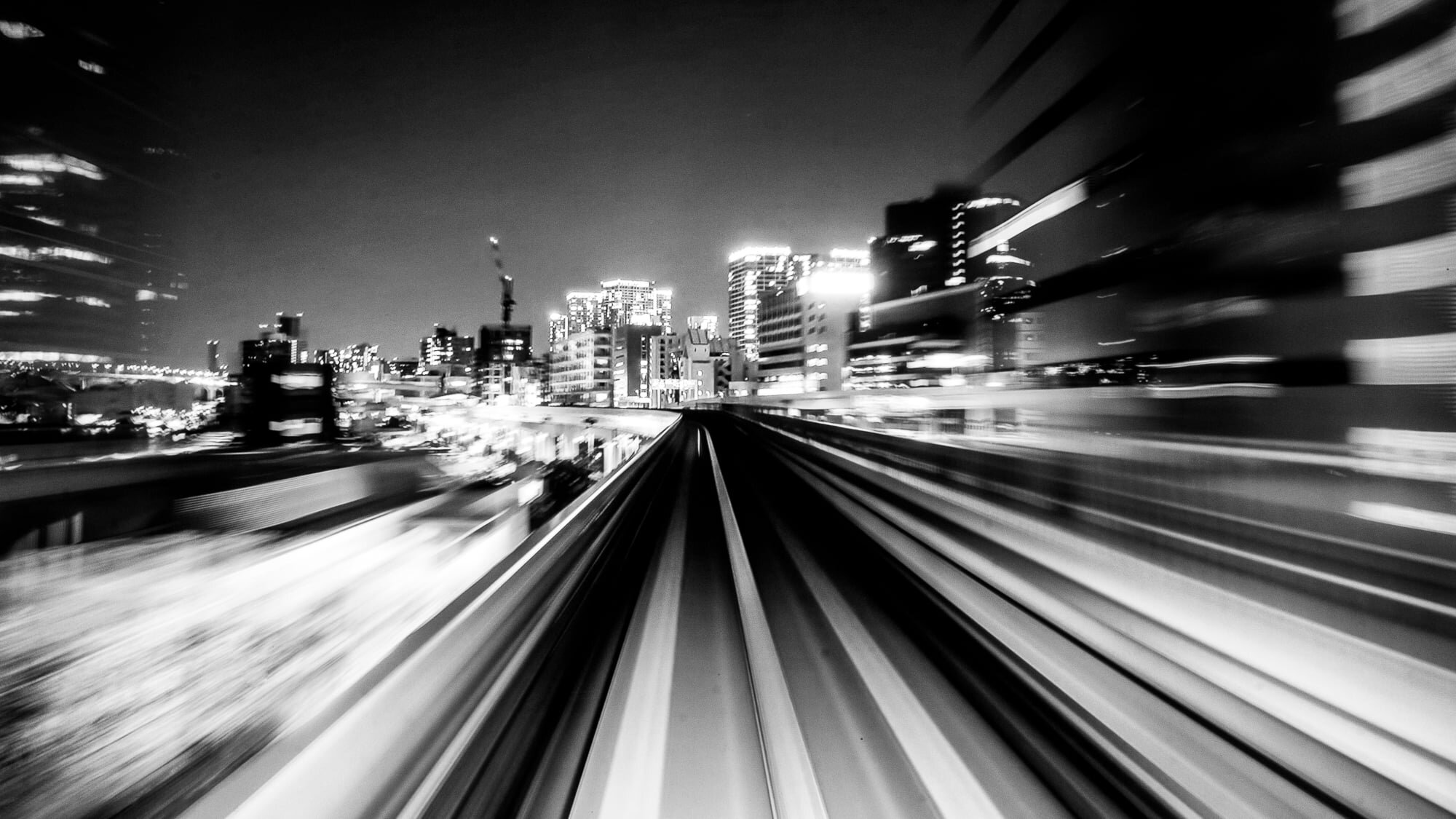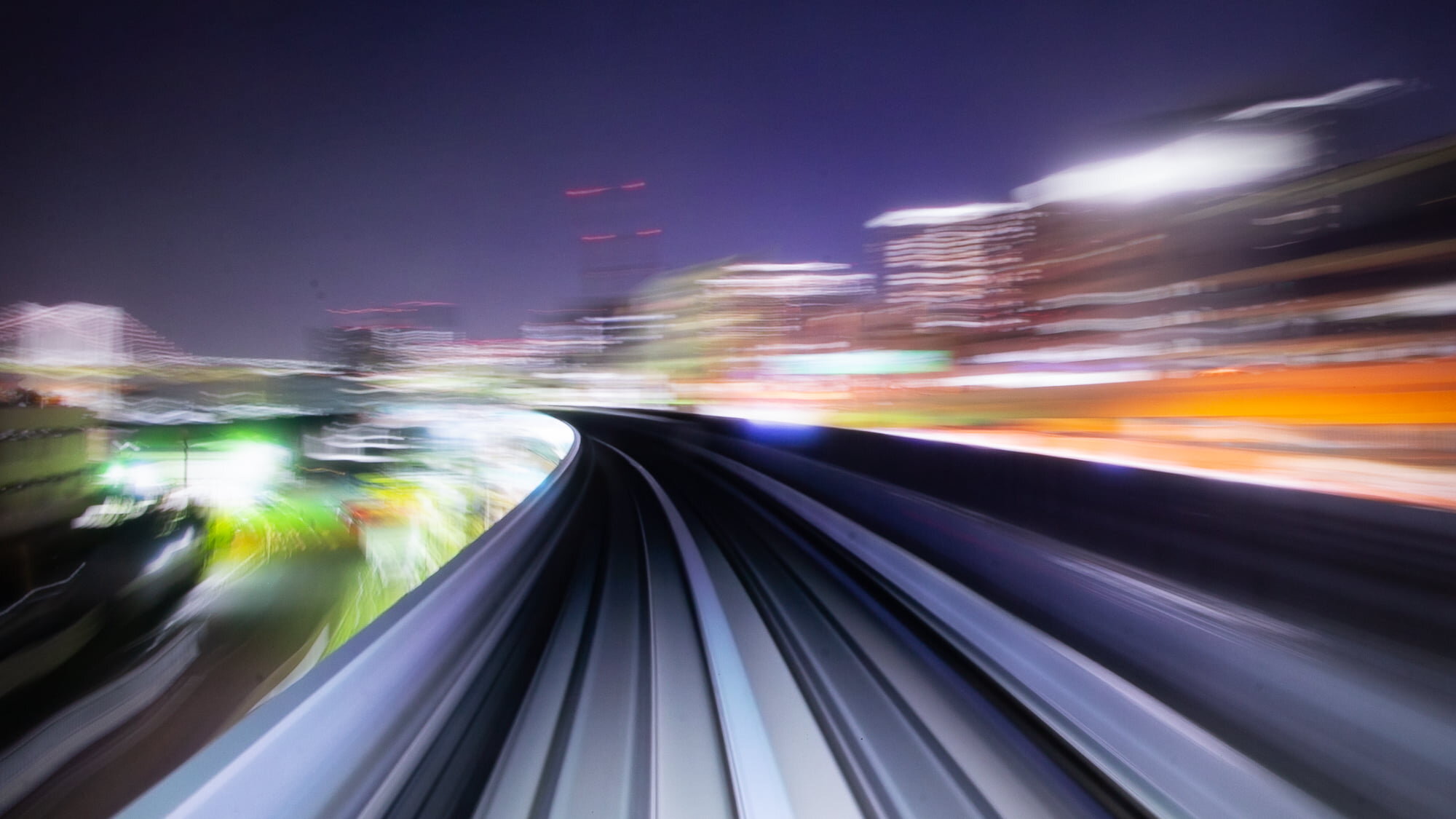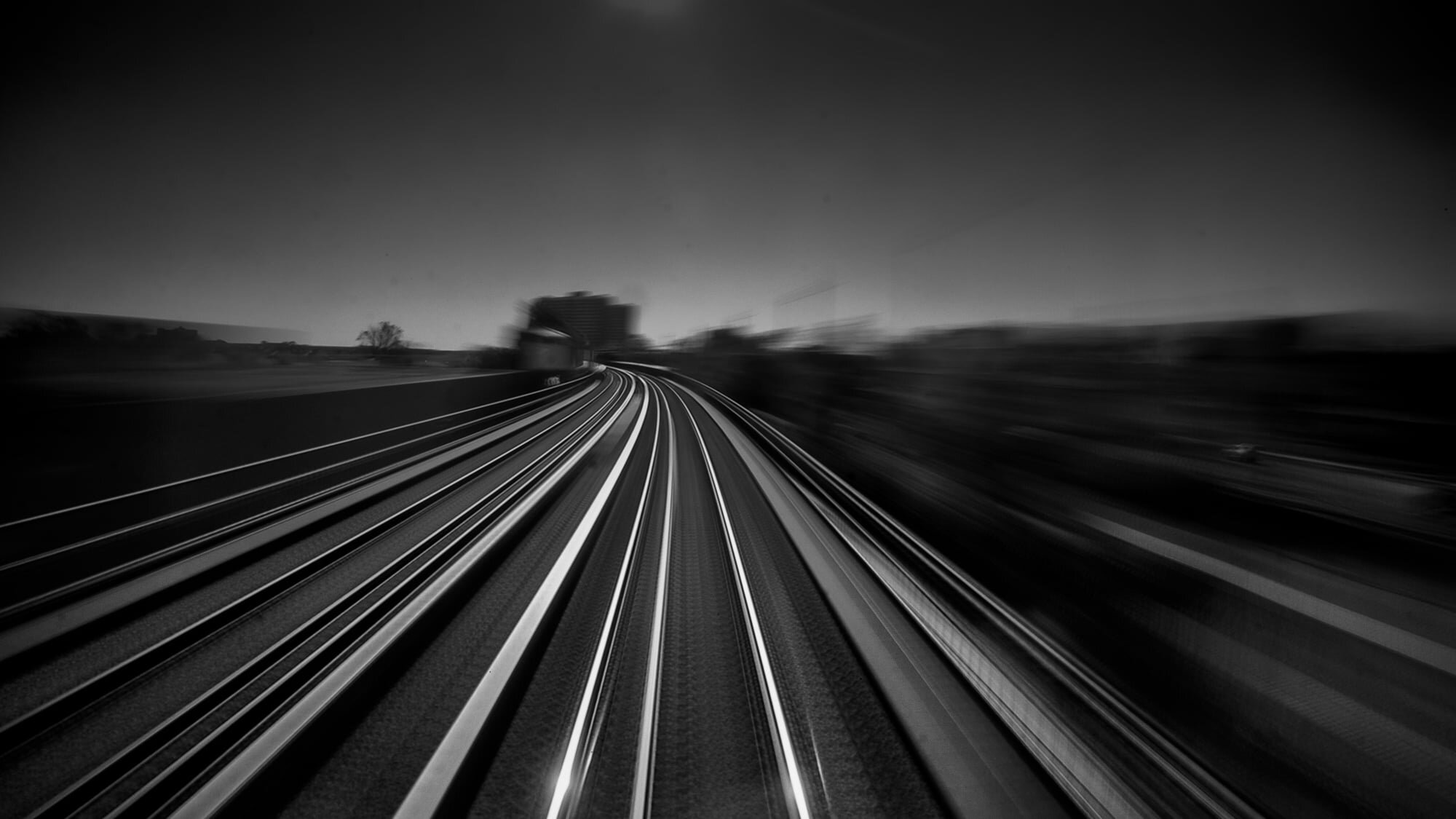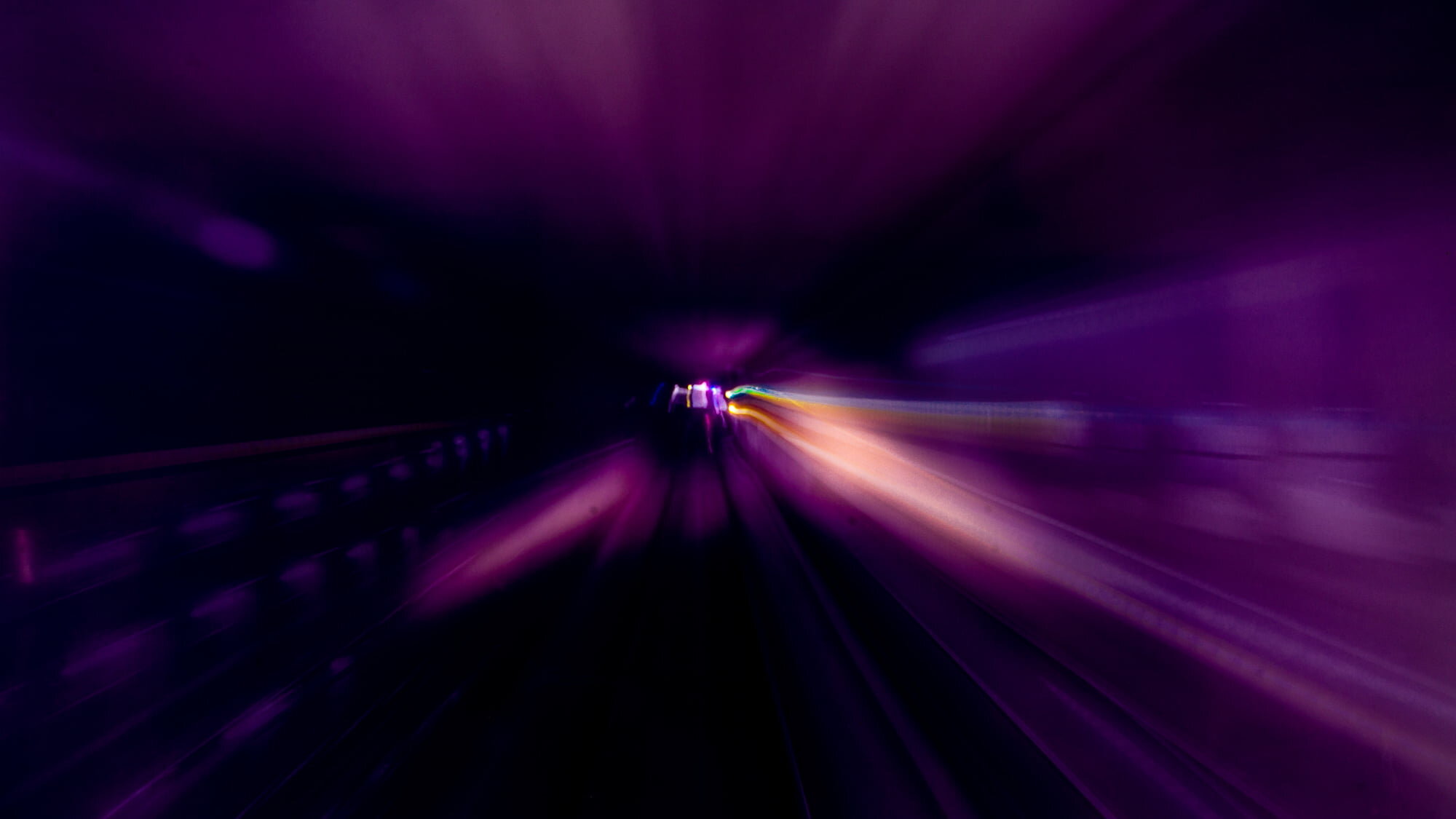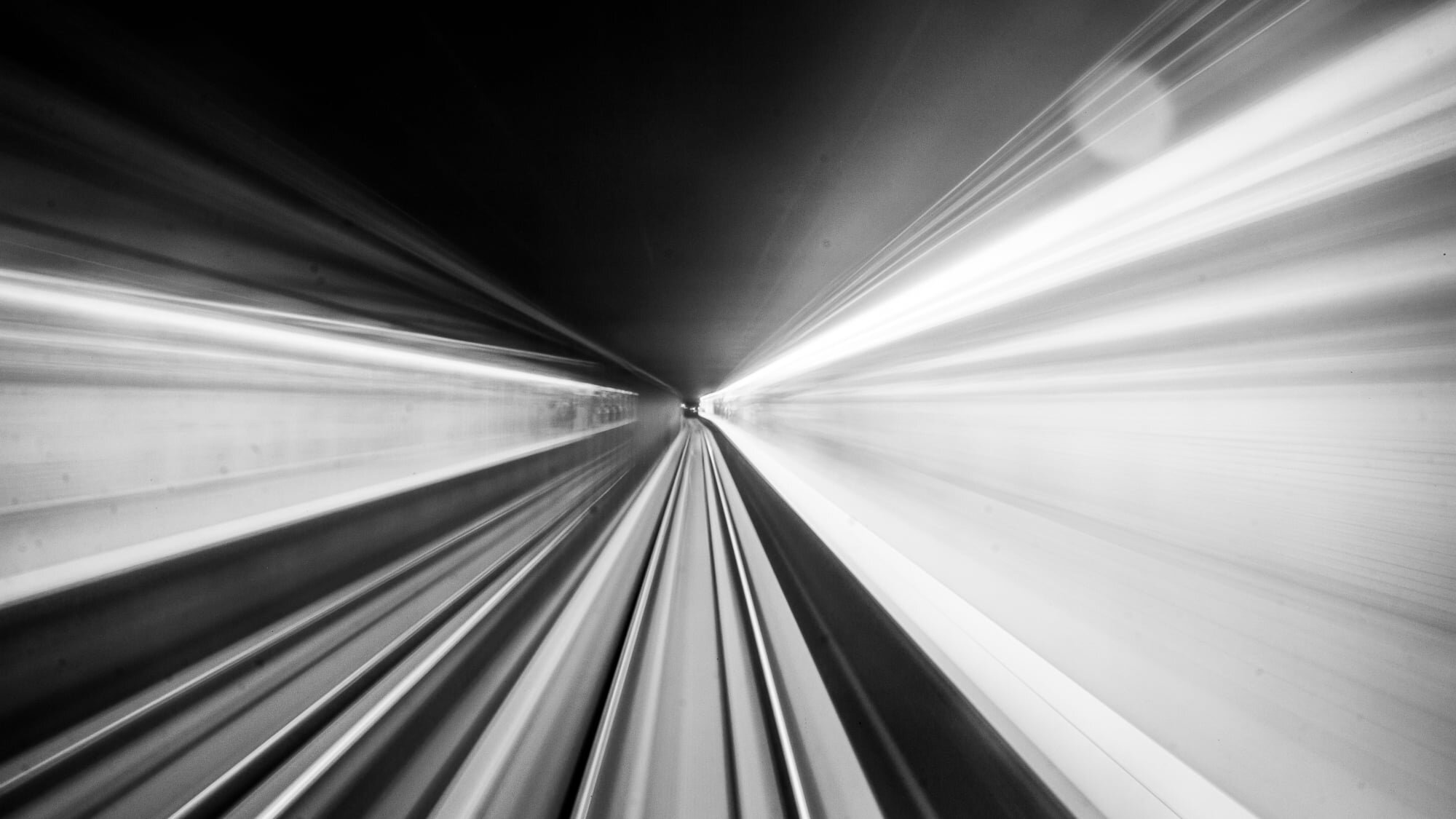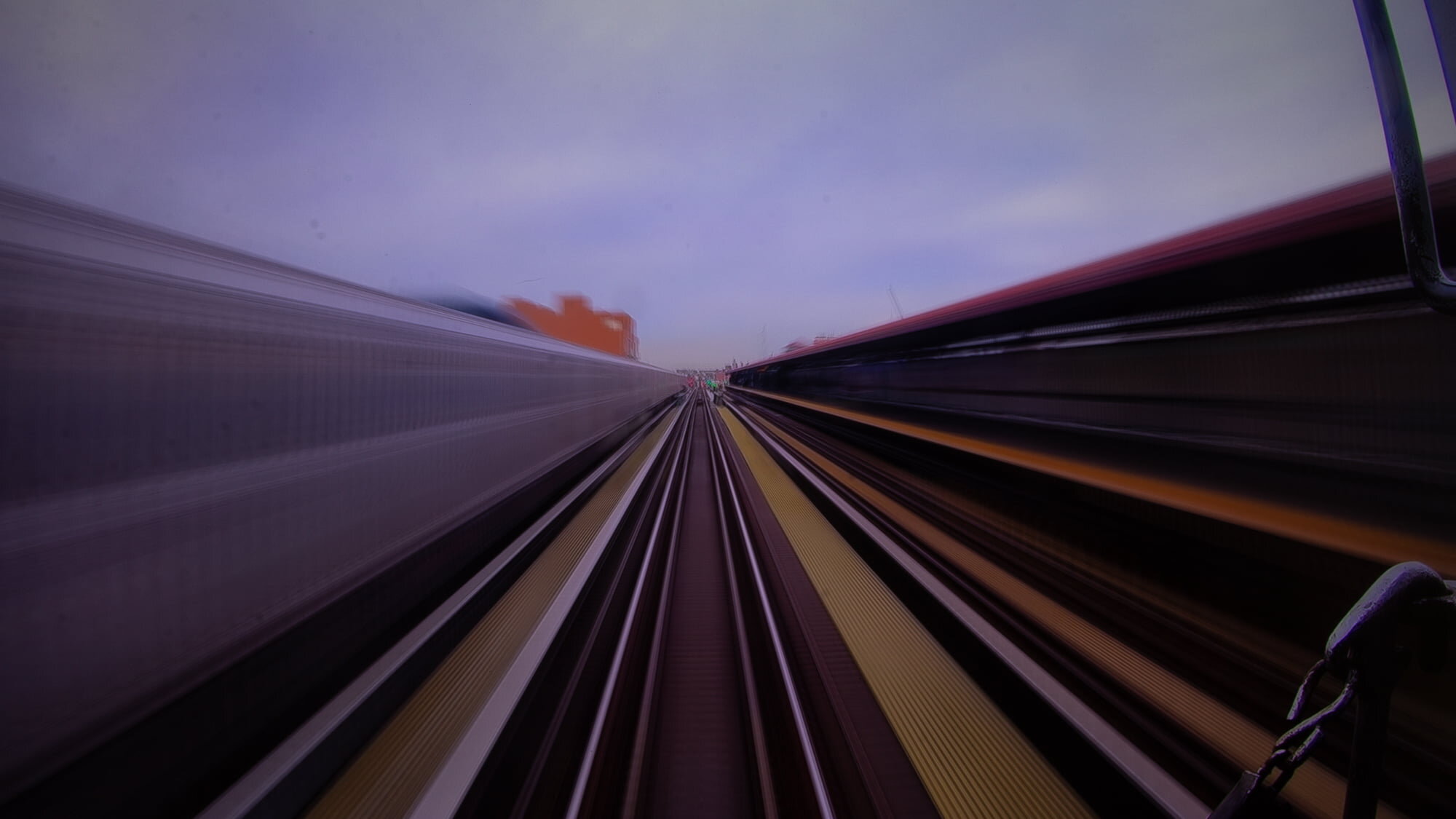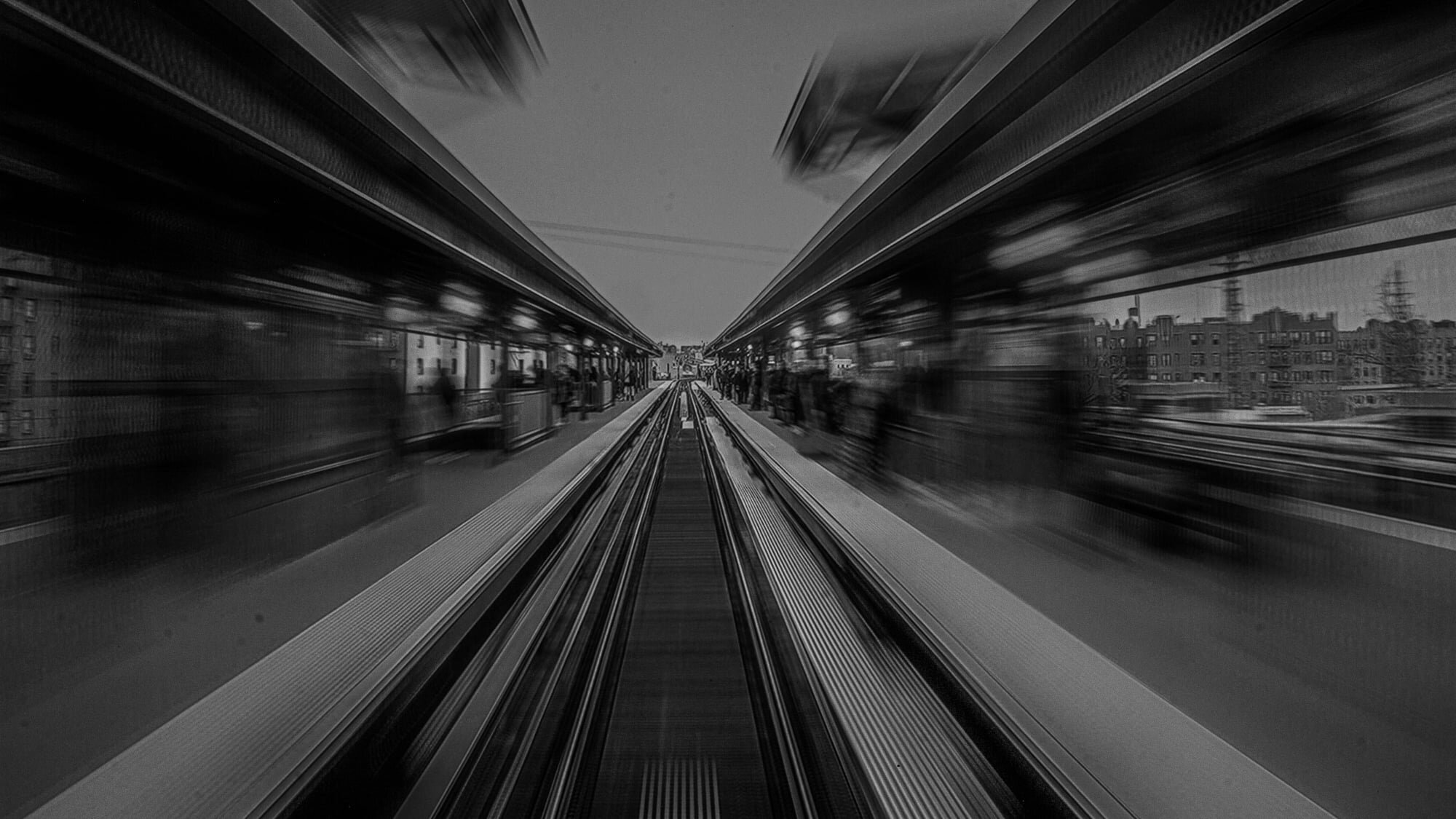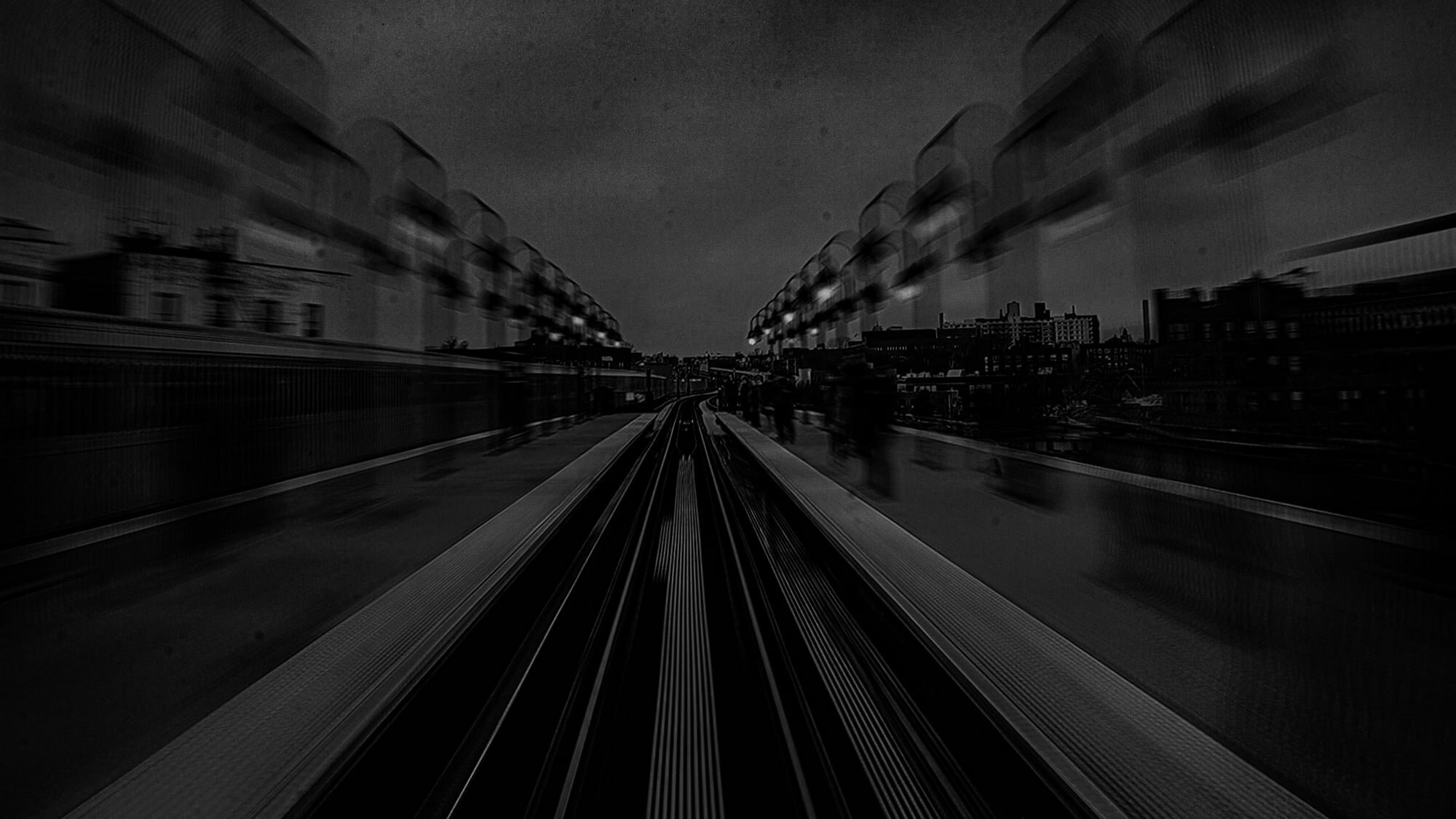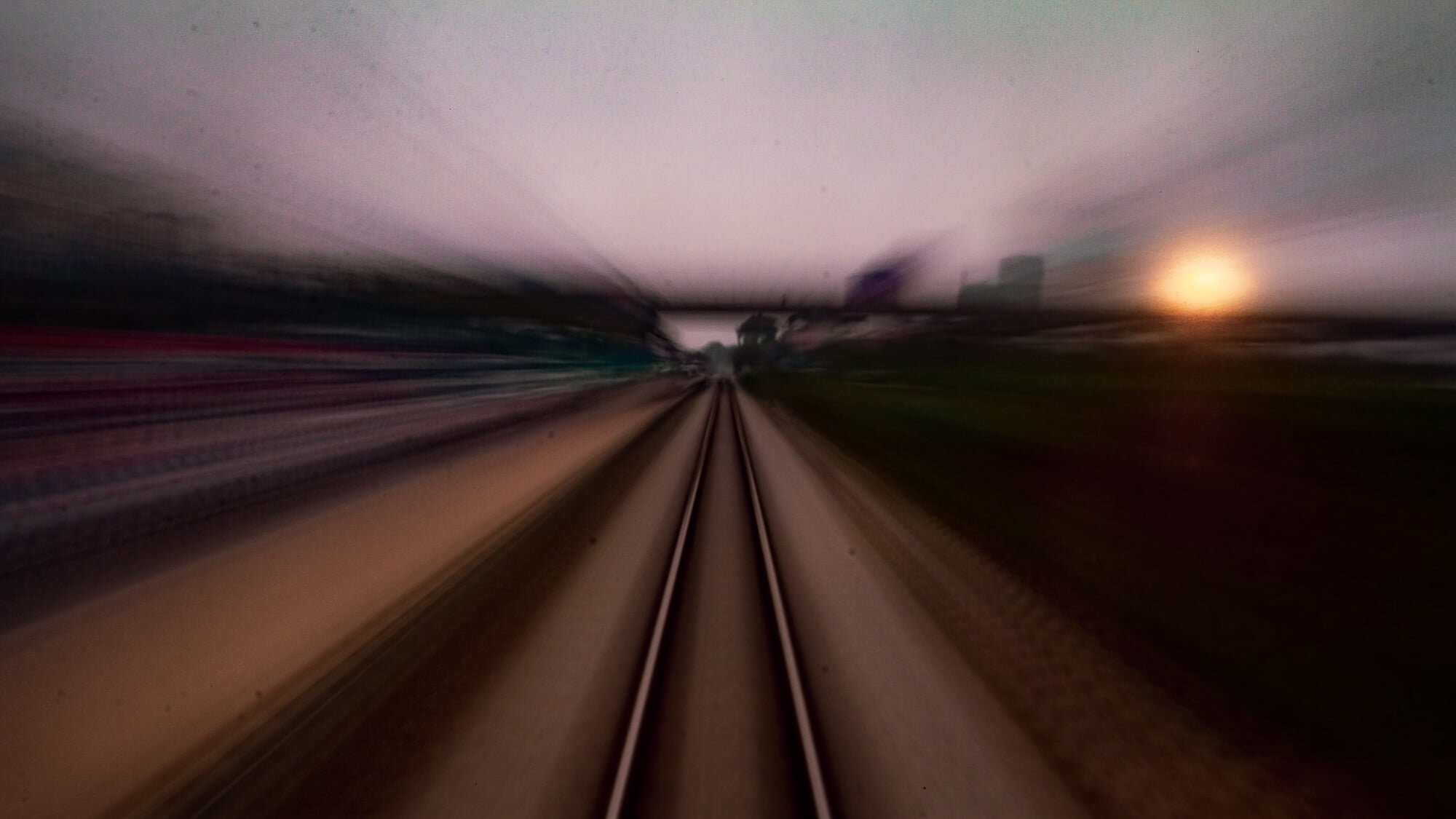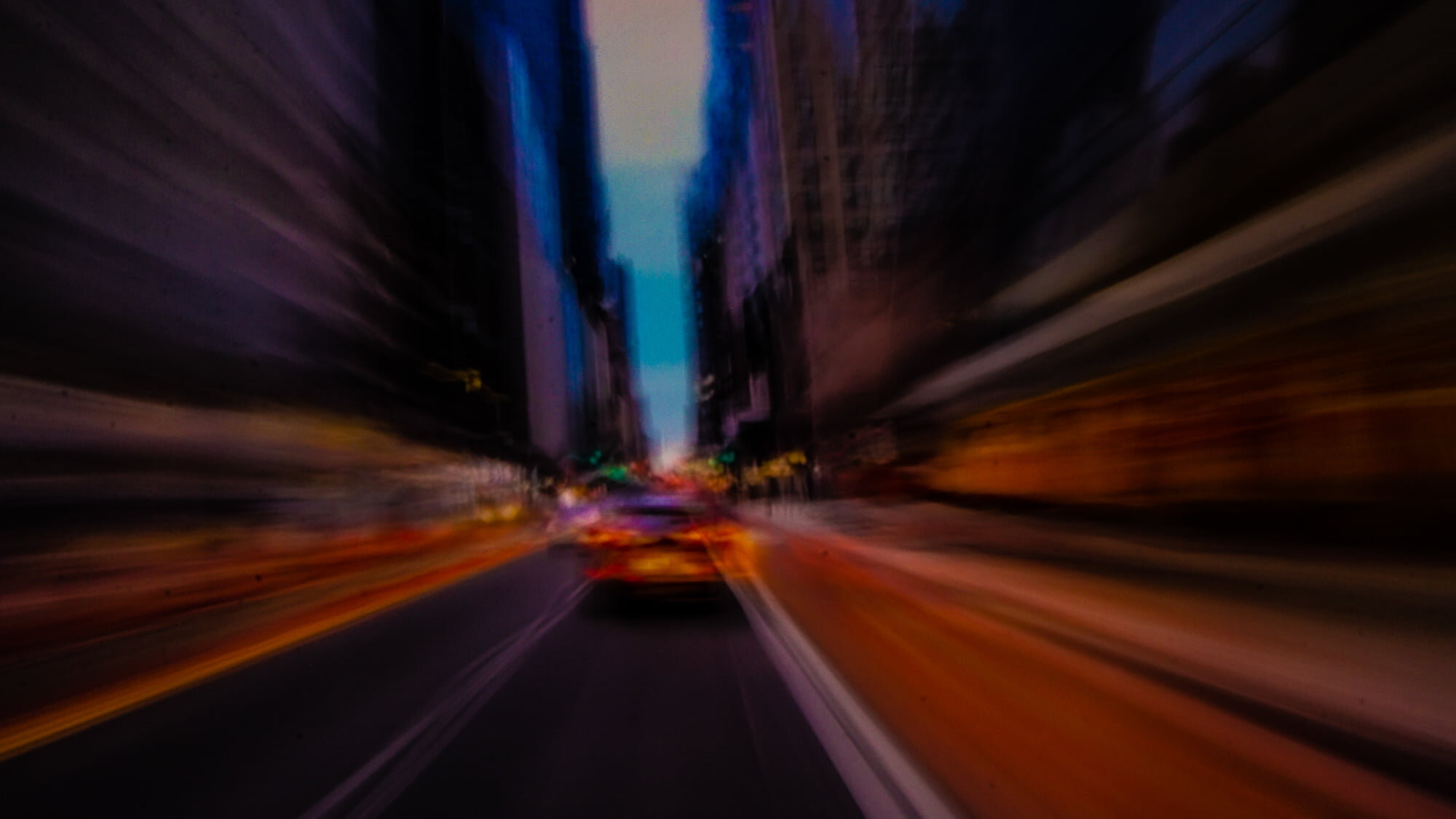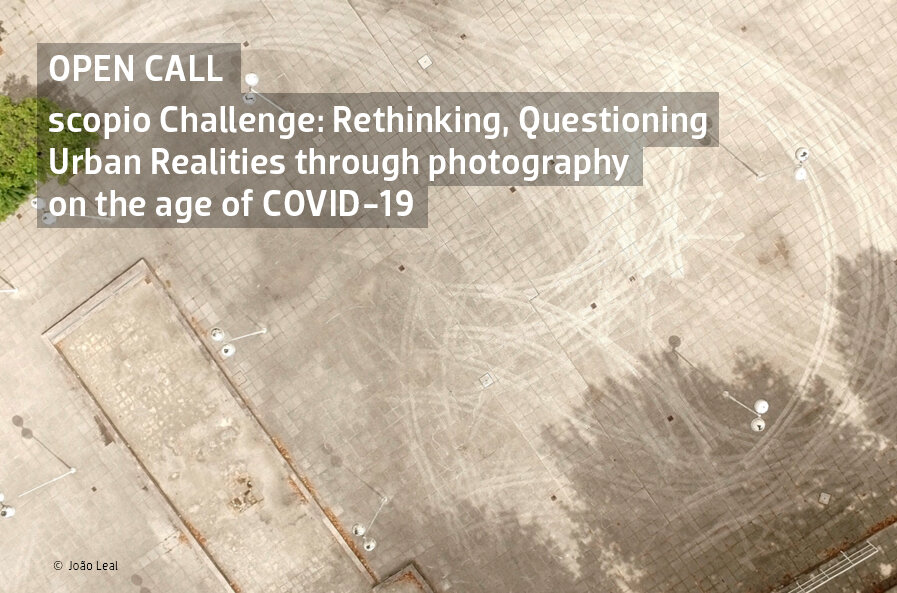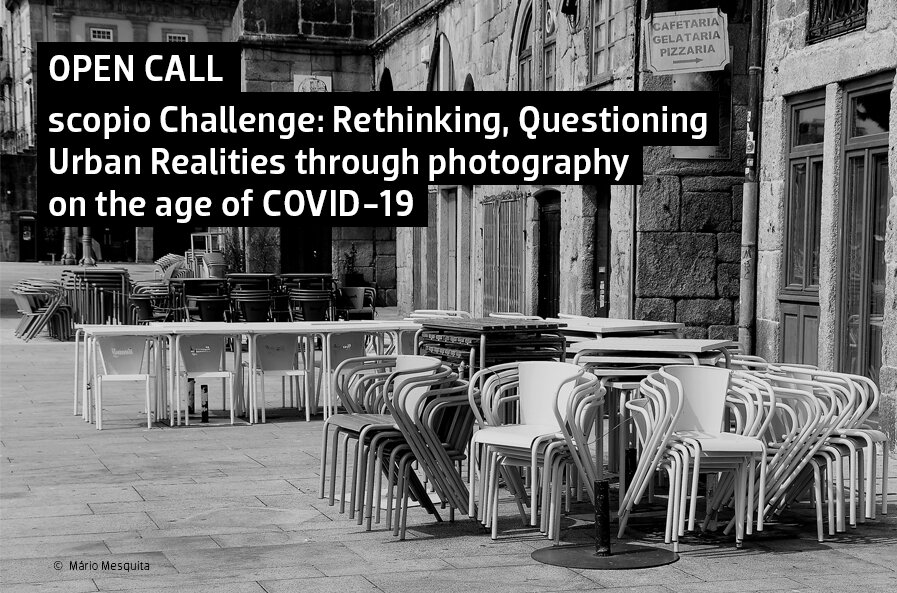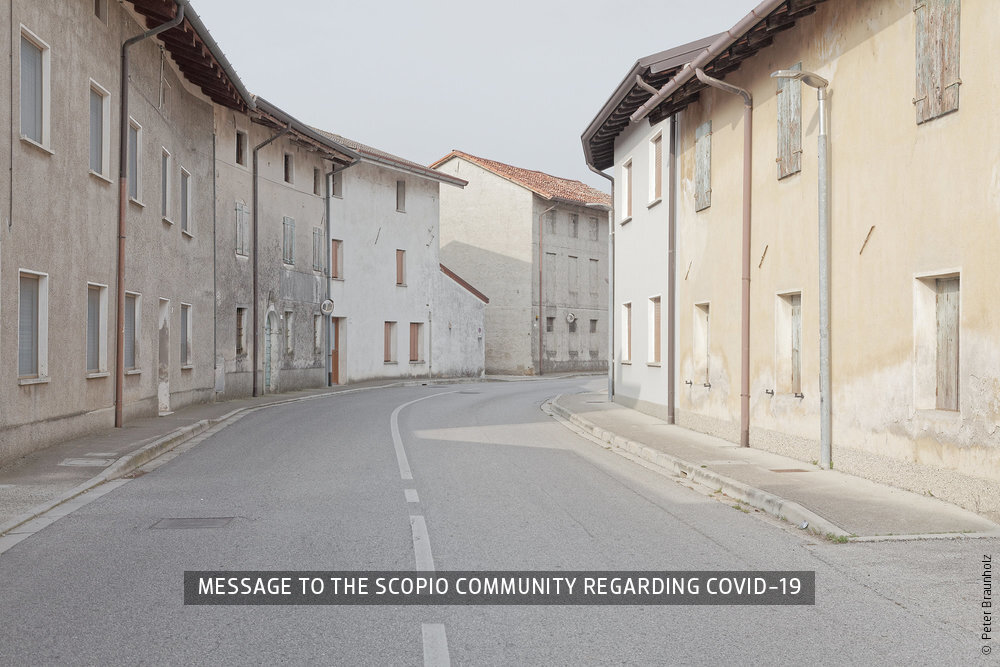Encontros da Imagem 2020 | Génesis
O Encontros da Imagem é um festival internacional de fotografia e artes visuais que se realiza todos os anos na cidade de Braga, Portugal. A edição de 2020 realiza-se entre os dias 11 de setembro e 31 de outubro e está subjacente ao tema Génesis.
Génesis
O homem não é capaz de viver sem juízos de valor que traduz em significados herdados. Já foram místicos ou divinos, hoje os seus paradigmas, tendencialmente globais, são a experiência e a sensibilidade. E é por isso mesmo que tem sido tão difícil apreender a sistemática desintegração do planeta em que vivemos e da comunidade internacional que se tentou construir. A irracionalidade política, governada pela finança, recusa a evidência de crise global desde 1997, (Protocolo de Quioto) e hoje, é apenas através de iniciativas particulares e individuais que esta questão limite se impõe. Iniciativas que se reproduzem e evoluem nesse vasto campo de ação que é a cultura da Globalização. A globalização cresceu nos Estados Unidos, já armadilhada pelo conflito aberto dos Blocos ideológicos e da Guerra das Estrelas, afastando-se da utopia da aldeia global, que o sociólogo canadiano McLuhan, sob o influxo da nova tecnologia, previa vir a ser a sociedade do futuro. Funcionando como uma comunidade de intensa comunicação oral onde a solidão seria banida, tal como nas velhas sociedades sem escrita, foi a utopia dos Anos Sessenta do século passado. A Globalização foi, antes de tudo, económica e financeira, num sistema desigual de exploração de vantagens. Com a mundialização da Internet foram-se aculturando modas, marcas ou pandemias, hábitos e gestos da industrialização, lazeres, a ideia de progresso versus o direito à felicidade e, naturalmente, um individualismo de forte autoestima. O sentido crítico da arte contemporânea reflete esta soma de influências, esta derrocada das utopias sociais.
O paradigma global deixou de ser o da comunicação, mas o da informação que traz consigo poder, ou seja, o mundo transformou-se numa série de algoritmos e a vida num processamento de dados. A arte visual que aderiu parcial ou totalmente à revolução tecnológica é o micromundo dessa transformação e, tudo indica, virá a ser o registo criativo da tomada de consciência dos problemas deste presente crítico.
Génesis é tudo isso: a origem ou criação e, como em todas as criações e também na arte, a génese sucede à destruição. Com cada criação surgem novos significados, outros juízos de valor, outras teorias científicas, novos mitos novos algoritmos e, insidiosamente, velhos erros e revivalismos que atrasam os significados desta comunidade do futuro que, com o seu desleixo e as suas utopias de felicidade não as quis e não as quer perder. Mudanças, deslocações de povos, efeitos de catástrofe ou de perseverança, criação e destruição, - o alfa e o ómega de uma cultura – e que, consensualmente, nos aparecem como a essência das novas artes visuais.
A programação dos Encontros da Imagem 2020 engloba um conjunto de atividades diversas:
Exposições
Ocupando diversos espaços, nas cidades de Braga, Barcelos, Guimarães e Porto, será mostrado um conjunto diversificado de exposições, individuais e coletivas, umas em resultado do convite feito a diversos artistas, outras selecionadas a partir do Prémio Discovery Awards 2020.
Leitura de Portefólios
A Leitura Crítica de Portefólios, constitui um momento importante do festival. Através da submissão da candidatura ao prémio Emergentes 2020 - International Photography Award Encontros da Imagem, artistas nacionais e internacionais, tem a possibilidade se selecionados de poder mostrar os seus trabalhos presencialmente, a um conjunto de críticos internacionais. O vencedor do prémio, resultado da leitura critica de portfólio irá receber um prémio monetário de 5.000€, terá também uma exposição a solo na edição do ano seguinte do festival.
Prémios
Com o intuito de promover novos artistas nacionais e estrangeiros, o festival tem o prazer de convidar todos os artistas que trabalham com o medium fotográfico, a candidatarem-se ao conjunto de prémios, que este ano serão promovidos e enquadrados no tema "Génesis". Os Prémios a lançar serão: Discovery Awards; Emergentes - Prémio Internacional de Fotografia e Photobook Awards.
Conferências
Em colaboração com a Universidade do Minho e com outras escolas de fotografia, serão organizadas conferências e mesas redondas, tendo como ponto de partida a temática proposta pelo festival este ano "Genesis".
Residências Artisticas
Os Encontros da Imagem sempre tiveram como objetivo principal, construir um espólio de fotografia, que contribuísse para a criação de uma memória coletiva, não só da cidade de Braga, como do processo e evolução da fotografia. Assim, a partir de meados da década de noventa, iniciaram a promoção de Residências Artísticas. Destas residências resultaram trabalhos de fotografia ricos e importantes no registo da cidade de Braga, que passamos a denominar "Memórias da Cidade”. Procurando em 2020, recuperar esta prática de há alguns anos atrás, o festival propõe proporcionar a criação e a produção artística, levando a efeito as Residências Artística, no âmbito das “Memórias de Braga”, inserido na temática deste ano “Génesis".
Projeções Fotográficas
No âmbito da sua programação, o festival irá promover diversos momento de Projeções Fotográficas em espaços públicos e privados em Braga.
Mostra de Livros de Fotografia
O festival acredita na importância do livro de fotografia como um grande contributo para a evolução da história da narrativa fotográfica e parte importante do processo fotográfico contemporâneo. Neste sentido serão promovidas exposições de livros de fotografia em parceria com instituições e festivais internacionais.
Ciclo de Cinema
No âmbito da sua programação, o festival irá promover um ciclo de cinema – com a projeção de filmes, tendo como referência a temática "Genesis".
Serviço Educativo
Desde a sua fundação, que o festival têm como principal preocupação o carácter pedagógico e formativo, bem como, o incentivo à criação de novos públicos. Daí a organização de um serviço educativo, distribuído por duas grandes áreas: Visitas Guiadas; Oficinas para jovens em idade escolar, distribuídos por grupos etários.

